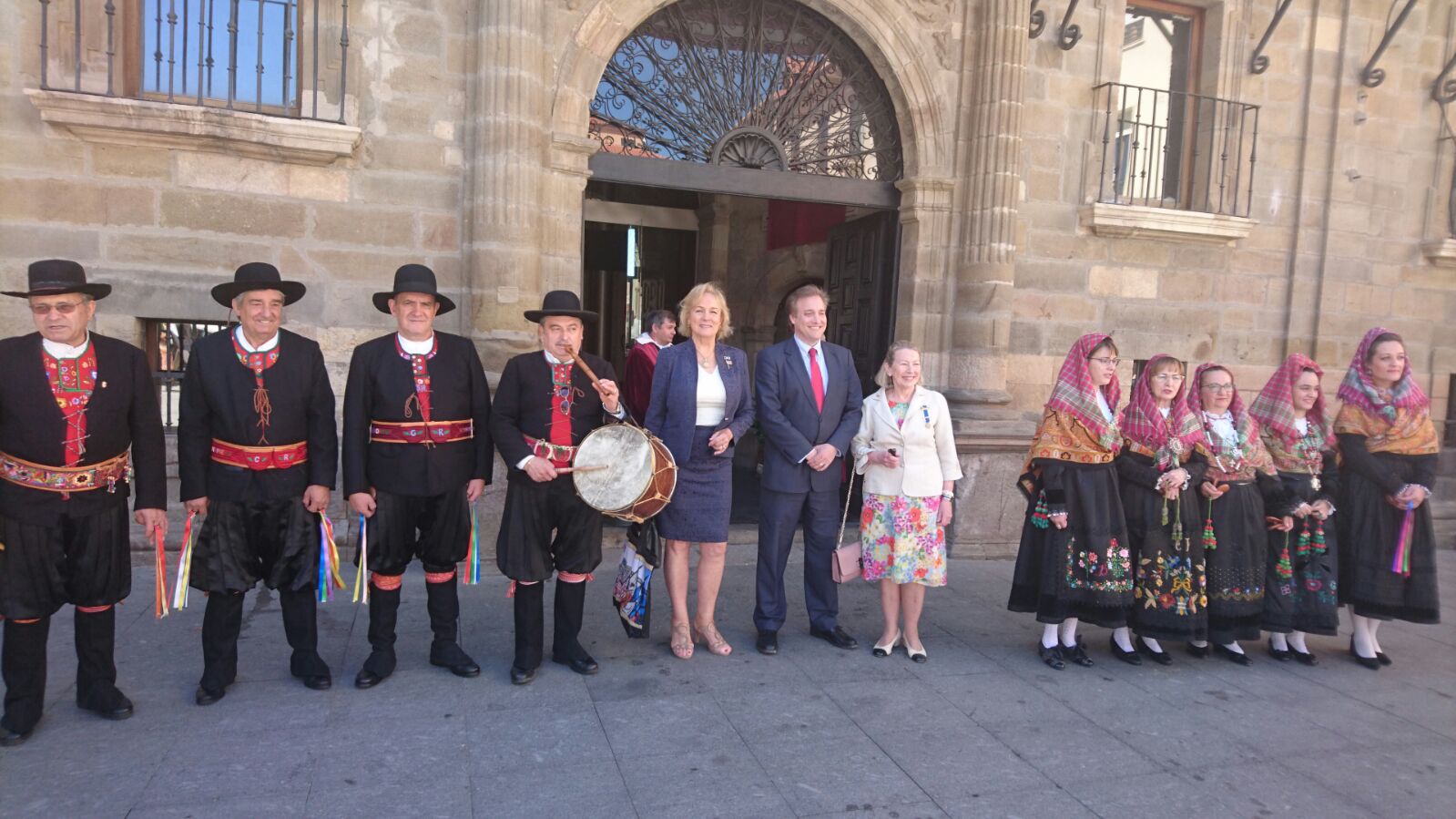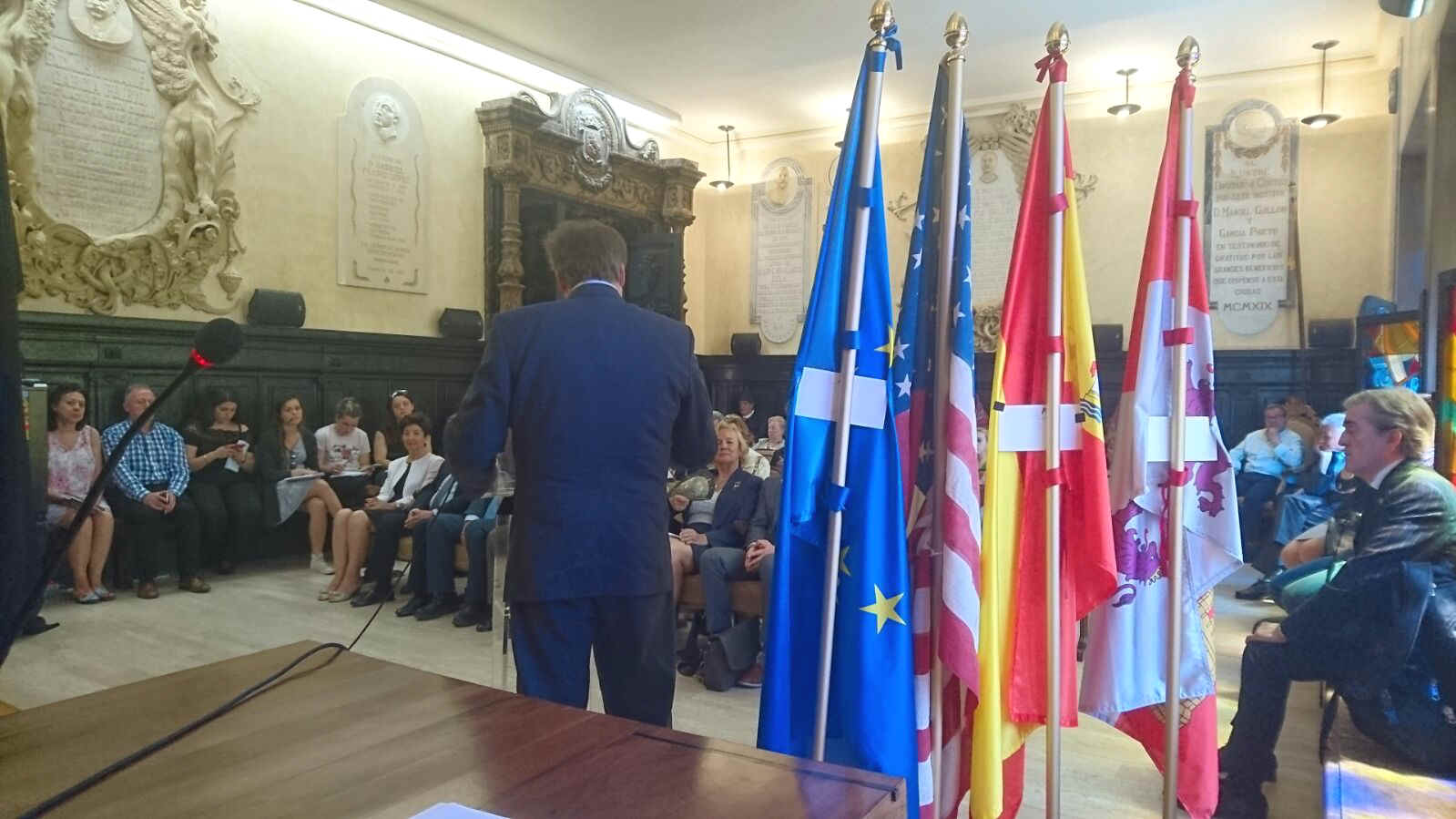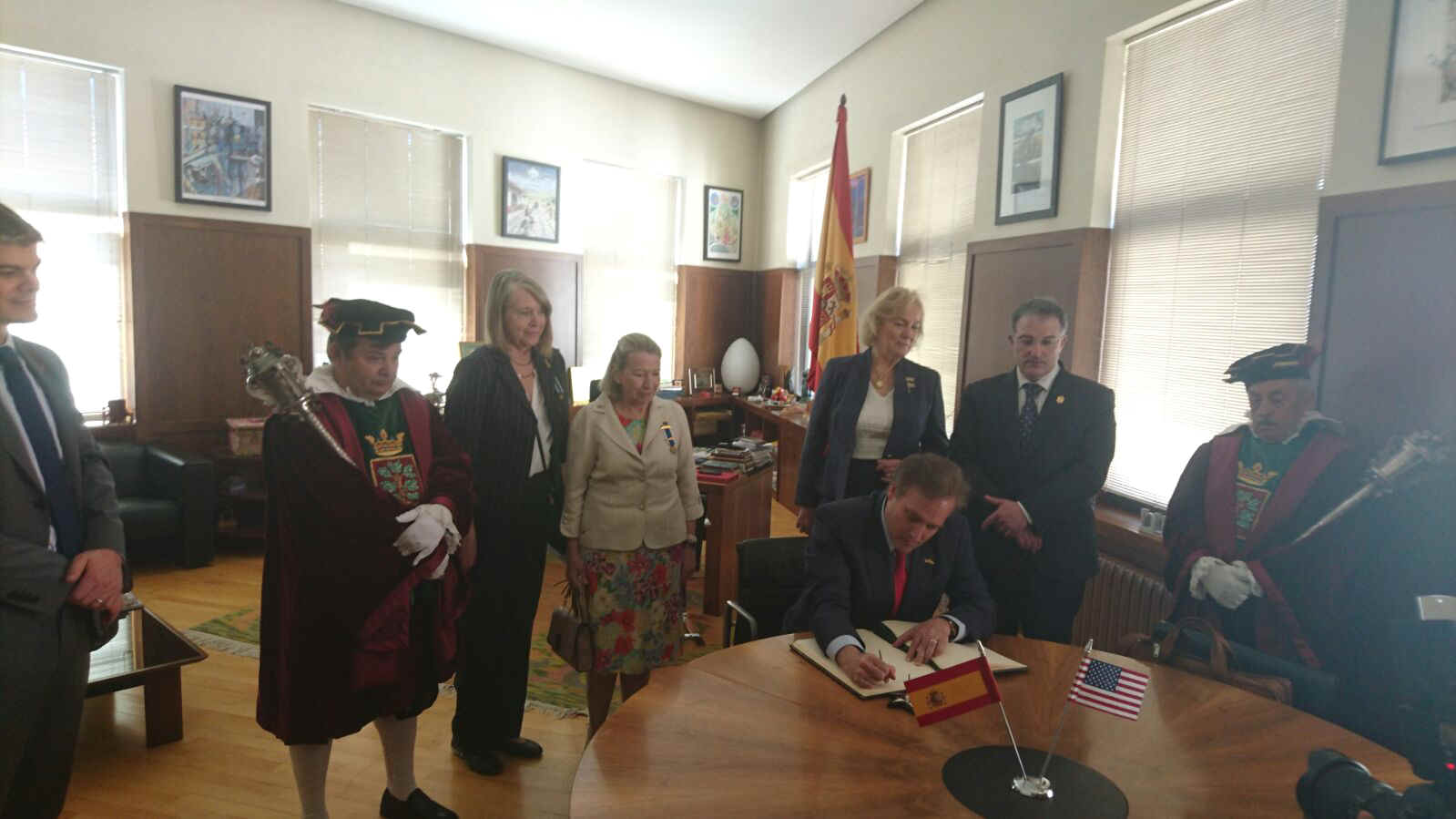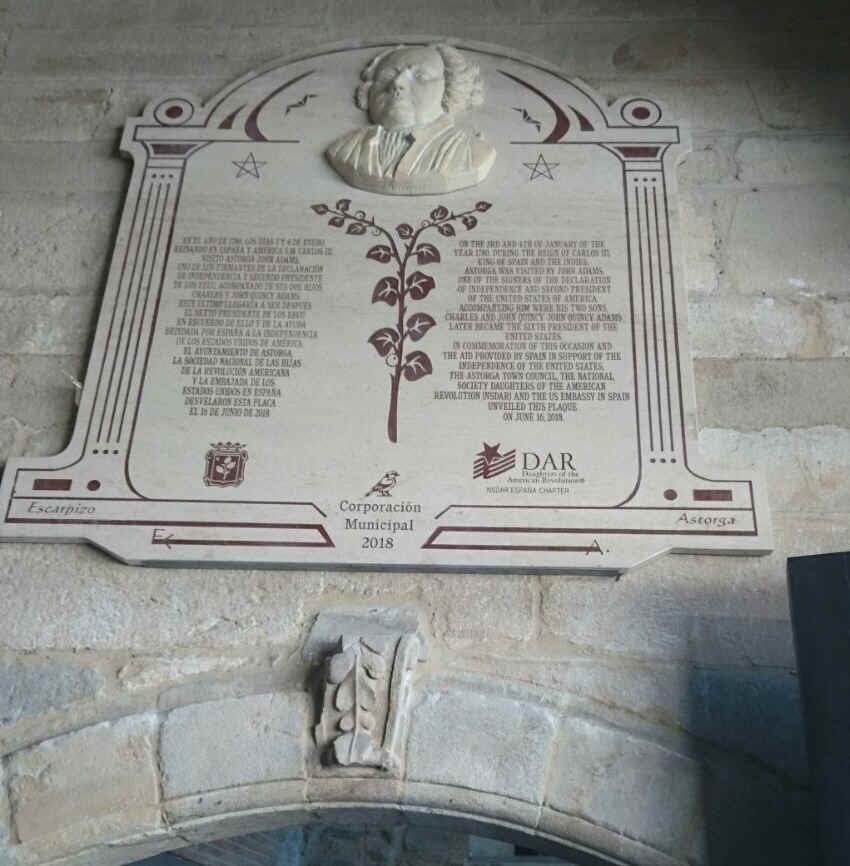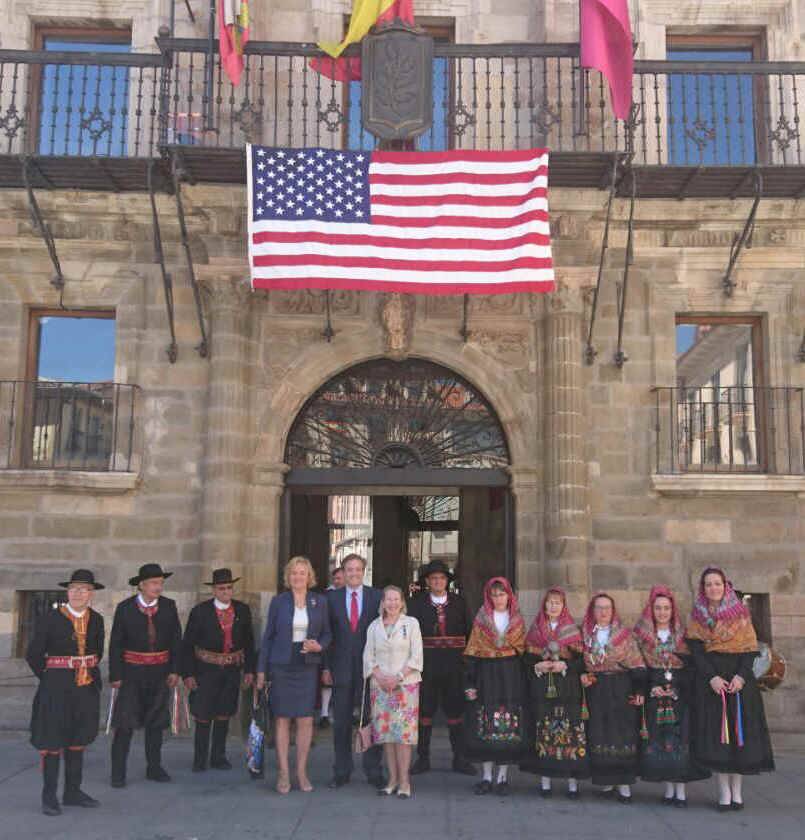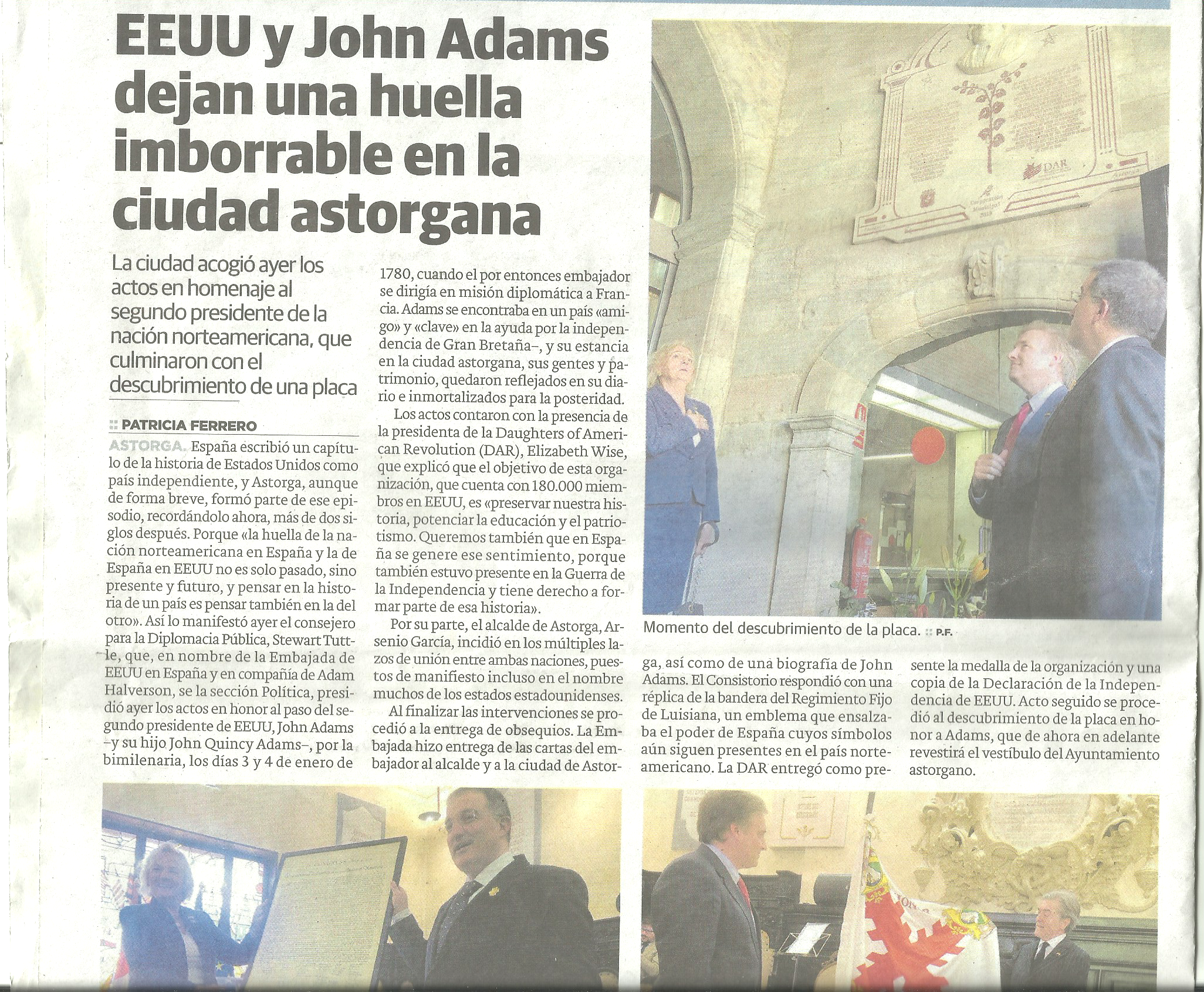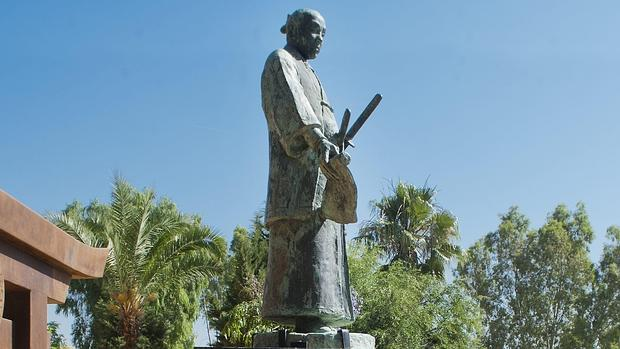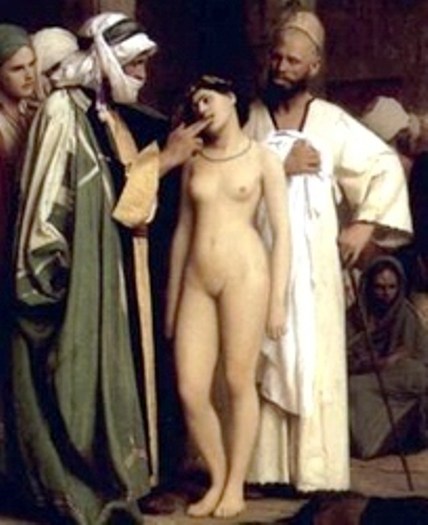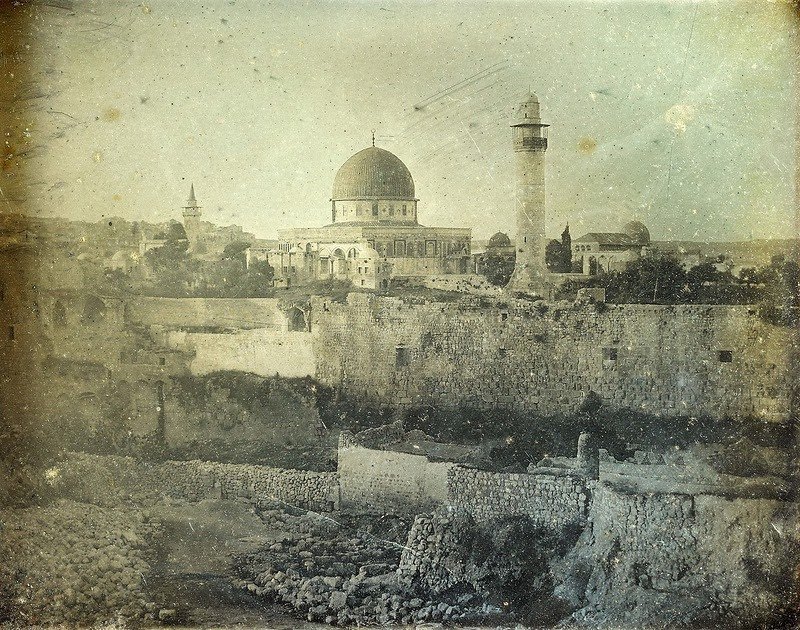|
The
Ramirez Family in a Changing World
I
record in the following pages four generations of the Ramirez family in
the ‘Macedonia Line’, spanning 216 years, from the birth of a
great-grandfather to the death of a great-granddaughter, that is, from
Cristoval Ramirez’s birth in Saltillo to the death of Macedonia Ramirez
in Kingsville in 1928. The ‘Macedonia Line’ is a model of a Spanish
family in New Spain up to the final coming of age of the mestizo in South
Texas. Macedonia, her father, and her grandparents were typical of their
class, and their family fortunes can be traced through four generations
represented by:
1.
Cristoval Ramirez Sanchez and
wife, Maria Matiana de Hinojosa;
2.
Jose Miguel Crisanto Ramirez
Hinojosa and wife, Maria Antonia de Izaguirre;
3.
Jose Antonio Estanislado Ramirez
Izaguirre and wife, Agapita Hinojosa;
4.
Macedonia Ramirez Hinojosa and
husband, Juan Bautista Rios.
The lives and activities of the first two generations have been
largely described in the preceding pages. From records of land deeds,
cattle brands, family stories, and vital statistics records, I have
assembled a fairly accurate sketch of the latter two generations.
Don
Antonio and the Era of Transition
On the 29th day of June, 1802, Miguel Crisanto Ramirez and Maria
Antonia de Ysaguirre entered the recently completed (1796) Church at Mier
carrying a two-day-old infant to be baptized Jose Antonio Estanislado
Ramirez. Don Miguel was probably more solemn than usual, although he had
done this same family service every two years, save one interval, through
the last twenty years. This was probably the last time he would have the
privilege. Doña Antonia was now forty four and her oldest boy was twenty
years of age. The procession included Don Jose Esteban Canales and Doña
Leonor Gonzalez, who became godparents of the child. At this time Don
Miguel was shown on the Church census records as living on his ranch of
San Antonio de los Charcos, doubtless the early name of Aguas Nuevas. The
1802 census showed him living on the ranch, although we know he had a home
in Mier. The boy, Antonio, the youngest of the family, could not know that
his was destined to be a marked generation of transition. From ten
generations as overlords of all that they could survey from the saddle on
a mustang horse, his kindred were to suffer great losses in status and
independence. Despite remaining economically viable, in the sense of
having control of their destinies they were to become victims of
circumstance. The story of Antonio Ramirez is a revelation of how that
came about.
❁
It began with a
revolution against the past, when there was a split over policy between
rulers and intellectuals throughout Europe and its colonies across the
sea. Spain became an enemy, rather than a stern father. Under the old
Spanish system, trade with the heretic English, the equally despised Dutch
or the competitive French was forbidden. Much as the mid-20th century
American government sought to fight the Communist governments of the world
through trade embargoes and non-recognition, so Spain tried to fight her
competing European nations. Spanish law also forbade intermarriage between
Spaniard and Indian, or any social equality between the two races, but
intellectuals of the period were teaching a new republican doctrine of
equality among peoples with free trade among all nations.
Toward the end of the eighteenth century, a law was passed in Spain
that forced missions serving the Indians in New Spain to close. Mission
lands and cattle were deeded back to the Indians and the Indian was left
to govern his own affairs, including governing the mission property. Crown
subsidies to the missions were cut off and the priests turned mission
property over to the Indians and departed. The result was as could have
been predicted by anyone not blinded by the new liberal mirage. The
Indians promptly ate the cattle, the seed that was to have been planted,
and then went back to their former way of life. As that life now had to
compete with the Spanish ranches advancing northward, the Indians soon
reverted to the pattern of earlier days, ravaging the herds of the Spanish
ranches. The local government was hard put to it to defend itself against
the Indians, and this time when the Spanish retaliated the Church was no
longer there to intercede. Left to deal with their problems, the ranchers
decimated the wild Indian population. Caught between the northern rock of
Anglo settlements and the southern hard place of Spanish ranches, the
native tribes were driven to extinction. A generation after the closing of
the missions, the tribes of Texas Coastal Indians were so thinned out
that, as the Spanish say, “You couldn’t even find one as a remedy.”
Second, there was jealousy between the various sections of Mexico,
or New Spain. The Indians and mestizos of southern Mexico were beginning
to have some influence on Mexican culture, and this was resented by the
powers of the northern states. The northern states were made up of
isolated ranches and towns built of stone, and the people were as
unchanging as the houses in which they were born. The issue of social
justice shot through the whole country, dividing the thought of the gente
de razon in addition to natural differences between the northern and
southern cultures of Mexico.
Third was the vast westward surge of a far more numerous breed of
whites, hardly encumbered by any sense of responsibility toward native
peoples. These immigrants were completely foreign to developing Mexico and
had not as yet reached that culture’s tolerance toward other races,
intolerance toward slavery, or belief in the equality of man. These
peoples had lived for generations in forest country where the rifle was a
way of life, while the Spanish lived in an arid world of the lariat and
lance. Such struggles as were needed to keep the peace with the Indians
were generally fought with sword and lance, with the few guns being used
mostly to defend the isolated homes of the ranchers, but the days of cut
and thrust were past; now it was all gun power. The Indians who through
sheer numbers were going to provide the main substance of the armies of
the coming Republic, had been forbidden to own or carry guns, so the bulk
of the men who would be forced to take up arms in a general war would be
of a class, however brave, who were inexperienced, hence unskilled in the
effective use of firearms.
❁
Into this world, as yet unclouded by any of these issues,
came the boy Antonio to begin his career. His life was to be divided
between the narrow streets of Mier and the Ranch of the Charcos de San
Antonio, more than thirty miles north, a full day’s leisurely ride. The
ranch world was cattle corrals, bawling herds and constant vigilance for
hostile Indians. As he grew older he left his perch atop the corral fence
into the dusty arena inside, roping the calves and generally getting in
the way of the vaqueros. From there he graduated to the back of an old
mustang cow horse. The old horse was not really gentle, merely past any
exertion beyond a slow trot. The boy was allowed to go out on the range,
mounted behind Don Miguel, one of his older brothers, or some vaquero.
They made the rounds of the sheep camps, but the main excitement
came at the rodeos preceding the matanzas in which cattle were rounded up
off the grassy plains and out of the brush country clear to the Nueces
River. Calves were branded and selected cattle were killed, the hides
dried, the tallow melted and poured into rawhide sacks. Loaded ox carts
formed cart trains piled high with dried hides, wool, and sacks of tallow.
From the ranch they wound their way to anchorages along the Gulf coast
favored by the coastal schooners working out of the land of the Ingleses
at Corpus Christi or Copano Bay.
Heritage
of an Hidalgo
A modern person might need more than a quick look to orient himself
in the world in which Antonio Ramirez grew up in the early days of the
19th century along the Rio Grande and just north. Steeped in warrior
tradition, his forebears had arrived with Cortes or soon thereafter, for
only eighty years after the conquest they were established and well rooted
in northern Mexico up to within a day’s ride of the Rio Grande. It was
several days’ journey to the nearest town worthy of the name, weeks from
any center of civilization, and months from Spain. Here in this isolated
atmosphere they built their towns of stone houses after the Spanish
custom, so that invaders might be trapped in narrow streets among them.
They defended their houses individually.
The ultimate example of this type of defense came when the French
attacked Zaragosa, Spain in 1808-09. It was the first time that a modern
army such as that of Napoleon had been stalled for weeks by citizen’s
forces. The best troops in Europe were cut up by citizens defending each
his own home. Colonel Murat tells of receiving his most dangerous and
painful wound as he stooped down to crawl through a hole cut into a wall
dividing two homes. Marshall Ney complained that he could stand all the
rigors of war with fortitude until the old women of Zaragosa broke their
chamber pots over his head. Some contend that Zaragosa was the start of
Napoleon’s downfall and that the snows of Russia were merely the
anticlimax. Being that as it may, Don Antonio’s heritage was that of the
defenders of Zaragosa – the towns of northern Mexico were built like
that capital of Aragon, the city of Augustus Caesar. Further analogy may
be inferred in that as Spain fought a war without an effective government,
so Don Antonio was throughout his life to fight along the Rio Grande
without effective government backing.
In Spain, and New Spain as well, the architecture of the houses and
towns reflected an attitude favoring individual excellence, but poor
organization among the community. A fair example of this may be seen in
what remains of El Rancho de los Moros, a ranch situated on the Salado
River, some fifteen miles from the Rio Grande and twelve miles from the
future Revilla, yet to be founded in 1749. Today there yet remains back in
the brush, the blackened hulk of a stone building that is the subject of
one of the most famous corridas of northern Mexico. The building had been
a communal dwelling in which families living on the ranch would gather in
times of danger, such as when the Indians raided in force as they did at
the famous battle about which that ballad was written. After some ranchers
and a handful of soldiers had been defeated, killed in open battle, a few
survivors and their families had sought refuge in that main stronghold.
The old building contained five rooms to a side, back to back, none of
which connected with any other. Each family owned a room and brought their
own provisions and arms. There were tronaderos, where fire could be
directed outside, and in the end the Indians had to break down each door
and kill each family separately. A rescue force from Revilla found only
walls with burnt out doors and a slaughter where each family had died in
their own quarters.
The nature of the country in northern Mexico accented natural
Spanish tendencies – aman rode out, and only the power of his arms and
the swiftness of his horse enabled him to survive. Maintaining himself and
taming the wild horses and cattle from which he derived his wealth was no
job for a weakling, and quite different from communal life as a farmer in
the humid forest lands through which the Anglo migrants approached the Rio
Grande.
❁
By the age of
eight, Antonio could ride like a Comanche. He resented the time he was
forced to spend at the short-term school in Mier where he was taught the
rudiments of European culture. It might be appreciated that to most of the
youngsters, this opened a window on a world so remote as hardly to be
believed. Their immediate ancestors, for ten generations, after all, had
known only the ranchos of northern Mexico and what is now South Texas, a
world of cruel droughts, wild cattle, and savage Indians. Weddings,
christenings, and deaths were almost the only occasions when these people
were joined communally. At such times they repaired to the church in Mier
or another like it, and for a few hours acknowledged together their common
culture.
In slack times however, weather permitting and if there were no
current Indian threat, rancheros would come into the villa when dances and
fiestas were being held; there were horse races, rooster plucking, and
general feats of horsemanship. In these the young men competed while the
old ones talked business; the young women admired and flirted, and their
mamas were vigilant. The house on the square at Mier where Doña Antonia
presided was cleaned and decorated. To the eternal jingle of her key ring
(she had a key for every chest and door on the premises, to foil “los
sinverguenzas” – the thieving Indians) she kept them moving. Doña
Antonia hated to see an Indian in repose.
Ominous
Portents
Far away, in the Spanish territory of East Florida, others of my
Anglo ancestors were on the way. Henry Wells and his people were busy
working lands granted by the Havana government of New Spain. The Spanish
had made these grants in a kind of desperation. Such families as the Wells
and the Stewarts had been very staunch Tories in the American Revolution;
the Spanish had hoped that these reactionary types would offer a buffer
against the flood of self-liberated Americans pouring westward. Thus were
those grants made to these people along the Pascagoula River where it
joined the Leaf River.
In Spanish-controlled Louisiana, the same pattern was seen along
the Mississippi; Governor Gayoso and others granted lands to other equally
dedicated Tories from Virginia such as our West family branch that settled
grants near Natchez. But then, Louisiana was taken by the French from
prostrate Spain and promptly sold to the Americans, making the best laid
Spanish plans for buffers obsolete. A tidal flow of Americans came in, and
they soon fused with the old-timers who had received Spanish grants. Old
feuds over the Revolution receded, crowded out by more practical local
problems of the day.
The stream of American settlers soon reached to the lower
Mississippi in Louisiana. One of them was another forebear, Jemima Morris
Franklin, a widow who had left South Carolina with a small wagon train
holding all her possessions, together with ten children and some cattle
– with her eldest son as acting male head of the family. With passports,
they crossed the Indian Nations to settle in the new region, but one
family amid a torrent.
❁
There yet remained the
Spanish fort at Nacogdoches in East Texas and a garrison of Spanish troops
at San Antonio, together with a reserve in the Presidio of La Bahia (later
Goliad). Towns along the Rio Grande had only lately been linked by roads
to these places, but those so-called roads were actually only enlarged
trails, though they did serve as some kind of connection. When Antonio
first began to learn of and to absorb the implications of the alien
culture moving his way, matters boding ill for his world were well along.
In Europe, Spain, engaged in one long, continuing guerrilla war was
falling to the French. This former great power was cut off from the New
World, and down in central Mexico, the priest Hidalgo preached social
reform. Like most reformers, he was willing to burn down the barn to get
rid of the rats. Indians, mestizos, and even some whites were listening.
The mixed breeds that would spearhead the coming revolt were sharpening
their arms.
As a boy, when Antonio heard the talk about Hidalgo, the priest who
raised the grito and started a rebellion, the old men agreed that the
Crown would make short work of that riffraff, “un bolon de pelados.”
But some young men had been to Mexico City. They brought back with them
new Republican ideas that were the current subject of interest there: a
revolution in France that brought on all the troubles in Europe, the
reform of the Church, and the need for independence from a government that
was no longer capable of governing and defending itself, much less its
far-flung colonies.
In northern Mexico, people were widely split on the idea of
independence. In Revilla most of the young people caught the fever, but
Mier was more conservative and predominantly Loyalist. By the time that
Antonio had reached his teens and was addressed as ‘Don’ by the
vaqueros, the revolt in the interior was in full swing and being felt
along the Rio Grande.
Ramirezes
and the Mier Auxiliaries
A few years earlier, when the first American expedition entered
into Tejas, its members were promptly seized or killed when Spanish
soldiers made a madrugaron on the camp of those invaders. (The term means
to hit the enemy at the first hint of dawn, when the enemy might be
expected to be least aware of things, and it is just light enough to make
out the figure of any fleeing victims.) They then sent the prisoners by
leisurely cart train to Mexico City, via Santa Fe, experiencing no trouble
at all from the prisoners, as their chains were never removed. During the
day the prisoners were shackled to each other and at night they were
latched to the cart wheels. This made such an impression on the captives
from the Nolan expedition, that when they finally were freed, they spread
the word back home that Spain meant business. One teenage captive however,
an Ellis P. Bean, because of his tender age was freed as soon as he
reached Mexico City, where he stayed on and under the Mexican government,
was later to become a Governor of Tejas.
But spurred on by Hidalgo the priest, Spaniard began fighting
Spaniard. Gutierrez y Lara of Revilla became leader of the Republican
movement in Texas, even recruiting Americans into the struggle. Under
these colors, he collected a sizable force, and joined by mestizos and
Indians, they marched on San Antonio. To deal with this threat, the
Spanish sent General Arredondo north on the road from Saltillo to San
Antonio. Along the way, he summoned the Auxiliary forces from the border
towns to his aid. By this time Antonio’s father, Don Miguel Crisanto
Ramirez, was commander of the Mier unit of the Auxiliaries, so he joined
Arredondo. Meeting the invaders near the Medina River, they settled
matters convincingly.
In aiding Arredondo’s force, Don Miguel had immediate and
personal reasons as well as political reasons. Besides protecting the
ranches of friends and kinsmen north of the Rio Grande, he was looking
after his own ranch at Los Charcos. As the Revolutionary forces gained the
upper hand in the interior, and as Spanish power faded, Don Miguel made
his peace with the Republicans. He was popular in the area, to the extent
that he was appointed one of a committee of three to rule Mier for the new
Mexican government. It is hard to argue with success, so it was a marriage
of convenience. Mexico was now ‘free’; whites could legally marry
Indians. Birth certificates no longer stated whether a child was of
Spanish or mixed blood, or whether or not he was legitimate. The several
terms for degree and source of mixed blood became archaic and lapsed into
oblivion.
In the year of Independence from Spain, Antonio Ramirez was
eighteen. It is doubtful that he ever had any dealings with the
revolutionaries, as these men, whether idealists or adventurers, were
malcontents. Don Miguel, with large landholdings and by his intensely
conservative background and nature, was very unlikely to have allowed a
teenage boy to have any truck with the forces of Revolution. More likely,
Antonio was kept busy learning all there was to know about the ranch
business and how to protect himself against his enemies, but self
protection ended at the boundaries of Mier and Revilla (now renamed
Guerrero) jurisdictions, so the young Antonio was acquainted with the
military, as his father controlled and commanded the local auxiliaries. As
his sympathy was with the Loyalists, Don Miguel with his misgivings was
trying hard to keep from being involved in the turmoil besetting Mexico to
the south. The troubles were far away; likely, he thought it best to wait
and see what would happen in a struggle that he could not influence. It is
most likely that the young Antonio never saw any kind of service in the
revolution.
In Mier, Don Miguel and others of the older-set sometimes gathered
about the Plaza in a dull season, talking about the changes coming so
fast. In selling ranch products to the coastal schooners, they had access
to the outside world, a window through which to see beyond Texas. Spanish
or Spanish-speaking people out of Louisiana told of Americanos coming into
Louisiana and Missouri like a swarm of locusts. Soon they would be massed
on the borders of Texas. The American government could not be far behind.
The old men agreed that they were too few to guard anything beyond the
Nueces River. Now that Spain was gone, who was there to deter them?
Americanos that had solved their problems with Indians by killing them out
had no fear or respect for a government run by mestizos. Of the Spanish
imperial flag, the Lions were toothless and the Castle walls breached. For
the next few years the census showed Antonio living in the home of his
parents, so we may conclude that his was the ordinary country life of a
young hidalgo until the day he went to the altar with Maria Agapita de
Hinojosa, the 13th day of February, 1836. As their parents had been, the
couple was married in the old church at Mier.
Don
Antonio With Urrea in Texas
Only weeks later most Auxiliaries of the towns along the Rio Grande
were called up to deal with Texians declaring (in English) their
independence from Mexico. The Guerrero and Laredo units went to join the
army of Santa Anna, but from Mier to Matamoros, they joined the forces of
General Urrea. Urrea had crossed the Rio Grande at Reynosa and the men of
Mier were soon in advance of the Mexican infantry. Knowing the country and
riding northeastward, they gathered information at isolated ranches.
Reaching the area of modern day Agua Dulce, they caught up with a band of
Americanos catching wild horses. They made short work of them, killing or
capturing the entire force.
Upon reaching the Nueces River, they came under the command of
Bernardo de la Garza, a man as influential in the region as Miguel Ramirez
was at Mier. As he was in his seventies, Ramirez was probably not alone.
Additionally, as a local leader, he would have been needed to keep the
raiding Indians under control. (Along the Rio Grande in the middle 1830s,
the Comanches were at their worst. The Spanish army was no more and
Mexican armies were busy fighting each other as well as the Texans. As the
Comanches were pushed out of ancestral lands in north Texas by the
invasion of the whites, they in turn pressed hard on all frontier
settlements from their base on the Edwards Plateau.)
The Auxiliaries under de la Garza, by now well ahead of General
Urrea, caught and dispensed with another group of Americans at Refugio
Mission. Advancing rapidly, they came in contact with Fannin. It was these
Auxiliaries that Fannin discovered in front of him, along the timber line
of the San Antonio River valley. They fought a holding action until Urrea
came up with the regulars, and the rest is history. Antonio Ramirez had
seen his first battle won. In Urrea’s reports, the unit was strongly
praised. They continued along the coastal plain toward Victoria where
General Filisola, commanding Mexican forces after Santa Anna was captured
at San Jacinto, ordered the Auxiliaries and all of Urrea’s army halted,
to retreat all the way back to Matamoros.
❁
I place Don
Antonio Ramirez with the Auxiliary force on the specific testimony of his
son Luciano, who said that as an old man, his father always insisted that
they could have won with Urrea’s force alone had they been permitted to
continue. There is plenty of room for this contention, for the army under
Fannin was nearly as large as that under Houston. Joined with Filisola,
they would have far outnumbered Houston. Urrea was a more careful and
constant officer than Santa Anna. He was also strongly motivated to take
the offensive. His were the hardcore soldiers that had won at Goliad and
the Alamo. They wanted to avenge the killing of the mostly unarmed men who
had fled the field at San Jacinto. It does appear that old Don Antonio had
in this instance, reason for thinking that his high command had snatched
defeat from the jaws of victory.
❁
With the revolt in
Texas a success, life along the Nueces and Rio Grande Rivers returned to
the usual struggle with drought and the marauding Comanche, but now there
began in addition, the incursions of Texas outlaws. Census records and
family history place the young family of Antonio and Agapita at the Rancho
de las Sabinitas (Ranch of the Little Cypress) during this period. The
ranch was about two or three miles upriver from Roma, on the north bank of
the Rio Grande. From time to time the family made a pilgrimage to Mier
when they baptized new additions. They were, in turn,
Feliciano,
born in 1836;
Luciano,
born in 1837;
Jose
Maria,
born April 11, 1839;
Maria
Benigna,
born in 1842 (and later to be known as “La Tia Colorado”);
Maria
Tomasa,
born in 1843;
Maria
Feliciana,
born in 1845;
Eulalia
(later to be known as “La Tia Prieta”);
And
my grandmother, Macedonia.
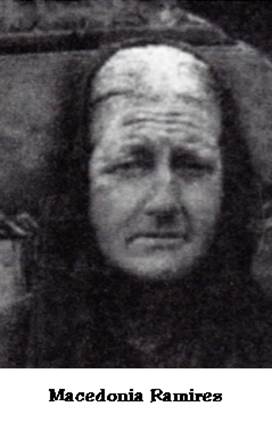 |
That little girl was born in Mier on September 9, 1851. Duly
christened in the Parochial Church at Mier, she was to become a tall,
stately woman with the deep blue eye, reddish brown hair, and milk white
skin of her racial group. (Her older brother, Luciano, was a bit over six
feet tall and a honey blond. Sister Maria Benigna with the freckled skin
that often goes with red hair was called the ‘tia colorado’, or “red
aunt.”
❁
Family stories
dating back to the lives of Don Antonio and Doña Agapita referred to San
Pedro as home. “Eran de San Pedro,” said the grandchildren of Don
Antonio, my Aunt Desideria and her older brother Rafael, who repeated the
same expression to me. Originally the place had been named St. Peter of
Rome, but soon afterward, as settlement began on the north side of the
river, the southern town was designated San Pedro and the north bank
location, Roma. I suppose that because the Ranch of Las Sabinitas was so
close to Roma, it seemed part of that town, or perhaps the family owned a
house in San Pedro besides. The latter is more likely.
|
The baptismal
records of the children in Mier show different addresses for the family,
some saying Mier, some Las Sabinitas. The church at Roma was not built
until the late 1850s, and the first family records that I found there were
the marriage records of their youngest child, Macedonia.
(Of latter years, the dominant party in Mexico, which up to this
point has stolen the Mexican people blind, renamed San Pedro. It has
become Ciudad Aleman, in honor of one of their best public looters. (He
did at least return some the loot as roads, schools, utility lines, and
water supply. His successors grew worse with each administration, ending
with the arch thief Echevarria, who hid his pilfering of oil revenue
behind a smoke screen of anti-American, pro-Cuban rhetoric. Unfortunately,
with the entry of a new regime dedicated to picking up the pieces and
shutting the barn door after the horse has bolted, the Mexican people
were, as usual, left holding the bag.)
Don
Antonio and the Raid on Mier
The notorious Mier Expedition was the first hard instance of armed
aggression by Americans against Mexico. A clearer case of naked banditry
has never been recorded than that of the Mier Expedition, which consisted
of a semi-military unit of Texan and American adventurers. Initially, the
new nation of Texas fitted out the expedition in retaliation for Mexican
raids into Texas, on one of which the Mexicans occupied San Antonio for a
short time. After many hardships, the expedition reached Laredo to
terrorize that undefended town until ordered home by the Texas War
Department as well as the President. Most obeyed, but smelling fresh loot,
several hundred disobeyed, launching on their own under a self-appointed
general, Fisher. (Among the group was a hot-headed Virginian named Tom
Greene. Fortunately for history and for the amusement of the discerning,
Thomas Greene kept a journal that presents an unusually clear picture of
the thinking of the time. Anyone with any imagination who knows history
finds more between the lines than is told. It is however, an invaluable
source book.)
After the marauders left Laredo, they looted Guerrero, also
undefended, continuing on the north bank downriver to Mier. Here it was a
different story. The Auxiliaries were mobilized and waiting, with a
request for help from the army dispatched to Matamoros. In response, a
small force had been sent upriver, arriving at Mier a day ahead of the
attack. On the cold, drizzling Christmas Eve night of 1842, the men under
Fisher crossed the Rio Grande unopposed and marched for the ford across
the Alamo River next to Mier. Here they heard in the middle of this night
the small noises of a band of horsemen waiting for them on the east bank
of the Alamo River. Fisher ordered a small band to oppose a crossing by
the force across the Alamo. They fired into the dark against the sounds as
Fisher took his men upstream and found a crossing unopposed. They entered
the darkened town, stole into a house on the main town square, drove the
people into the street and began to cut loopholes in the walls and
parapet. Tom Greene, among those remaining behind at the ford, remarks in
his journal, “I could hear old Colonel Ramirez, cursing his men and
pushing them across the Alamo to come to grips with us.”
“Old Colonel Ramirez” was now a man of eighty years, give or
take a year either way, and here he was out in a cold north wind,
directing the defense in a drizzling rain. The Colonel Ramirez mentioned
by Greene almost had to be Don Miguel, and it was a sure thing that he had
his sons along, including Antonio. Evidently the troopers did not need
much blasphemy to get them into action. They were soon across, killing or
capturing most of the band, of which few got back across the Rio Grande to
make their way home.
The Ramirez family had a large stake in that Rio Alamo defense. As
the ranches had been cleared of women and children, Doña Antonia was in
Mier, not far from the home seized by the intruders. Their families had
been brought to Mier for safe-keeping, but now in the night, a wolf was
among the town. Also, the guarded ford was on the road to Aguas Nuevas;
any retreating enemy was likely to go by the ranch and ravage it, reason
enough for Ramirezes to be out at the ford as the Mexican regulars were
snugly in bed in the town a mile or so away. Here again we can imagine the
curses of the old man as he urged his men to hit the water and come to
grips with “the fleaworts.”
It is interesting to note that Antonio Canales of Mier also
reported the action at Mier to his superiors. He it was who defeated the
Texans at Fort Lipititlan on the Nueces River in the same era. It was
likely he that became leader of the Auxiliaries after age and infirmity
had finally slowed Don Miguel.
In the aftermath, General Ampudia allowed the Americans a formal
surrender on the pretext that they were a duly recognized military unit.
He promised not to put them in chains, which to his later regret, he
honored. Dispatched as prisoners of war to Mexico City, the prisoners were
under oath of parole not to try to escape. The colonel in charge of the
prisoners bitterly objected to the removal of chains, saying, “I can not
be responsible if the chains are removed. My men are too few to manage
their number.” How right he was!
Far into Mexico, the prisoners made a concerted effort to escape.
Snatching weapons from their guards as all were at breakfast, they killed
some Mexicans and had some of their own killed. The rest escaped into the
arid brush land, where for the parole breakers, retribution soon began. As
they wandered about, lost and dying of thirst, a few made their way back
across the Rio Grande and escaped. A few more were not heard from again.
Long after, there was a reunion of Mier veterans in San Antonio. As
a boy, my father was a witness, listening spellbound to the stories. Big
Foot Wallace, he remembered, told of drinking his own urine “when it was
as thick as onion soup.” In his memoirs, Wallace says that he was never
so glad in his life, before or after, as when he caught sight of the
pursuing Mexican soldiers. He rushed up to them and a Mexican soldier
handed him a canteen. Upending it, Wallace began to drink, but the Mexican
tried to take it away from him, as he appeared certain to drink it all.
“He was a small man,” Wallace recounts (Wallace was over six feet
tall), “and in trying to pull the canteen from me, he was soon hanging
on my arms, his feet off the ground, but he did not succeed in taking it
from me until I put it down.” Wallace was tough, as well as large.
The local command inquired of the high command what punishment
should be meted out to men that had treacherously broken parole to kill
Mexican soldiers. The decision was bucked to Santa Anna himself, who
ordered the old Roman punishment – decimation. This resulted in the
famous “drawing of the beans.” Even today, guides before
bullet-scarred walls in Mier entrance the tourists with the story. The
fact that the execution took place in Salado, many miles to the south,
apparently does not detract from the tale. Are those ‘scars’ natural
deterioration, or deliberately made for the wonder of the turista and the
profit of the guide? Who knows?
Only three years later, the Mexican-American War started. By that
time, all the Mier prisoners had been released, and dealt with in very
different ways. A couple of very young teenagers never went to prison.
Santa Anna took them into his own establishment and semi-adopted them.
English subjects had been released quickly, some said in gratitude for the
English doctor that saved Santa Anna’s life in 1836 when he took poison
while in a Texas prison. Some got off early because they were Masons, it
was believed. Santa Anna was a Mason, it seems. My father said that he
heard that Dan Towhig, an old San Antonio banker and businessman, was
treated in a very cool manner by the Bigfoot Wallace group as, being Irish
and Catholic, he had been released very early.
Don
Antonio with the Force Shielding Saltillo
With the coming of the Mexican-American War, a determined guerrilla
war was carried out along the road from Camargo to Monterrey, making it
very difficult for General Taylor, and raising general hell with all
supply lines. Don Antonio was in this group with Colonel Canales and the
Mier detachment of Auxiliaries. General Taylor reported that it became
impossible to get a supply train through unless it was protected in
regimental strength. To Don Antonio in his region it seemed that the war
was being won. In this struggle, no quarter was given on either side. The
atrocities of Jack Hays and his Texas Rangers made other Americans view
the Texans as savages. One writer, in his “Confessions” written after
the War, was particularly critical of the savagery of Hays’s men. The
bitterness with which Canales fought was brought on by the killing of
civilians and the damage to civilian property of the people of Mier as
well as other localities.
Don
Antonio Fights along the Rio Grande
His son Luciano said that his father had fought in the American
Civil War. The roster of the Confederate regiment that became known as
Colonel Benavides’s Regiment does show an Antonio Ramirez, and there is
no reason to doubt Luciano, as he was also a veteran of a Rio Grande
Confederate Regiment. There was another Antonio Ramirez in another
regiment, but he was not, I think, our Antonio. All the Ramirezes had
property and livestock on open range, from the Rio Grande to the Indian
Territory, and the Comanches raided from the northwest. Mexican bandits
from across the river drove off cattle, beginning with the arch cattle
thief, General Cortines, declining to the lowest vaquero that could throw
a rawhide reata. They also had to contend with a quota of American bandits
and cattle thieves. In order to protect their property, all that they
could do was to join CSA forces.
By the fall of 1863, Wood’s Regiment, the 32nd Texas Volunteer
Cavalry, and Colonel Buchel’s 1st Texas Cavalry were moved from Fort
Ringgold and Brownsville, and the valley was left wide open to the Yankees
moving up the river. All that stood in opposition to them were the
recently raised Mexican Confederate Regiments raised from those people
along the Rio Grande. They rode and fought as hard as any other regiment
in the war. The Yankees got as far as the outskirts of Laredo but were
driven back. Due to the leadership of Colonel Benavides and in part to the
lessening interest the Union forces had in Texas, by the end of the war,
the invaders had been driven back past Brownsville. In the last engagement
of the Civil War at Palmitas, the regiments of Benavides and Rip Ford,
together with some smaller units won that battle handily, but all the
fighting along the Rio Grande was for naught. Again, one can but
sympathize with the bewildered Don Antonio, (“we were winning”), so
far from the capture of Atlanta and the destruction of the Army of Eastern
Tennessee at Franklin.
❁
With peace came
military rule, and the Yankees were back in force in South Texas, from
Corpus Christi to Laredo and the lower valley. There was even a garrison
at San Diego, and they were not friendly to the men along the Rio Grande
who had risen in force to fight them. Actually the rancheros in the Rio
Grande Regiments had had no interest in the American Civil War beyond the
terms offered by the Confederacy – near autonomy south of the Nueces
River, where they would again become masters in their own house.
But losing the war had consequences. The country was soon overrun
by both carpetbaggers and ex-Confederates, of whom some had become
bandits. As the time of land grants was over and lands now had to be
either purchased from a former owner or the State of Texas, it was a hard
time for the old Spanish families.
A
Meeting of Gentlemen
It was sometime in the 1870s. In South Texas, herd making for the
trail north was in full swing. A horseman rode up to the front gate of the
ranch house of Antonio Ramirez. He dismounted, a well-built, very blond
man, six-foot in height. Tying his horse to the fence post, he opened the
gate and entered, ignoring two dogs that appeared ready to tear him limb
from limb. Sensing his attitude, the dogs stopped barking and fell along
behind the man, sniffing his strange scent. He approached a vine-covered
veranda, spurs jingling in the dust of the yard walk. A grave woman opened
the door and stepped out onto the porch. The stranger took off his hat,
bowed, and in most excruciating Spanish inquired for Don Antonio. The
woman listened politely, not understanding very much except the name of
her husband.
In her Castilian Spanish, and smiling ever so slightly she asked
him in. Stepping up on the porch and looking down at his dusty garb, he
indicated that if she did not mind, he would wait in one of the porch
rockers. Assenting, she excused herself and called a teenage boy out,
“Go to the corrals and tell your father that an American is awaiting
him.” Then she called the cook to make the hot chocolate drink she
always offered guests.
Walking out on the porch, the boy acknowledged the strange man’s
greetings, and hurried down to the corrals. Don Antonio had already seen
the visitor and was busy at the water trough, washing some of the corral
dust off his face and hands. As the boy approached, he pulled a large
white handkerchief from his pocket and wiped the last of the grime and
water off his face. He looked inquiringly at the boy: “Who is it?”
“A gringo, not known to us.” “That I can see by his horse, his
saddle, and the horse’s brand.”
The horse had a CF brand on the left hip and the saddle was an
Anglo make. (The term gringo was an appellation for an American that had
originated during the Mexican War, when all the troops in the American
Army were singing the current hit – the repeated chorus, endlessly sung,
began, “Green grow the lilacs.” To a Spanish speaker “green grow,”
became ‘gringo’, so they were ‘los gringos’.
❁
As he met his guest –
for so was greeted any man who came to the lonely ranch – Don Antonio
observed that he was easily old enough to be the stranger’s father. He
had some English, so in order to ease the tension and cause less
embarrassment to the American, he tried it, with hardly better success
than the stranger had with his Spanish.
The two men looked each other over. Each was tall and blond and
seemed unmarked by inner struggle. After the brief exchange of glances,
the stranger introduced himself in his careful manner, which had become
even more stylized as he became acquainted with the formal manners of the
Spanish landowners: “I am James Melville Foster, at your service.”
“And I am Antonio Estanislado Ramirez, and this is your house.”
Don Antonio bowed slightly and made a motion with his hand,
inviting the visitor into the living room for the inevitable chocolate as
well as a dish of small cakes. The visitor had learned Spanish etiquette
– no one announced the reason for his visit without going through the
preliminaries. He inquired about the health of the family and the welfare
of the herds, complimenting Don Antonio on an obviously well run ranch. In
his turn, Don Antonio inquired about the rigors of his guest’s journey.
Had it rained where he came from? He remarked on what a good horse the
guest rode and other trivia, never asking what he really wanted to know:
“Where do you come from and for what purpose?”
After a decent lull indicating that the requirements of amenity had
been satisfied, the stranger came to the point of his visit. Pulling a
notebook from his jacket pocket, he turned the pages until he came to a
brand under which was noted the name “Antonio Ramirez.” He displayed
the sketch to his host.
“Would
this be your brand?”
“It is my personal brand. It is also a family brand with small
differences to indicate the individual.” “Then my brothers and I owe
you for ten head of steers that we sold.”
The visitor turned to another page in the notebook on which was
written, “Today I paid Don Antonio Ramirez $60.00 for his ten steers
rounded up and sold with a herd we delivered to the buyers in Helena. The
balance we received we kept for our payment and expenses. Acknowledged,
accepted, and received, Antonio Ramirez of Duval County, Tex.”
The visitor tried to explain. “I am from a small settlement we
call Tilden. We round up cattle from down the river at the Armagosa and
Casa Blanca ranches up to a point about halfway from a hill called San
Cajo to the Aguas Nuevas ranch and west to near Cotulla.” From a money
belt, the stranger drew three $20 bills, offering them to his host. He
continued: “After we lost the war, we took up new work. There was a need
for beef to the north, so we bought some brands that had existed before
the war to make our position legal. Now we brand everything unbranded we
can lay our ropes on. We caught those cattle of yours along the Nueces
River about a hundred miles from here. I’m not sure you could ever have
found them but I am sure it would have cost too much to bother with it.”
Don Antonio accepted the proffered payment, slowly pulled out a
purse, folded the bills, and snapped the purse shut before he answered.
Then he said, “What you do is unheard of. I always brand twice as many
steer calves as I manage to sell when they have grown. No one has ever
offered me payment for one of those missing. I know they do not vanish
into thin air; they are eaten by our stray Indians, run across the river
by our home-grown thieves, or rounded up by the gringo men.” He had
embarrassed himself; “you must pardon me. There are good men and bad men
amongst us all, as you now prove.”
On
Victors Who Lost
Don Antonio called a boy from the next room. “Do you take
yourself and find Manuelito. Tell him he is to take our guest’s horse,
unsaddle him, and feed him well. It is late and I can not have our guest
depart before morning.”
Foster caught the general drift of the conversation and
acknowledged the hospitality at dinner that night. A meal was ready, the
food excellent. Accustomed to Mexican meals, he had no difficulty with the
lack of silverware. Expertly, he used tortillas as spoons, careful to take
the meat portions from the plate by the bone exposed in each piece. Good
manners dictated that one leave a bit of meat on each bone before placing
it in the plate of scraps; one must show that he is in a home of plenty,
that there is an abundance of meat. Besides, the dogs were awaiting the
scraps with hope and expectation.
“I wonder what brand this animal had burned into his hide,” he
thought. No ranchman in his right mind butchered one of his own beeves, or
that of a close neighbor. The animal had to be of the kind they caught up
in their trail herds. The open range order assured that no man ever really
ate his own beef; that was for sale, if one could only ever get it to
market. After the repast the two men went out on the porch.
“You spoke of losing the War. You were of course in the
Confederate army? Where did you serve, and were you winning there?”
Foster was jolted by the last question. Winning the War? What possessed
the old Don? He answered only that he had served in Texas and Louisiana.
In fact they had driven the Union Army back down the Red River, but win?
No, the Cause was utterly lost when the Union strangled the South by their
march to the sea.
In the silence, Don Antonio spoke again. A deep bitterness came
into his voice. “We were winning that War and were betrayed. I went to
war four times and in each we were winning when our leaders betrayed
us.” Foster did not reply. How can one argue with such a congenial host?
Remembering a geography book of his father’s, published about 1818, he
thought about Ramirez’s background. Pages on New Spain came to mind:
“Mexico City is the largest, most opulent city in the New World. It has
a population of about one hundred and fifty thousand people. The streets
are paved. It has magnificent buildings, Cathedrals, and the oldest
University in the New World.”
During the earlier dinner conversation, Ramirez had said that his
people before him had been in Mexico “for many, many generations, since
Cortes.” Turning this over in his mind, Foster reflected that Don
Antonio’s people had had no real contact with the outside world for
maybe eleven or twelve generations. Isolated by the vast distance from
Mexico City, he was nearly twice as far from his home culture as Foster
was from his. Ramirez had a general idea of geography, a fair education in
math, some knowledge of Latin, and a bit of history, but for all practical
purposes, centers of the modern world were as far away as the moon.
With a sigh for all things to do with the late war and lost causes,
he said, “Don Antonio, had you been where I was, you would have a
different opinion. We were hungry, at half-strength, and the Yankees had
the initiative. They left us to rot. We were not even given the respect of
opponents. No, we were beaten into the ground and we are still under
foreign rule. I doubt that my children will live to see the end of the
servitude imposed upon us.”
Don Antonio was only half listening. Past woes and humiliations
were too deep. He had served, giving all he had, and always ending on the
losing side, as had his father. There was the revolt against Spain.
Indians and mestizos, led by disgruntled whites, had succeeded in that
revolt, a disaster for Mexico, a grief to his family, who were Loyalists.
Then as a young man at Goliad with General Urrea. They had beaten
the American freebooters in a brilliant fight, taking them prisoners.
Didn’t Santa Anna take the Alamo? The Americanos were down to a small
force, but the cursed Santa Anna got himself captured and made a
disgraceful deal. Their second-in-command was a cowardly Italian, and he
ordered a retreat. He, Antonio, had been led by a good general who was
resolute and prudent. They were ready to fight the force that had defeated
Santa Anna, and they alone could have beaten them, but were ordered back,
and Tejas was lost.
The renegade Texans invaded our town of Mier, he wanted to say. The
ones we didn’t kill, we captured. They should have been shot but our
military, infected with liberalism, took them prisoners, giving them the
privilege of soldiers in a legal war. The rest is history. They broke
their parole and only one in ten was shot, whereas the whole group had
forfeited their lives. At least Santa Anna shot the invaders he laid his
hands on. Later, when I served with Colonel Canales, we cut the supply
lines to Taylor’s army in Saltillo, but a little later an armistice was
arranged, then a shameful peace. My ranch is now in Texas, not in
Tamaulipas where it belongs. By a shameful peace I have now become a
vassal of the gringos.
We got a second chance when the Americanos started fighting each
other. The Confederacy assured us of practical independence for our
section between the Rio Grande and the Nueces if we could keep the
Bluecoats out. Colonel Benavides organized a regiment from our people
living along the Rio Grande and we finished them at Palmitos. We were told
to lay down our arms. Could not I have had the satisfaction of just once
being on the winning side?
Don Antonio sighed. “Forgive me, Señor, I am at fault. I have
been lost in the past. It is good to know that only some Americanos are
thieves and rascals. Maybe even most are not. They have let me keep my
lands and in the next two days you will pass the ranch of my eldest son,
bought very reasonably, from this new government of Texas. They give us
reasonable police protection, and best of all, allow us to defend
ourselves. You, above all, have proven that there are honorable men among
your people.”
Foster smiled. He had taken no offense. He too knew the bitterness
of defeat. It was often hard to keep one’s feelings under control. “No
offense taken, Don Antonio. I must agree with you on two of your wars. Had
your leaders continued the struggle, the outcomes might have been quite
different, but in the main, you had to lose. Everything was against you
– geography, population, government, and industry. And in our last war,
you should have been with us, they ate us alive, so I no longer discuss
that war.”
As night settled over the ranch, they stood, shook hands, and went
to bed. It was some twenty years later before the two again met.
Under
the New Order
The range had always been open: it was hard to imagine anything
else. To the Spanish, laws were to nod to, if they came from the Church or
the Crown. Otherwise, each made his own law and, with varying success,
depending upon his ability and determination, enforced it himself.
Generations of isolated living and calling their own tune did
not make them adaptable to a new regime where mestizos were gaining
because they were used to conforming to the laws of the land and had the
know-how to manage their own little ranches. As the Rangers brought some
semblance of order into the Nueces strip, mestizos and Indians in
ever-increasing numbers took advantage of the new system. By the late
seventies the progress was in full swing, and the barbed wire era was just
offstage. Sometime in the early 1880s barbed wire caught on in South
Texas. My father witnessed this revolution at its inception when the
barbed wire salesman came to San Antonio and registered at the old
Southern Hotel facing Military Plaza next to San Fernando Cathedral.
He was unable to convince the ranchmen that his wire would hold
wild cattle, so he asked the city fathers for a permit to erect a corral
on the plaza to use for a demonstration. In the San Antonio of those days,
one could always do about anything he was big enough to do, so his permit
was granted. It was stipulated however, that he encircle his corral with
mounted vaqueros to round up the wild steers when they broke out of the
corral to head out on the town.
The corral was built; the new wire with the barbs was stapled in
place, and the wild steers were brought north on South Flores Street. They
were directed into the corral with some well placed wings, and the gate
was shut. Not an animal escaped. After running into the wire a few times
they got the general idea and settled down. The salesman then settled
himself at a desk in the lobby and sold barbed wire by the carloads.
The smarter big cattlemen put it up as fast as possible, fencing in
along with their own all the uncontested land possible, but it was the
small landowner who profited most. Now he had a way to keep his land from
being overgrazed by others. He could confine his own stock and this gave
him time to do other things, including working out for others. The hills
of Duval and other counties were soon taken up with small landowners, some
with holdings as small as 300 acres, with others of up to perhaps a couple
of thousand acres (‘couple’, in the Texas sense of the word, meaning
anything between two and a dozen).
An
Hidalgo Adapts
Sometime in the 1850s, Doña Agapita had died. Upon her death Don
Antonio turned toward the north where, under the new system in Texas,
lands were to be had. I am at a loss to know exactly the whereabouts of
Don Antonio during this period, but it is certain that Macedonia was
reared on the Rancho de las Sabinitas, along the banks of the Rio Grande.
These were lands belonging to Agapita’s family, the Hinojosas, and at
her death, it was only natural that the small girl would be cared for by
her mother’s family.
Don Antonio’s second wife, Doña Concepcion Garcia, was
reared at Las Cuevitas, a ranch in the southern part of what is now Jim
Hogg County, in the vicinity of Aguas Nuevas and another ranch called El
Colorado. The cattle brand in records said to have been the Ramirez brand
was earlier owned by an
Antonio Ramirez who lived and owned lands along the Agua Poquita Creek in
northwest Jim Hogg County. I am not sure whether or not that Antonio
Ramirez was one and the same as the Antonio of this sketch, but these
lands were not too far from parts settled by his son, Luciano Ramirez.
According to both my aunt Desideria and my uncle Rafael, one of
their mother Agapita’s nephews was Santos Hinojosa, who owned a ranch
called San Jose. It was only a few miles south of Luciano’s ranch, about
sixteen miles south of San Diego and some ten miles or so east of
Benavides. That land is still in the hands of his descendants. The Vela
family, who owned Saltierra, a ranch some six or so miles east of San
Jose, was also referred to as primos. All of these ranches were of medium
acreage for South Texas, and probably had been originally carved from a
Spanish grant or acquired from the State of Texas. These are typical
examples of ranchers under the new order of medium-sized spreads held by
members of the old grant families.
❁
As a girl of seventeen,
my Aunt Zella Foster taught school at San Jose Ranch. There, she was a
guest of Don Santos and his wife. She told me that he was of a ruddy
complexion, and very blond. As a boy, I knew Don Alvino Vela, owner of
Saltierra Ranch at the time. He too, was a very decided blond. It is of
interest to note that many close relatives of Doña Agapita were in the
locality, along with her son Luciano and later, her daughter Macedonia. It
is most probable that the Antonio Ramirez of Agua Poquita was our Antonio
Ramirez. Until it may be proven otherwise, I accept that he was. It is
probably of little consequence anyway, as the general lifestyle and
economic status among that class was the same.
There is of course my grandfather J. M. Foster’s story of meeting
Don Antonio to pay him for cattle he had taken along with his herd. It is
unlikely that he would have gone much further than the Agua Poquita
region, as it is about seventy miles as the crow flies from Tilden, his
home base. Working along the Nueces, the cattle that he caught were not
likely from much further south.
❁
On the upper reach of a
typical dry creek called El Guajillo was a settlement of the
same name. Old-timers told me that the original settlement was
started by a certain Clemente Garcia. Under an 1835 contract with the
Mexican Government, he used the location to catch and break wild horses.
They were to be delivered to Santa Anna’s army as it marched north to
put down the rebellion in Texas, just across the Nueces River some sixty
or so miles above. The story goes that he fulfilled his contract and was
given vouchers from the Mexican Government on which he was unable to
collect. Broke, he made the best of things, turning his wild horse
catching camp into a permanent ranch and naming it La Mota del Guajillo.
Evidently he did not succeed in getting many acres to form into a ranch,
as the Guajillo Creek was cut up into small tracts of land acquired from
the State of Texas. A look at the county ownership maps reveals miles of
small land surveys running down to the creek bed. It was easier to make a
water well near the creek, and usually the best farming land was along the
creek’s floodplain.
Three miles down the creek from Garcia, Luciano Ramirez acquired a
small ranch that he named San Juan. He
built a two-story home of soft caliche limestone, and developed a
cultivated acreage, large by local standards. I don’t know if Don
Antonio had any hand in the development of the ranch called San Juan, but
he did live out the last years of his life with Luciano. I presume that
his second wife, Conception Garcia had also died by this time. Of their
children, my grand-uncle Rafael, born in 1861, is the only one of which I
am sure.
A
Final Loss to the New Order
In 1875, Don Antonio suffered real trauma when a mestizo named Juan
Bautista Rios asked to marry his daughter, Macedonia. Now this sturdy
little mestizo (he was only five feet, six or so, but built like a Mack
truck) was of an even disposition, a most diligent worker, and better
educated than the family that he wished to marry into. He
was also dedicated to the good of the public as well as to that of his
family. Unfortunately, in the eyes of Don Antonio, he had not one fatal
flaw, but three, any of which made him unacceptable. First, he was largely
Indian, possibly as much as three-quarters, second, he had by firm
conviction turned Protestant, and third, he had the new infection of
Liberty, Equality and Fraternity. It
was enough to give the old man a fit, so he refused to allow the marriage.
Macedonia would not go against
her father, but she would not give up her love. She
was now twenty-four and old enough to know her own mind. In
our only photo of her, seeing her as she was at seventy-five, one can
imagine that it was not for want of suitors that she picked her man, Juan.
Things dragged on.
At last, brother Luciano came up with the face-saving solution of
becoming the family male to stand up with his sister when the marriage
took place, but it still rankled to have a mestizo in the family,
especially as an older daughter had “married well.” Don Antonio
fretted over the marriage. He was opposed besides, to having his son
Luciano working as a carpenter, even as a contractor. That was work for a
mestizo. Why couldn’t he direct mestizos and Indians from the saddle, as
all his people before him had done?
It rankled to see Luciano on such good terms with that little
mestizo working for him. True, he was good-mannered and self-assured, but
he was still only a mestizo. To have him in the family? Unbearable. Don
Antonio blamed himself. Had he not entrusted his youngest to her
mother’s people? But who could have predicted that the Hinojosas would
entertain radical ideas? It was the times, the revolt against Spain,
betraying in her hour of greatest need the land from which they came. Such
evil had borne bad fruit. Now any mestizo, for that matter any Indian,
could go to this gringo government and get a small ranch on terms far more
lenient than those under which the Spanish had received their grants. The
mestizo was everywhere, and being treated as an equal of the gente de
razon. Now he had one in his own family.
❁
Macedonia had inherited
full Spanish blood, if the records are correct, through some eleven or so
generations in the New World, but she loved the little mestizo, admired
his character, and valued his education. She was also tolerant and willing
to accept the fact that he had turned Protestant, was a born reformer, and
was in his politics a Republican. All she asked was that the practices of
her church and her essential dedication to rule by ‘la gente de razon’
not be tampered with. So they
lived in harmony. During those peaceful years, the little Rios brood
expanded about as one would imagine. First came Raphael, in 1877, then
Desideria, who later married Francisco Zapata, was born in 1879; next was
Juliana, then Theresa, who married Pedro Miniel, Apollonia, Sebastian,
born in 1886, and in 1889, my mother Leocadia, who was to marry Augustus
Franz.
❁
Their progeny was like
that of a friend of mine, a professor in the local school system, a near
white mestizo, his green eyes a battleground of his genes. His general
appearance was so completely European that he would not have been noticed
had he been in the company of Anglo society. His Indian blood showed only
to one familiar with the characteristics of the mestizo. He had a small
boy of ten or so, whom he introduced as his son. I acknowledged my
introduction to the little brownish boy, looked into his bright black
eyes, and then without thinking, flicked my eyes to his father, who
laughed. Guessing my reaction, he said, “Some of us Mexicans grow darker
each generation.”
(The best estimates of racial mixture in Mexico have never allowed
for over 5 percent of Spanish blood. The ratio of Spanish blood was higher
in Nuevo Leon and Coahuila however, where there had been a comparatively
small number of resident Indians, so that the whites who settled there
made a higher percentage of the population, compared to the number of
whites who settled in the more indigenously advanced lands to the south. A
large near-sterile desert separated the northeast states of Mexico from
the well-peopled lands of the more fertile regions south.)
❁
Some time in his old age, after the death of his second wife,
Don Antonio took shelter with Luciano. Possibly, he had an interest in the
ranch, but most likely it was that he had a loving son with whom he felt
at ease, but there was yet a thorn that lingered. Across a valley a mile
or so away, Macedonia had, under the guidance of Luciano, taken up 320
acres of land in her own name. Luciano was a real Spaniard in that
respect. A woman should have her own property. It is possible that Don
Antonio helped her. He was never indigent.
From Luciano’s house he could see his daughter’s house; he
could see his grandchildren playing about the house, but he refused to
visit “when that Indian was at home.” When Juan Rios rode off to San
Diego to work in his saddle shop, the old man would take himself across
Luciano’s field, down a path in the brush line along Guajillo Creek, and
then turn up a gentle slope to the little house. Receiving him warmly,
Macedonia joined the father-daughter relationship smoothly, for she was a
placid, composed person, and not looking for difficulties. She was just
one to live her own life, abiding by her own ideas of what was right, what
was wrong, what was due, and what was not.
The
New Order Established
By 1910, practically all the lands lying between the Spanish and
Mexican grants had either been deeded out to homesteaders, small
purchasers, or had been given out as subsidies to encourage the building
of railroads. The latter acreages were surveyed at railroad builder’s
expense and were deeded to them in 640-acre sections. The in-between
sections remained State land and were disposed of as farms and ranches to
small landholders. Most of the small farms and ranches were later sold to
the larger ranch owners who thus made up blocks of range land. It was a
different world; everything was fenced in with barbed wire. There were
small holdings everywhere, nearly all owned by mestizos now not so
conscious of blood lines but just garden variety Mexicans come for
American citizenship. Many had come in from off the big Spanish grant
ranches, often blood kin to the old Spanish ranchers, but as life changed,
old distinctions were breaking down.
The small holdings were becoming subsistence farms, as the English
settlers had made their holdings from their earliest years as colonists,
“back in the States.” Now, houses were being built out of lumber. Each
small ranch had its water supply, with a hand dug well or rain tank to
held water through most of the dry years. The owners of these little
acreages raised crops of corn, beans, pumpkins, onions, and peppers (all
crops that could be stored) and anything else that they could. They
narrowed their food purchases to sugar and salt, coffee, and a few spices.
A few hogs and a team of mules, a saddle horse, a few cows, and maybe some
goats filled out their needs. Many tried to raise a bale or more of cotton
that could be sold for cash. From there, one worked out at whatever
presented itself. The term ‘Don’ had now become almost meaningless,
except as a courtesy. No longer did it apply only to a person of hidalgo
ancestry. Even a respectable Indio could now be addressed with a straight
face as ‘Don’. This happened a hundred years ahead of the Americans in
the great equalizing of the enlightened. As by the middle of the 20th
century the term ‘Mister’ would lose most of its original meaning in
the U.S.A, so had the term ‘Don’ been lost by the middle of the 19th
century.
It was another bitter pill to see the gringos come in and buy up
the land – even steal it, or win lawsuits against old Spanish grant
families unpracticed in the ways of the new order. In that never-ending
struggle to survive in a semi-arid country, some old families went into
debt to the banks and commercial establishments, where they learned that
the gringo played for keeps. Many an old ranch went to creditors that
fenced off the new holdings, leaving a small bit of land to the original
grant family. Texas was unique in a law that did not allow a creditor to
take everything. The Texas Homestead Law insured a bankrupt individual a
subsistence farm, enough work tools to manage it, some basic livestock,
and, of course, a home dwelling.
Here again, in a general way, the mestizo came out better than the
Spanish. Accustomed to a more frugal life, he was hence more likely to
meet adversity with austerity rather than by borrowing. He had greater
respect for the law, as he had never had ‘a friend of a friend of the
Governor’, or any to intercede when he had bent the law. He was more
likely to stay out of the debt that could imperil his toehold on
livelihood and to get right down to bedrock, he was more likely to meet
adversity with harder work – after all, he had been doing the hard work
for generations.
Family
Stories –
Don Antonio’s Burro (I am indebted to Effie Foster, a cousin from
my aunt’s generation, for the following family stories that provide the
lead to the story of Don Antonio and his burro.)
Santos Hinojosa maintained on his San Jose ranch a one-room
schoolhouse and a one-room church, each equipped with a bell. A farsighted
man, he wanted his children and grandchildren to learn English, preferably
without an accent. It was he
that employed my Aunt Zella to teach school. She was only seventeen, but
she did have an advantage. Her older sister had taught in the school at La
Mota, (three miles east of Benavides) and she had gone to school there
herself, rooming with her sister as a guest of the ranch owner. When she
got her teacher’s certificate, she went out on her own and San Jose was
her first school. It must have been quite an adventure. She taught all
week, and on week ends she went home, on the dirt roads of the day, about
eight miles from the Hinojosa place.
Although the roads were perfectly safe, Don Santos did not want her
to go alone as he did not deem it proper. In order that she should go
escorted, he would delegate one of his sons to go with her. Gaily, the
young people would ride away, trying to bridge the language and culture
barrier.
Aunt Zella, or ‘Nana’, as we called her, told me an amusing
story about one ride home. When they arrived at her father’s ranch, no
one was home. Her escort had unsaddled and fed her horse, put the saddle
away and was now returned to the front gate to bid her adieu. Approaching
the verandah, spurs jingling, he stopped at the front step, took off his
hat and bowing, begged to be excused. It was an embarrassing situation for
both, as their rearing made it clear that a young man could not be asked
in when the family was not present. What a dilemma for a young girl –
under that same Victorian tradition it was almost a sacred duty to offer a
visitor coffee. Finessing the situation, she invited him to have coffee on
the verandah. He sat down and as she turned back inside, she asked, “How
would you like your coffee?”
As difficult as had been their communication, he met the moment
with grace. Rising gallantly, swinging his high crowned hat in front of
him like a plumed headpiece, he said with a bow, “how better you make
it, how better I like it.” His name was Reynaldo Hinojosa, so said
Cousin Effie. More on him in a bit.
Aunt Zella accepted a better offer to teach at La Rosita, a small
ranch village about twenty miles northwest of San Diego. Even though their
Spanish was less than it would become, Don Santos wanted the young Foster
women to teach in his school, so she recommended that her cousin Effie
replace her and it was so arranged. It would be Effie’s first school as
well, as she was also still a teenager. Effie quickly fitted in with the
Hinojosas. One morning, just as she was on her way to open the school
doors, one of the vaqueros brought a saddled horse to the front gate for
Don Santos. They arrived at the front gate together and she paused to wish
him good day. Mounting his steed with obvious effort, Don Santos said,
“I’ll soon be at the burro stage again, like my tio colorado (red
uncle) Antonio.” As Don Santos liked to tell family stories, she sensed
one waiting to be told. When she asked if he would tell her about the
burro and the ‘red uncle’ some time, Don Santos was pleased.
“Tonight,” he promised. The story he told:
❁
“Tio Antonio was old,
a big man whose blue eyes were somewhat dimmed, whose once red mane was
now white. The time had come when his knees were stiff and he was slow of
action and weak in reflexes. He was no longer able to spring into the
saddle as he did when young; he mounted with difficulty, as I do. One day
he had to be helped to get on a horse, and this bothered him – what if
he wished to ride alone? What if he dismounted and could not remount? This
disability meant giving up his freedom. Something had to be done, so he
selected a stout little burro. Old age had wasted his muscles until he had
lost at least a quarter of his former weight, so with a blanket in place
of a saddle, the stout little animal could easily manage the task. He
mounted. With his long legs nearly reaching the ground, he rode across the
fields and along the creek, getting used to his lowly steed.
This was better than ever he would have thought! He was again
independent. He could visit his old friends and relatives, and once more
look on scenes he had loved during a long life. A man of eighty was not
yet dead! He had the women pack one saddle bag with provisions and in the
other he took a change of clothing. Then, under protest of the family, he
took off in the early morning and by noon, just in time to get to the
table, he reached San Jose. There he spent the night with a younger
generation but with people old enough to understand him. I was one of
them. Next morning he headed down the road to Aguas Nuevas.
He was gone for over two months, making his way from Aguas Nuevas
to Roma and then on to Mier, visiting all the ranches in between. If night
overtook him, he camped and slept under the stars, the little burrito
staked out to graze. Sometimes he came to a windmill or earthen tank,
maybe a lagoon. He would camp there for a day maybe, enjoying watching the
cattle come in to water, sitting in the shade, quiet as a hunted deer,
watching deer and javelina come in to drink. A lone coyote might come, or
maybe a small pack of the wily little beasts, for you know, the coyote is
the smartest of all the animals. Sometimes, he said later, he was sad.
There were no longer antelope or wild horses on the Llano de los Mesteños.
From time to time on the trail he would meet another rider, or a
mule-drawn wagon, and such an occasion would be a signal to stop and talk
a bit, for everyone knew everyone else. They would exchange the news, and
he would then ask that they “dar la razon” to his family, “should
you encounter them.” That is, pass on his whereabouts and good
condition. Travelers passed the word and so the whole family could mark
his progress almost from day to day, their anxieties stilled by reports of
his good health and better spirits.
In good weather, Don Antonio made many trips before he died. As he
said, he had made the cycle from burro to horse and back to burro again. A
child can mount a burro, which is small so a child’s short legs can
manage. As he grows up, he is able to manage a horse, and gradually gets
better in skills of horsemanship, until it came time for an easier ride.
He never had to give up the little gray burro.”
A
Memory of Reynaldo
Cousin Effie was a daughter of my Granduncle Stephen Meeker
Foster. I had always a special relationship with that part of the family
that held until they died, one by one. About 1965, visiting with Effie, I
told her that I was investigating my mother’s family. She was a live,
interesting person, and now she brightened. Recalling her early life, she
spoke about teaching at San Jose.
“I don’t know the exact relationship, but the Hinojosas were
kinsmen of your maternal grandmother and very fine people.” That was
when she told me the story about Don Santos and his Burro as well as
answering my questions about her recollections of more than sixty years
before. At length, she appeared run out on the subject and lost in
thought. By that time I had mastered the technique of getting information
from an older generation – never interrupt a chain of thought. If one is
patient, an old mind has much in memories to summon, but a diversion may
cause it to lose the thought completely. She smiled to herself; I could
see that they were pleasant memories. She began:
❁
“They were such grand
people. And then there was Reynaldo, a beautiful person. One incident
I’ll never forget. It was just a few days after school opened for the
fall term. It was hot and dry, more like July than September. We were on
the east side of the square – the homes were on the south side, the
Church was on the west side, and to the north were corrals, the windmill,
water troughs, and some shade trees. The children were just returning to
the school ground from the noon break. I rang the bell and the children
trooped in, the last ones in a panic. “Look outside! A coyote is coming,
and he is rabid.”
With unaccustomed enthusiasm, the last of my charges ran inside. I
stepped out on the little porch. There in the middle of the plaza was a
large coyote. He was making his way toward the school, snapping at the
air, seemingly even biting at his own limbs. He was clearly rabid, as the
children said. With my heart pounding, I scanned the rest of the square.
Our front door was a Dutch door, cut in half. Fastening the bottom half, I
told the children to close all the windows, there were no screens then.
The animal was now within fifty feet of the front door and slowly making
his way to the building. The coyote seemed to see nothing and to have no
purpose, just that constant snapping at the thin air. I wanted to close
the upper half of the door but felt I should stand guard. Suppose
some older sister or a mother decided to come over and watch the classes
as they often did? I must be able to warn them.
Frozen, I stood watching the animal. When he was practically at the
porch steps, he went into a spasm. Then I saw a rider come into the corral
and start to open the gate to go to his home. It was Reynaldo. I called to
him not to enter the empty square. “Mad coyote!” I screamed. He
understood the situation at a glance, jumped down off his horse and came
running toward the schoolhouse. As he passed the woodpile, he grabbed a
piece of stove wood. The animal was now trying to get up on the porch.
Reynaldo did not hesitate. He struck a couple of hard blows at the poor
creature’s head, ending its misery. Gingerly, he dragged it by the tail
toward the corral. He told one of the Indian cowhands that rode up to take
the animal and burn it on a brush pile on the other side of the corrals.
Then he came to the porch to reassure me and to tell me how bravely I had
acted. He patted me on the shoulder. He was the bravest, most gentlemanly
man I ever met, and the most handsome.”
She looked off into the distance, back to when she was a teenage
schoolmarm. After so many years, it was still a treasured moment with a
wonderful man.
Don
Antonio’s Ride into the Sunset
When Don Antonio started on his journey, besides the things he
carried for himself, there was a small sack of corn for el burrito. After
all, the creature needed more than grass to carry his load. After leaving
San Jose, Don Antonio came to Santa Cruz Ranch, where lived and ruled Don
Agapito Saenz, a mestizo who had made it.
“Yes, they call him ‘Don’,” reflected the old man, “but
he probably could have the right to be called ‘Don’ Agapito. He is
mostly white, from his hidalgo ancestors, and after all, there is
something to heredity. So why couldn’t that little Indian who married my
daughter be equally respected? Of course he is mostly Indian, but he is
very well educated. He is respectable, but he does not accept separate
status. He is of the new breed that believes in equality. Why must he be a
heretic? Of course I myself only co-exist with the Church. Religion is for
women. Maybe they need it just to live with us men.”
But he was not at ease with Don Agapito. He accepted the proffered
meal but pled a shortage of time, leaving under the protest of his host to
ride a few miles further on the trail. He wanted to get on over to
Concepcion, to spend his time with old friends and relatives. After all,
most of the old grant families were kinfolk of one degree or another. It
was getting late and he was tired. He came to a laguna that not only yet
contained water, but was covered with water lilies. Their fragrance filled
the evening air. He relieved the burrito of his trappings, watered him and
gave him corn, and staked him out beside the pond where the grass was
green. He made a small fire, and coffee. As the moon came up, he drank
slowly, chewing on dried meat. “I am blessed,” he thought, “I still
have good teeth. But why did I have to open and close so many gates today?
What happened to that time when a man might ride for days without such
obstacles?” Making a pillow from the saddle blanket, he slept.
❁
A rider turned into the
corral gate at San Juan, and Don Luciano welcomed him in. Yes, Don Antonio
was visiting the Vela family at La Miraya. He was well and sent his
greetings. He expected to spend the weekend at Aguas Nuevas, where the
road from Laredo to Corpus Christi crossed the road from Guerrero to San
Diego, continuing to Refugio and Goliad. A road from Mier met the one from
Roma and Rio Grande City and went on to San Antonio. Here the stagecoach
stopped. The old man would be seated at the village store, talking to
whoever came in.
As the stories came back along the brush-enclosed roads, the family
at San Juan received the periodically updated itineraries of their
wandering grandfather – a round of visits that might take months. From
San Jose to Concepcion, to La Grulla, El Chapote, Las Lajas, Los Sabinitos,
San Pedro, Roma, Mier, Guerrero, Zapata, El Randado, Palo Blanco, Las
Comitas, El Coyote, El Venado, La Trinidad, Guajillo, and back to San
Juan.
Then would come storytelling and passing around toys for the little
ones – gossip for the oldsters – of relatives not seen in years, who
had died, who had been married and to whom, and the many little new
people. Stories of nights camped alone, listening to the coyotes,
sometimes by choice, or simply because he was too tired to go on. One such
night, he had been awakened by a javelina breathing in his face. Then
there was the big rattlesnake he had killed. When he had held it up by the
head, the serpent was level with the top of his own head and the tail
dragged on the ground. “And the rattles?” the children asked. He
pulled out of a jacket pocket only four rattles, very large, but so few
that the children were disappointed. Why did he not have a long string of
rattles? Surely he was a great-grandfather cascabel. The old man knew that
the number of rattles had nothing to do with the size of the snake, as
rattles suffer wear and tear, but he thought of a much more interesting
answer.
“He was so big, so strong, so mad, that he just broke off a lot
of his rattles singing at me.” The children’s eyes widened at the
vision conjured up. They could just see rattles flying off into the air as
the big snake ‘sang.’
And he told about the ranch of a gringo who had red cattle without
horns. “They were as devoid of horns as you are,” he said, rubbing a
small head. “It was an atrocity.” “A bad thing, Grandfather? Surely
a cow without horns is less dangerous.” “It is atrocious to remove any
creature’s natural defense. Would you cut a hen’s wings? Without
horns, a cow can’t fight off lobos, leones, or osos grandes.”
One of his grandchildren was clearly thinking over the idea. Then
he countered. “My father says that all the wolves and lions were killed
off before his time, and he never heard of bears around here.” “I have
been living in the past again,” thought Don Antonio. He corrected
himself. “It is true that the sheep camps hunted down the lobos and
leones with their dogs. They are nearly all gone now, and the osos were
gone when I was a boy. There were never many of them. But I was right,
though. No one man or beast or any living creature should be deprived of
his Godgiven defenses. If we rob them of that, we go against nature and
God himself. It is not right.” And now he sat back to think about his
philosophy, and his own history. “Finally I have stated it right. That
is a fundamental right – to bear means of defense, what my people have
lost. Now even the most unknowing can see the mistake of revolting against
Spain. Everywhere are the gringos, acting like overlords, like they own
this ruined country, all cut up with fences. Mestizos think they are our
equals; the Indian no longer bows. A man can live too long.”
Too much had changed. He had remarked that the first time he heard
English spoken, that to him it sounded like dogs fighting. They buried the
old man in a family cemetery on a rocky hillside. They built a limestone
dome over the grave. They placed no marker in the English fashion; as they
said, “Do not people know where their parents are buried?”
❁
NOTE: On the 5th of
April, 1964, Sarah Zapata (nee Desideria Rios) told me that she clearly
remembered her grandfather, Jose Antonio Estanislado Ramirez. She said
that he and Agapita had eight children, one named Ricardo, of whom I had
no record. Could there have been eight? Did Ricardo fall between Eulalia
and Macedonia? Could Ricardo be a second name? Who knows?
She said that her grandfather was a large man, with very blue eyes
and white hair, that even in old age had some red in it. It was said that
he had never been sick in his life, that he had all or most of his teeth,
and that his eyes were still good. She said that in the winter of 1889
when she was a girl of ten, there was a terrible cold spell, with snow all
over the ground, and that there were grown people present who had never
seen snow. (This was the blizzard of record on February 12-14, 1889.) The
children wanted to get out in the snow, and Don Antonio took them outside
to make a snowman, but he took a sudden chill and died almost at once,
putting his death on or about February 13, 1889, at the San Juan Ranch on
Guajillo Creek, in Duval County. He was a little short of eighty-seven
years old. Of his father Luciano remarked, “He said that they won all
the battles in which he had fought and lost all the wars of which they
were a part. He always thought he had somehow been betrayed by those
distant politicians who make the decisions.”
|
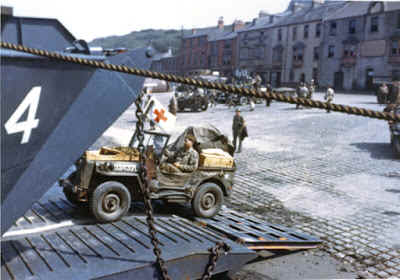
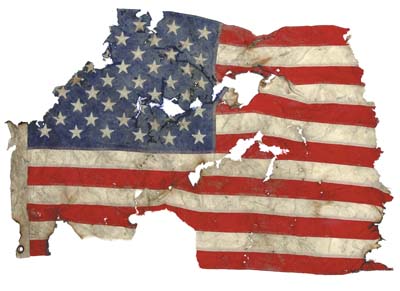


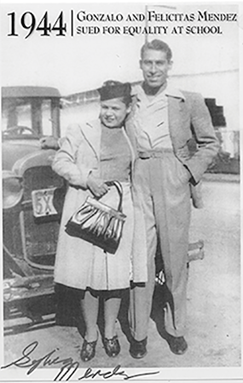

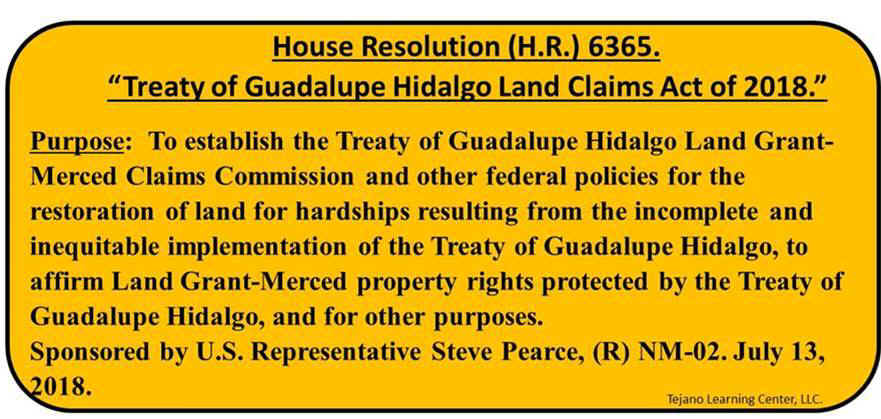
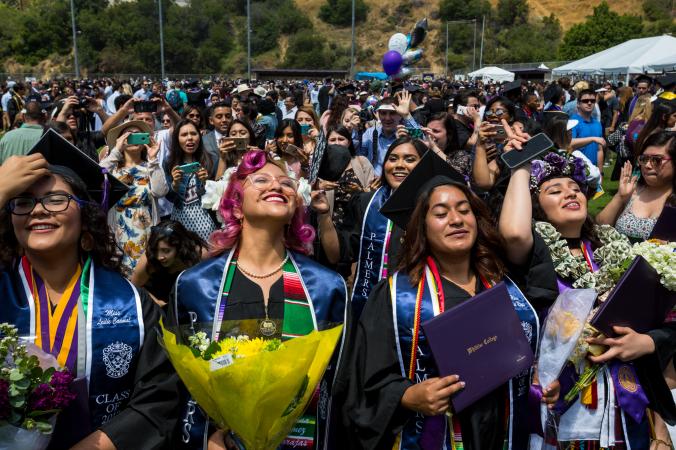
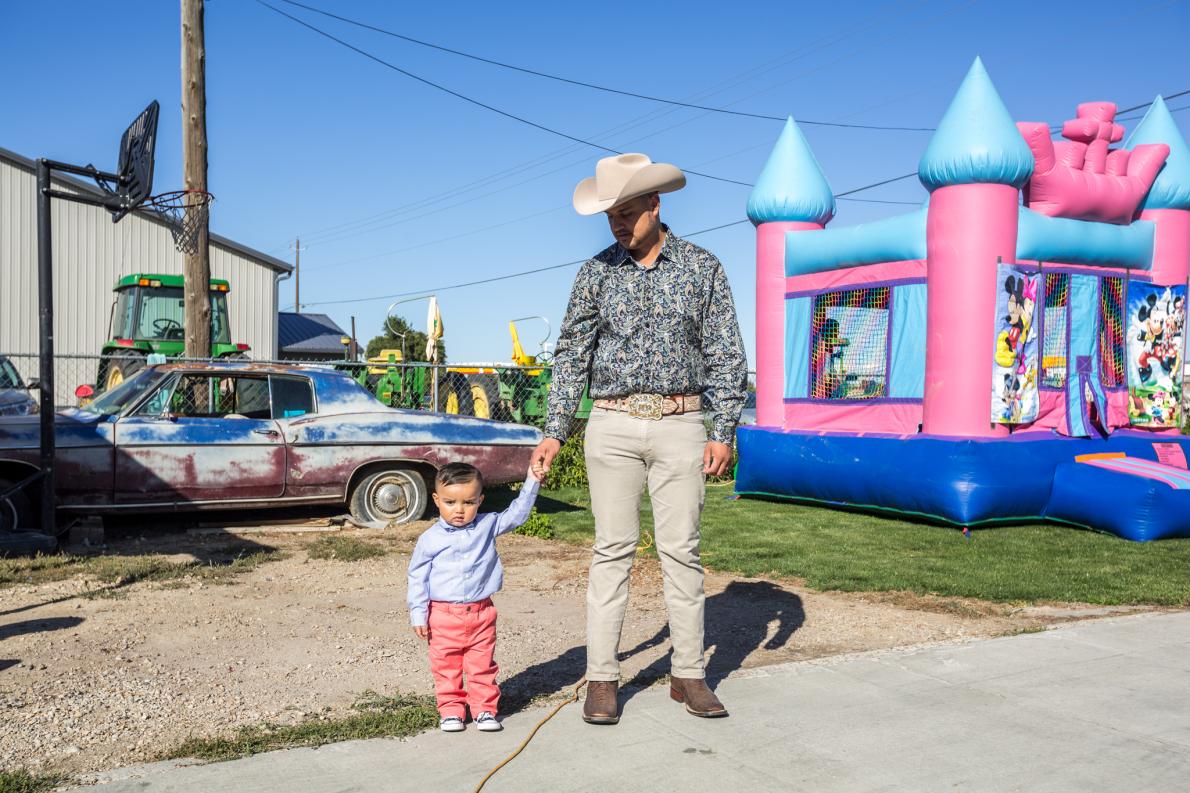
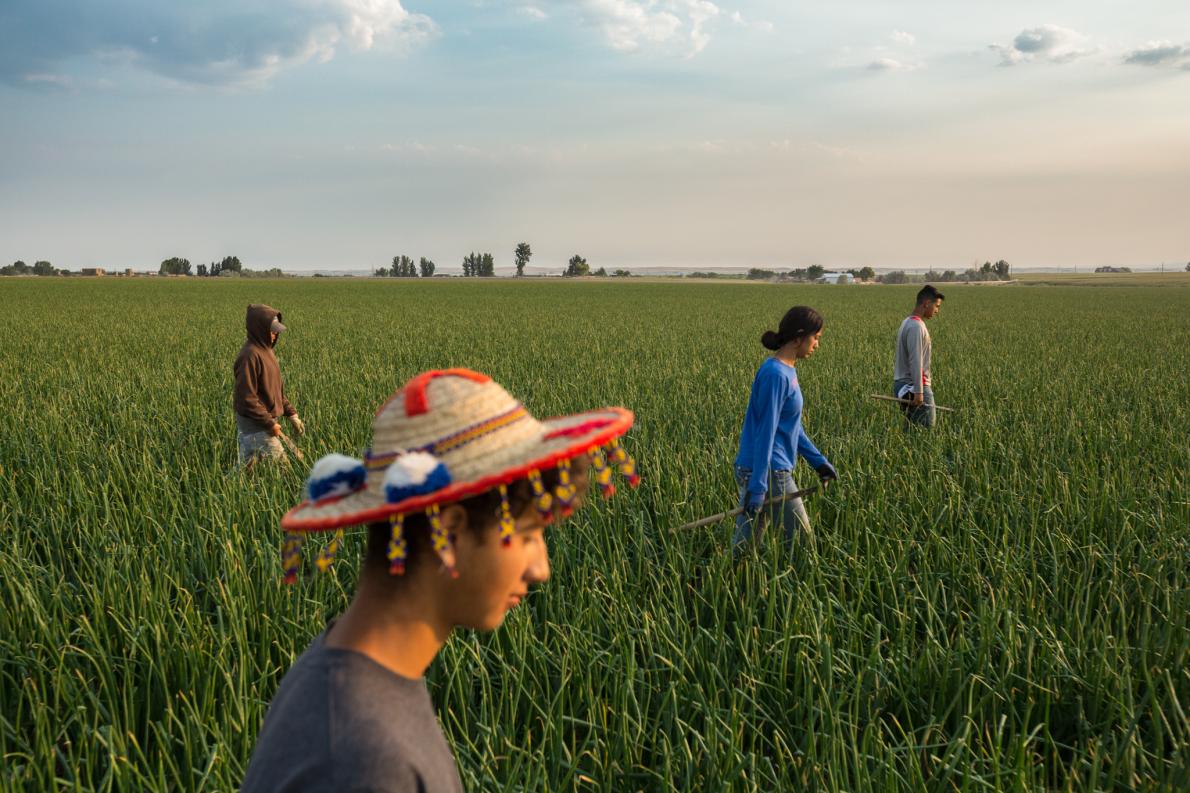
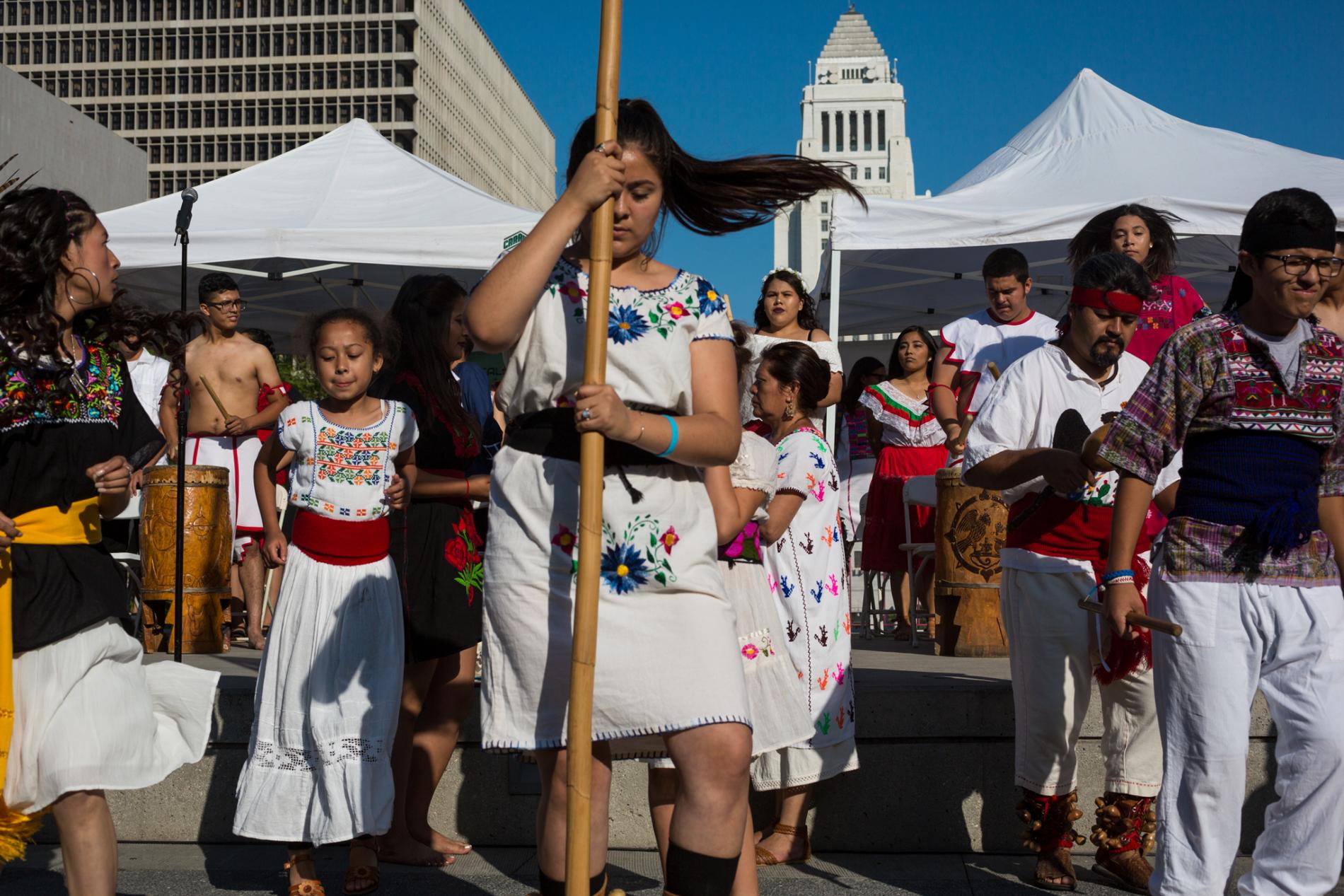

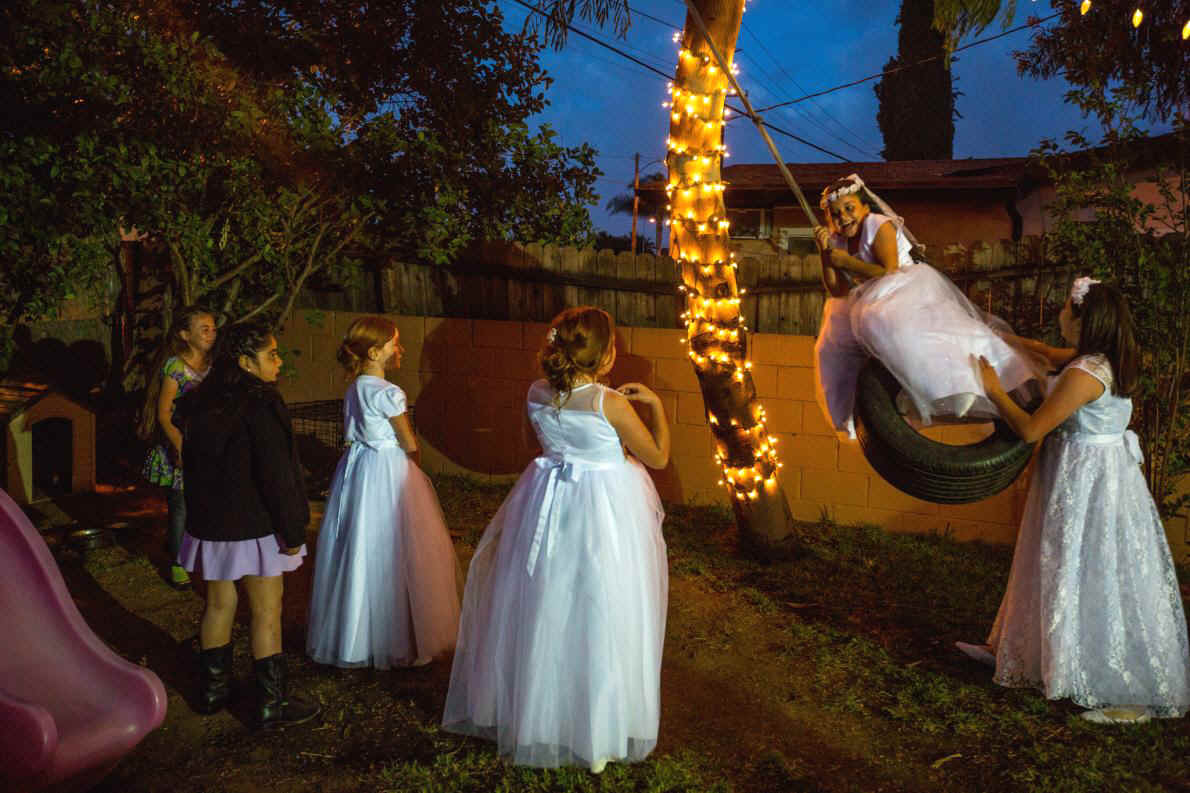
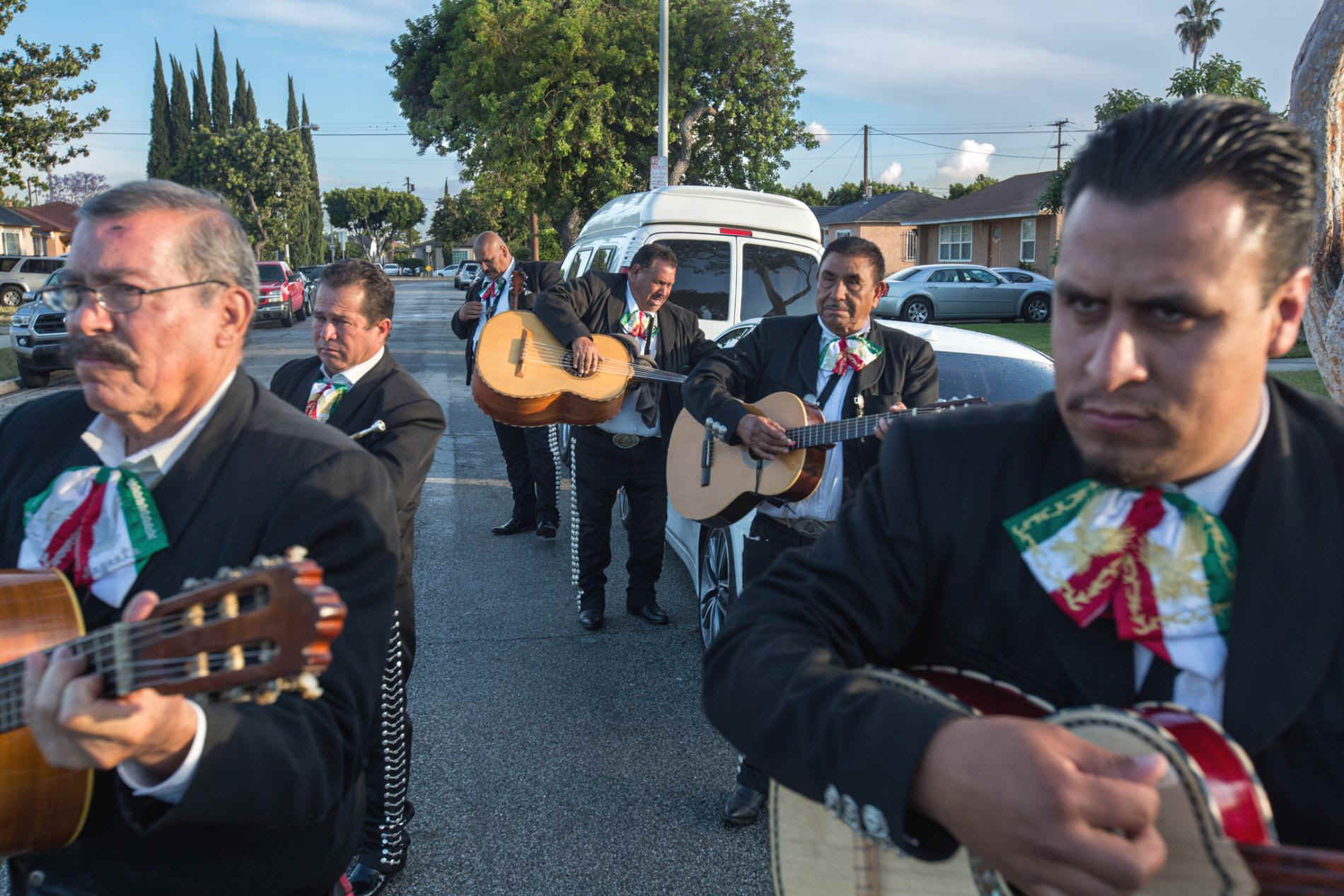
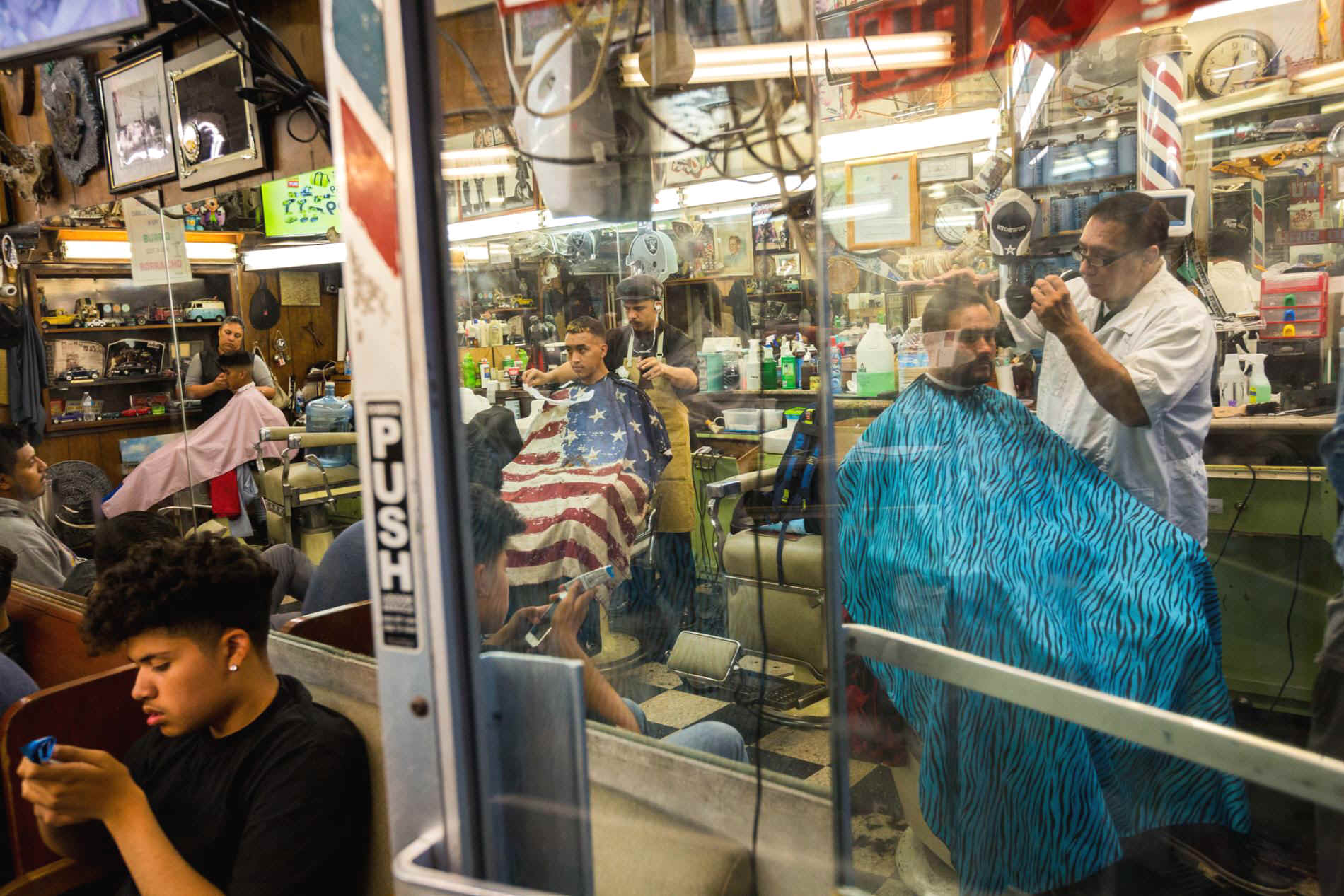
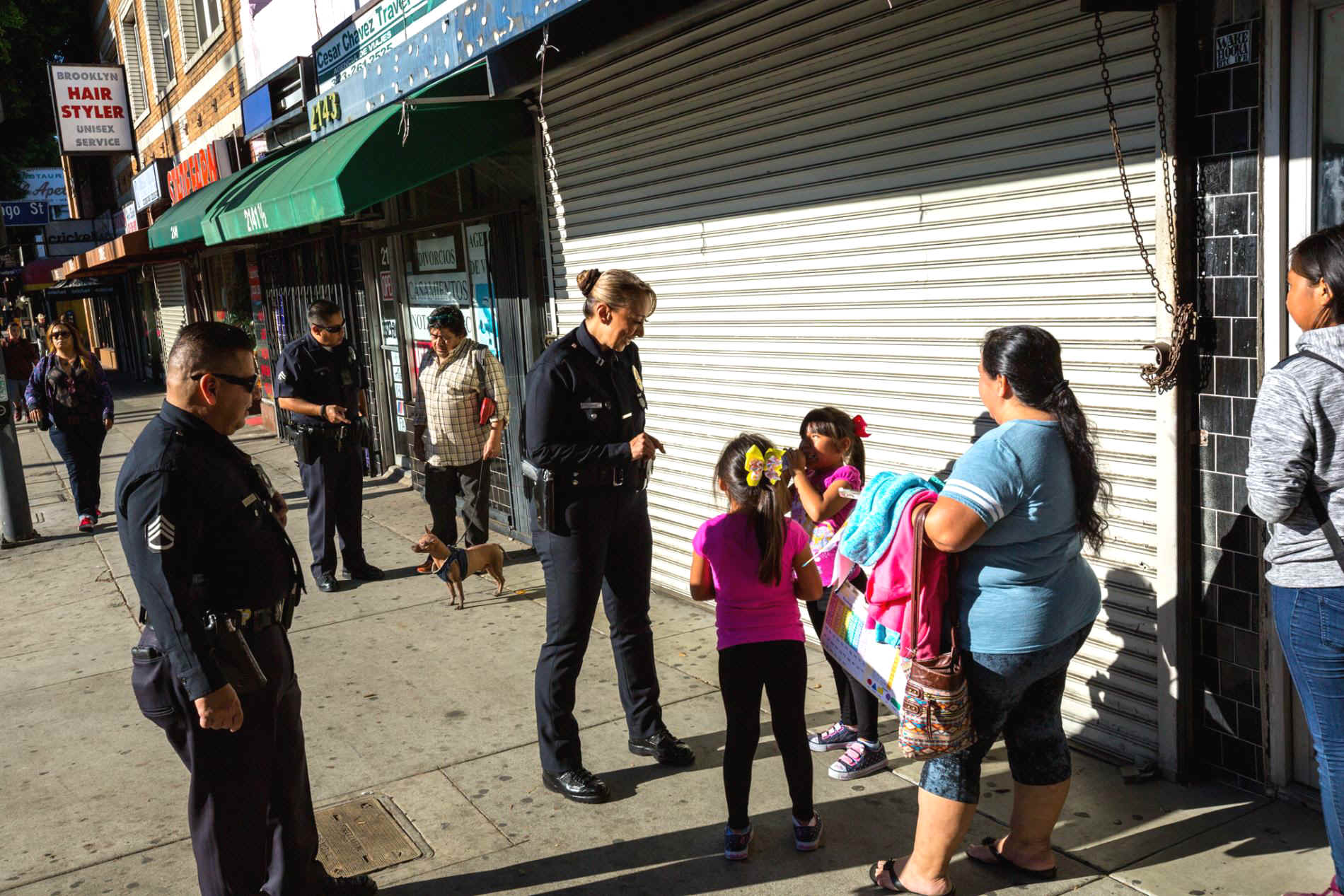
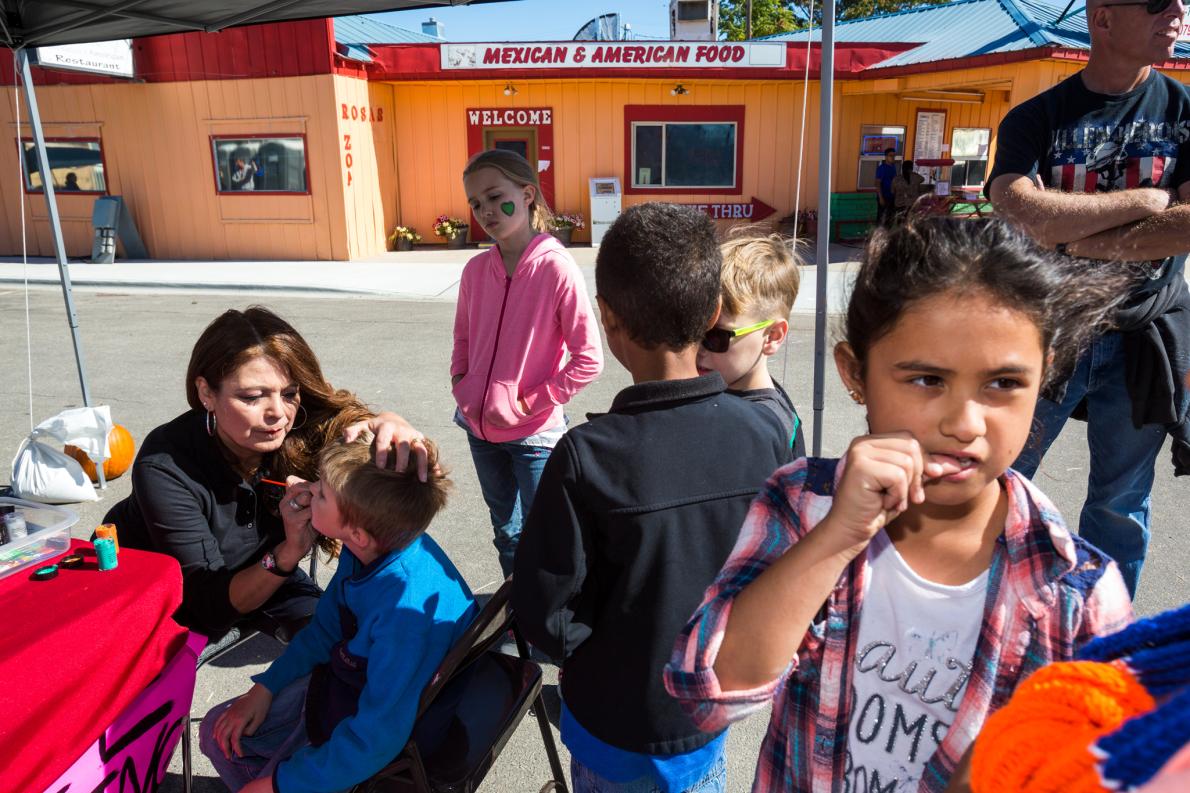
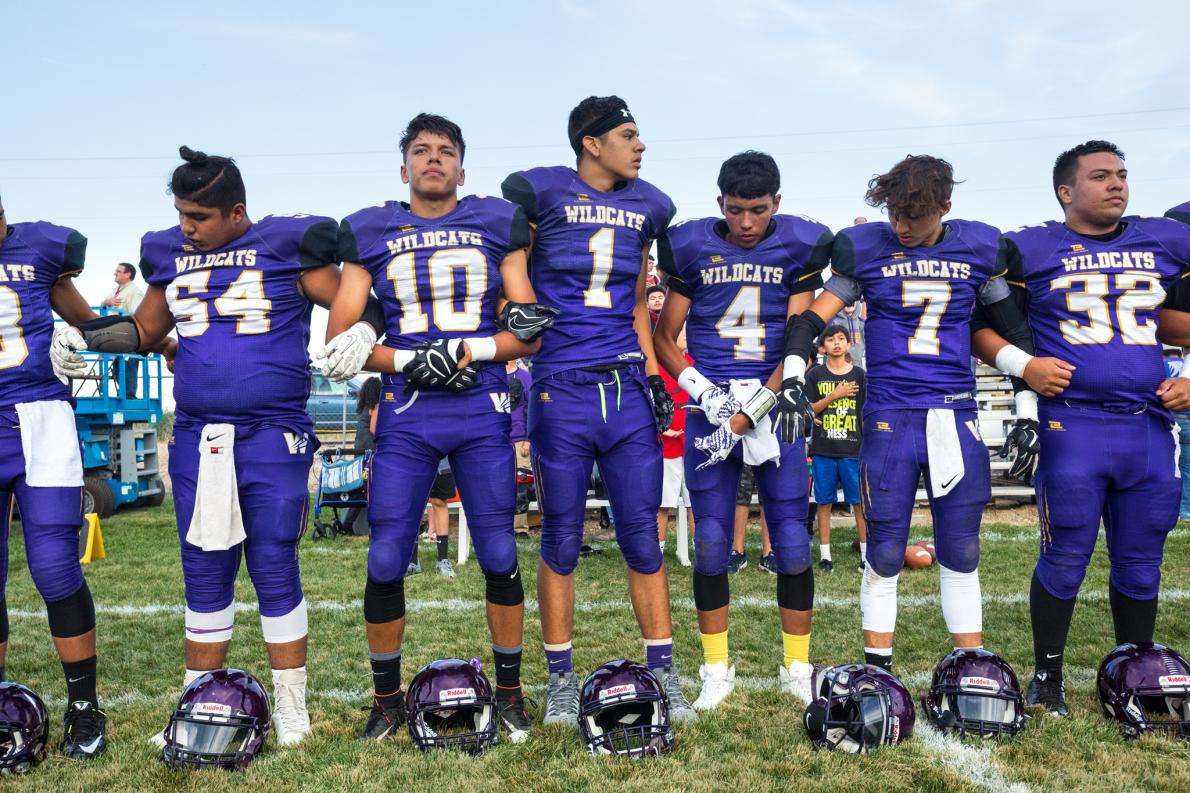


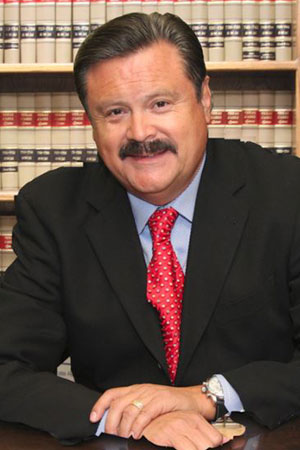

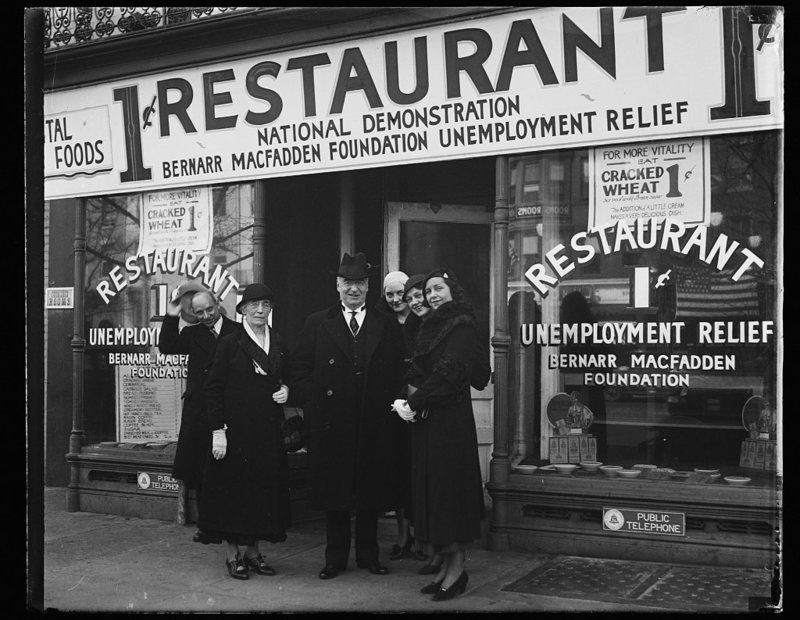
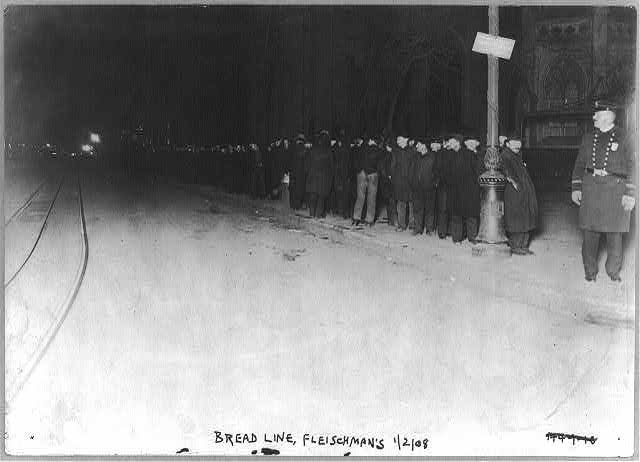

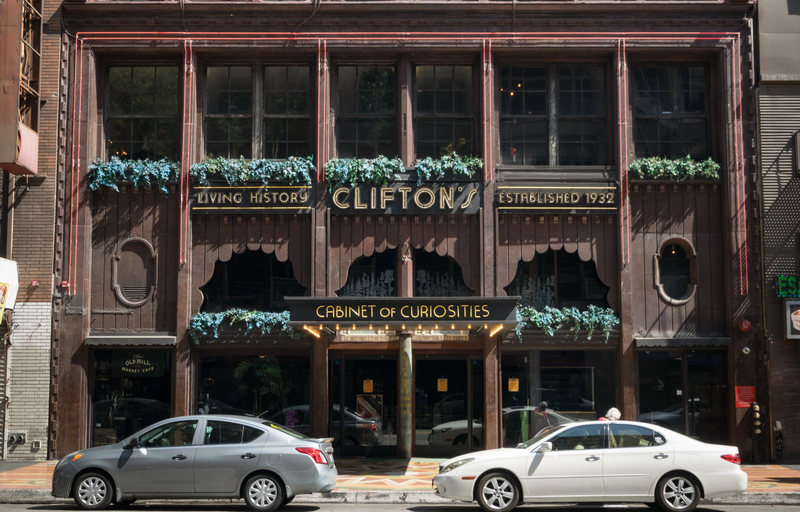
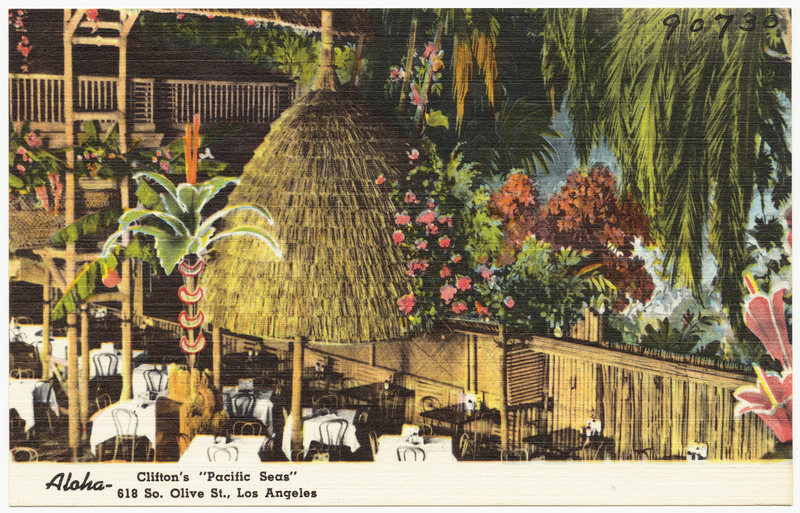
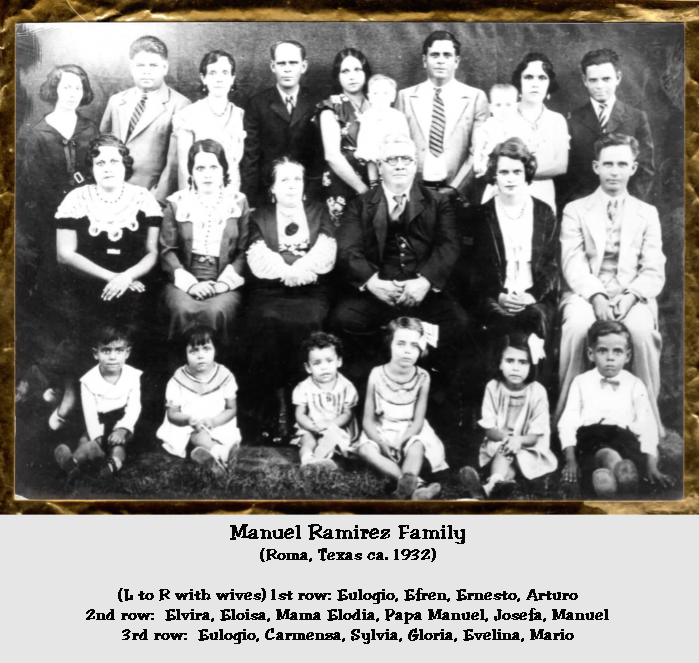

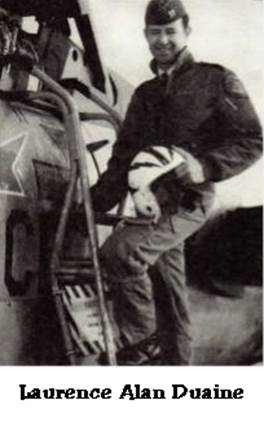
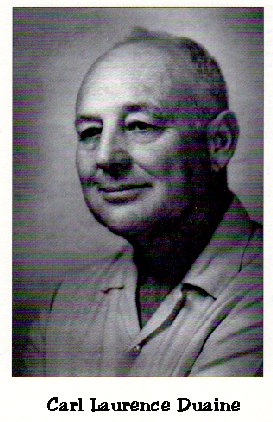























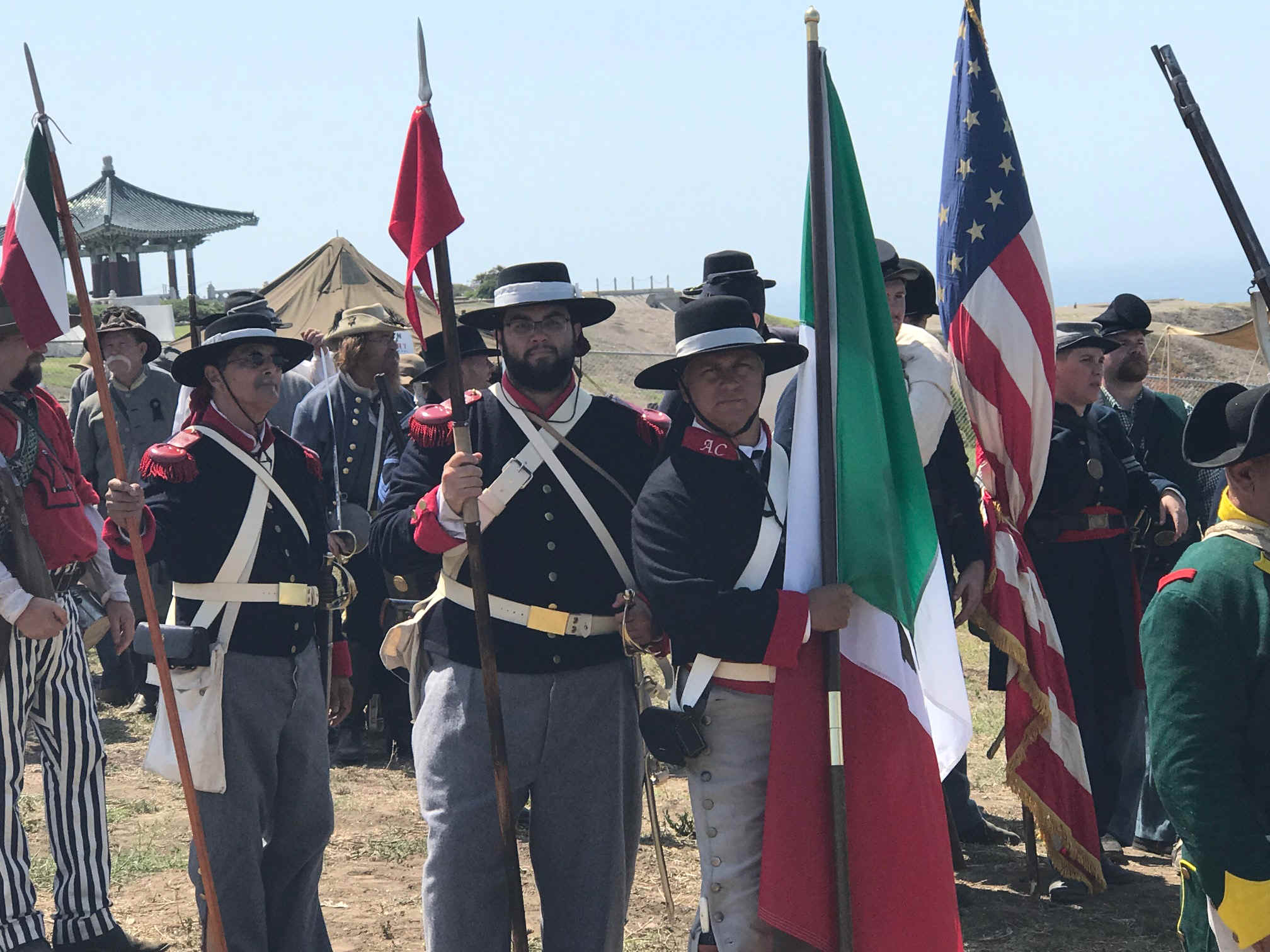
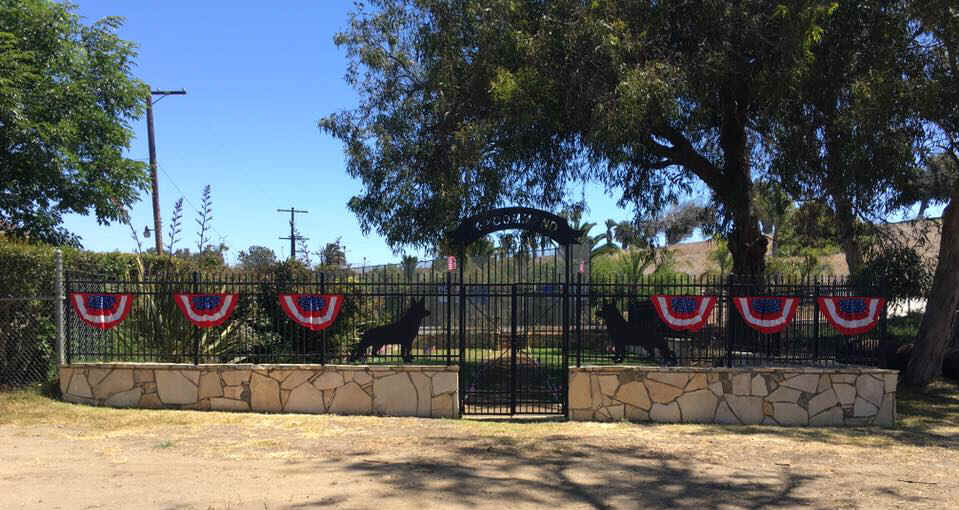
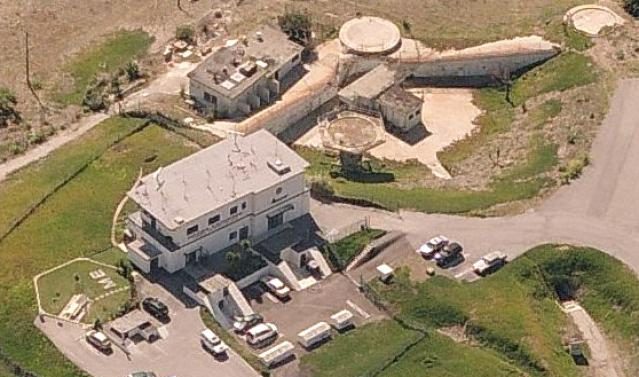
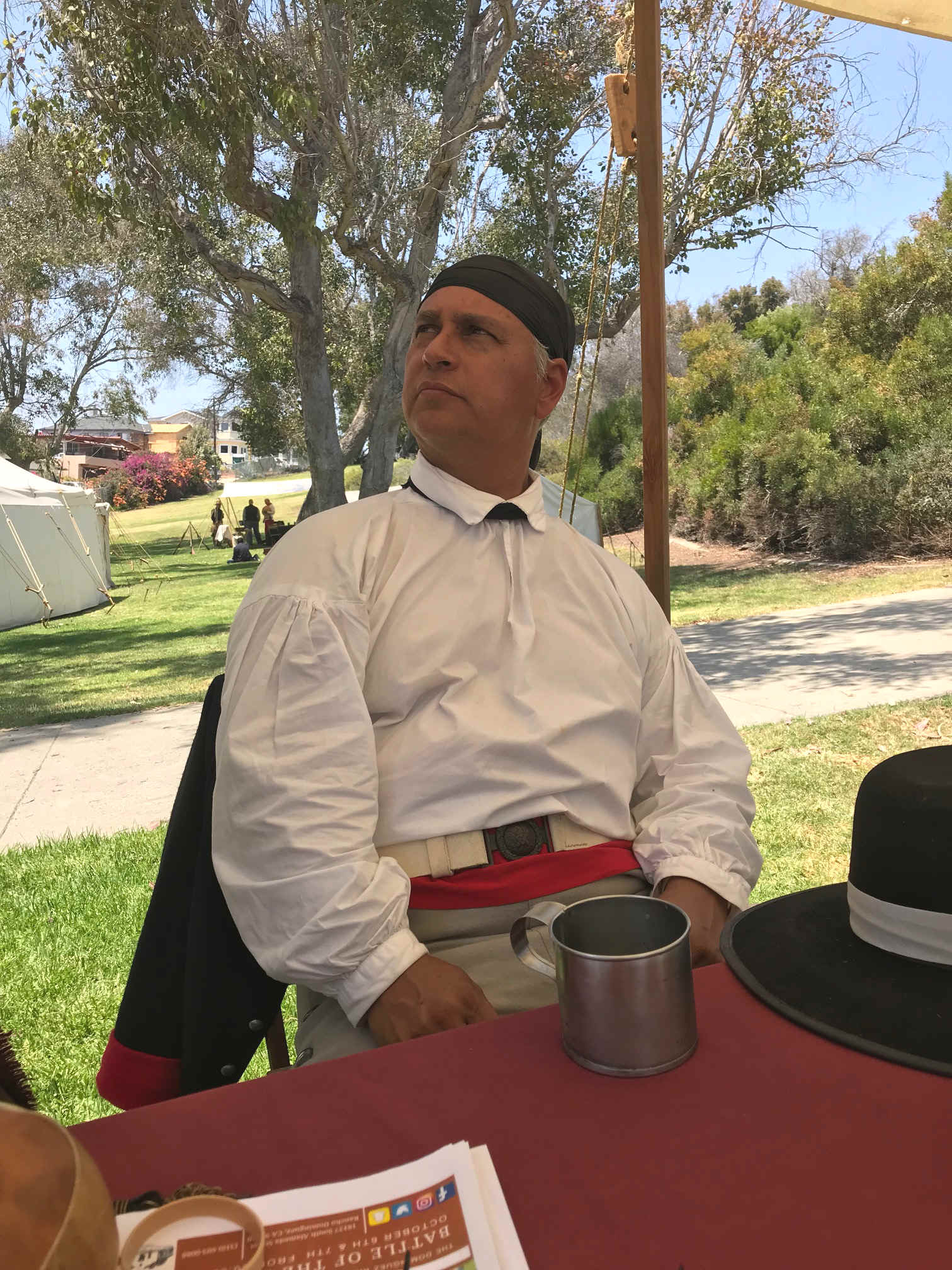
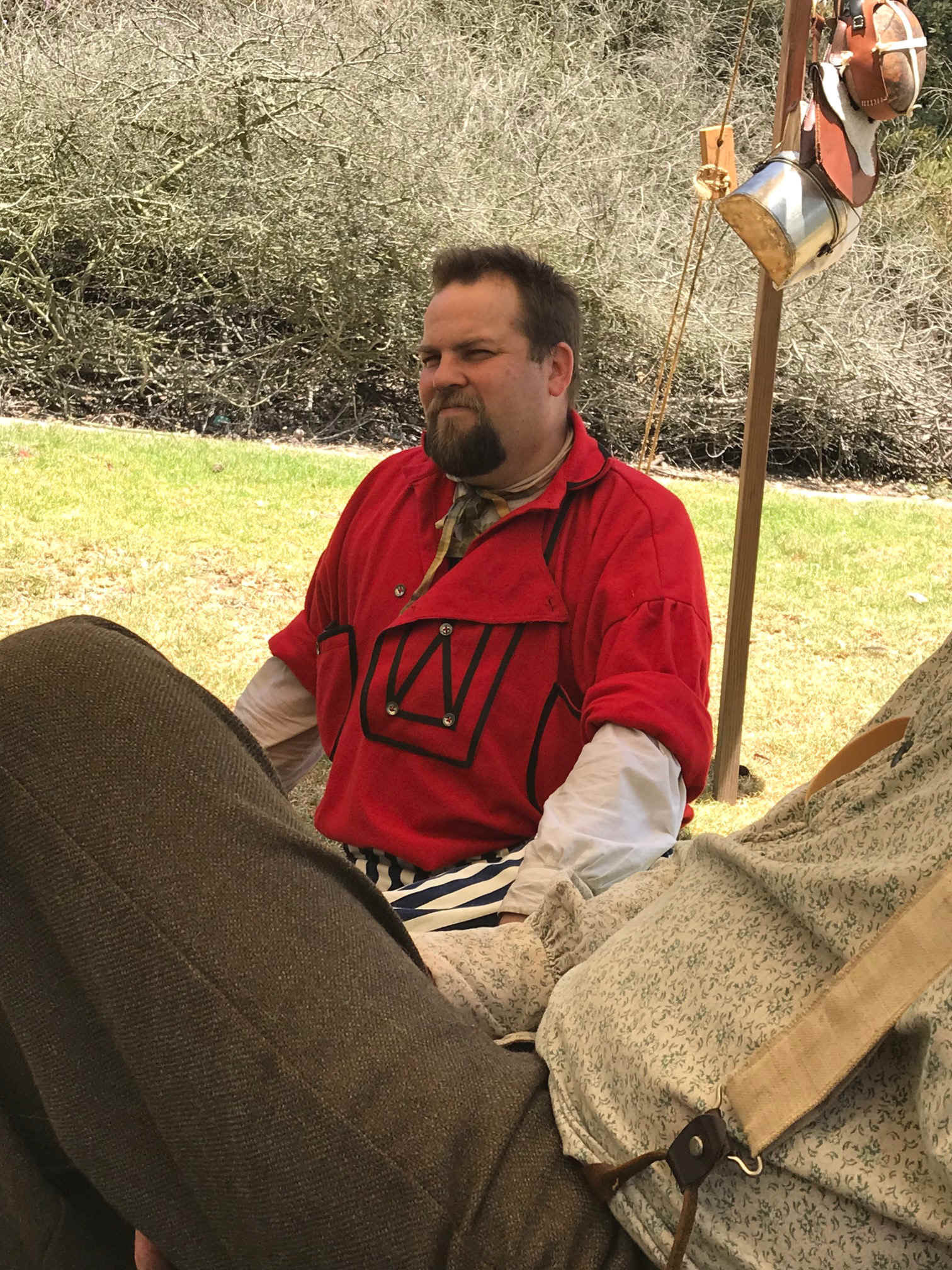
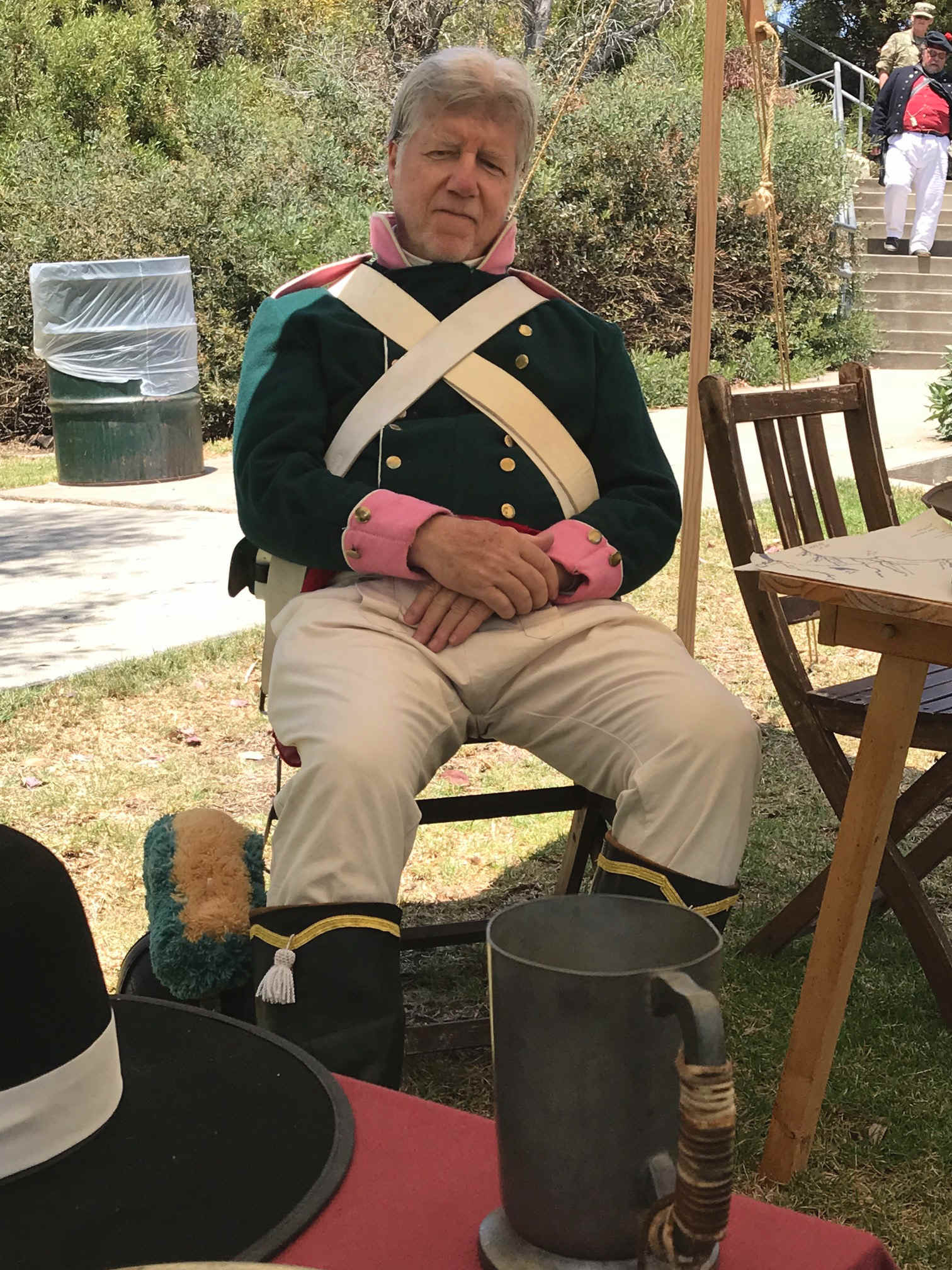
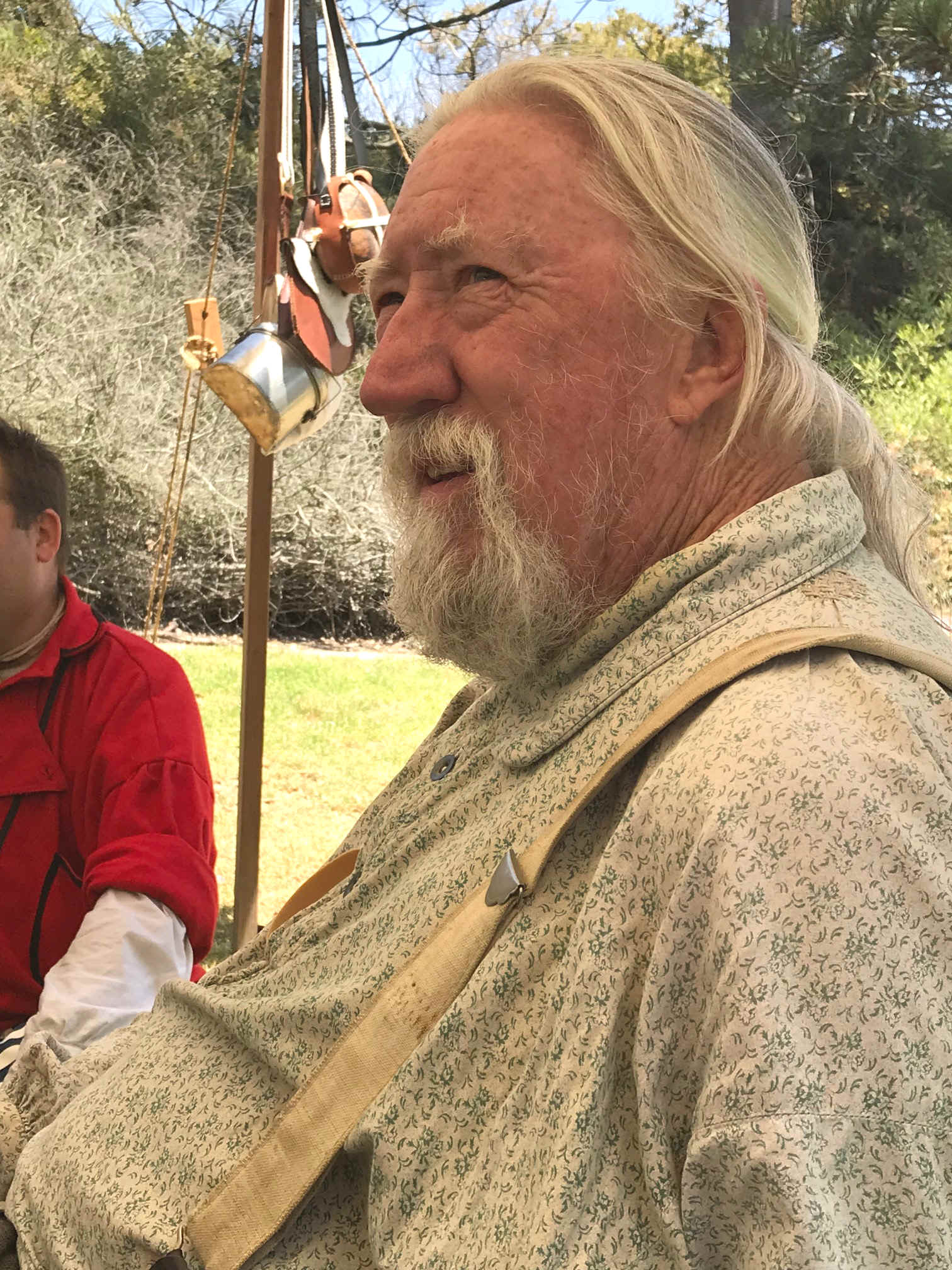
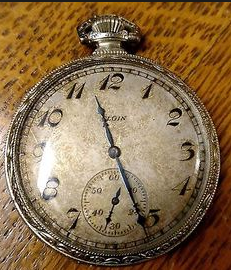
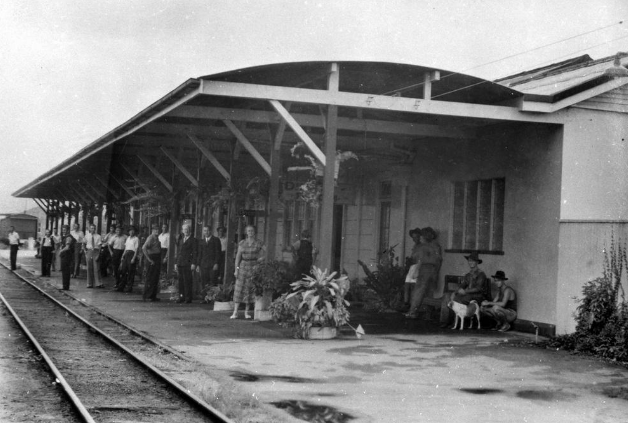


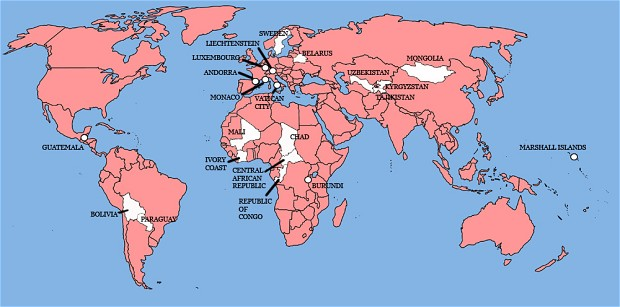
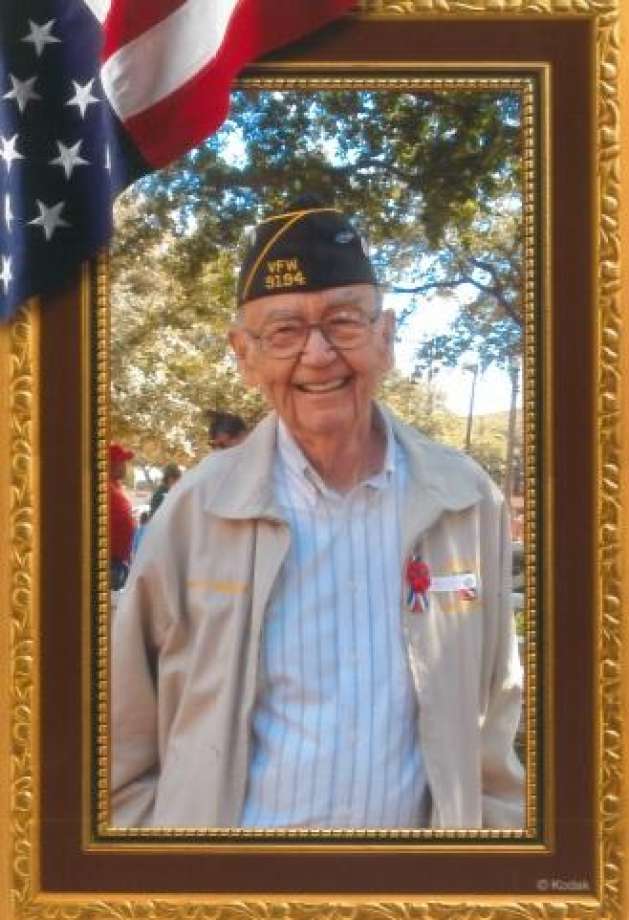
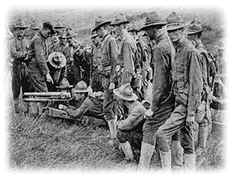

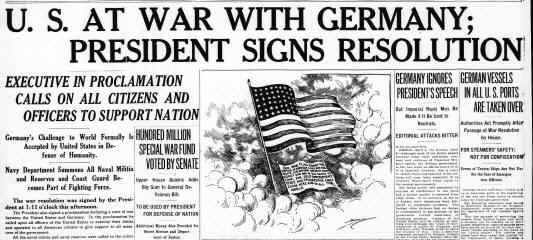
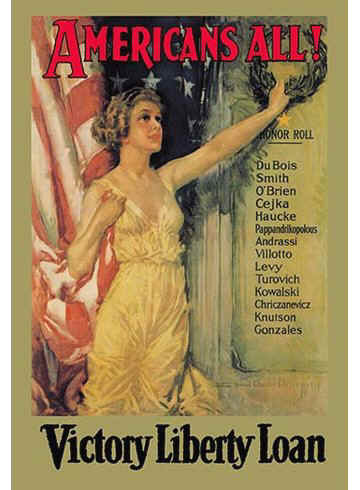
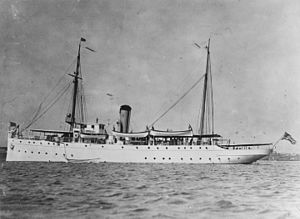 In
August and September 1917, six U.S. Coast Guard Cutters (USCGC), Ossipee,
Seneca, Yamacraw, Algonquin, Manning, , and Tampa left the United States
to join U.S. naval forces in European waters. They constituted Squadron
2 of Division 6 of the patrol forces of the Atlantic Fleet and were
based in Gibraltar. Throughout the war they escorted hundreds of vessels
between Gibraltar and the British Isles. The other large cutters
performed similar duties in home waters, off Bermuda, in the Azores, in
the Caribbean, and off the coast of Nova Scotia. They operated either
under the orders of the commandants of the various naval districts or
under the direct orders of the Chief of Naval Operations. One cutter,
Tampa, was lost in combat with all 115 crew and 15 passengers aboard, a
dreadful loss for such a small service.
In
August and September 1917, six U.S. Coast Guard Cutters (USCGC), Ossipee,
Seneca, Yamacraw, Algonquin, Manning, , and Tampa left the United States
to join U.S. naval forces in European waters. They constituted Squadron
2 of Division 6 of the patrol forces of the Atlantic Fleet and were
based in Gibraltar. Throughout the war they escorted hundreds of vessels
between Gibraltar and the British Isles. The other large cutters
performed similar duties in home waters, off Bermuda, in the Azores, in
the Caribbean, and off the coast of Nova Scotia. They operated either
under the orders of the commandants of the various naval districts or
under the direct orders of the Chief of Naval Operations. One cutter,
Tampa, was lost in combat with all 115 crew and 15 passengers aboard, a
dreadful loss for such a small service. 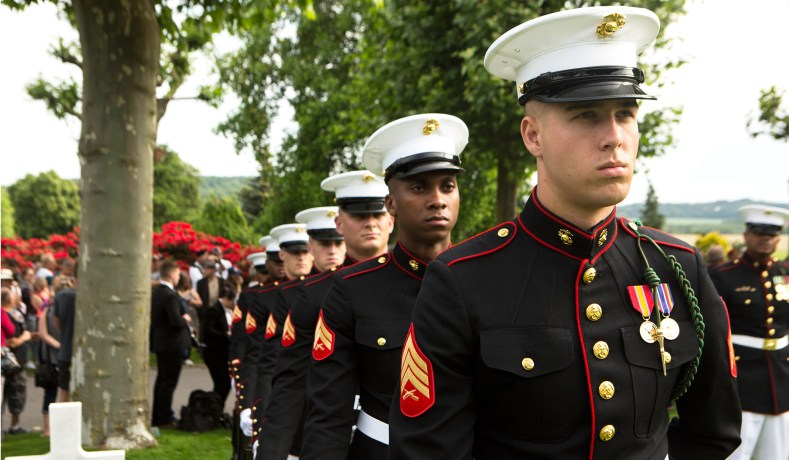
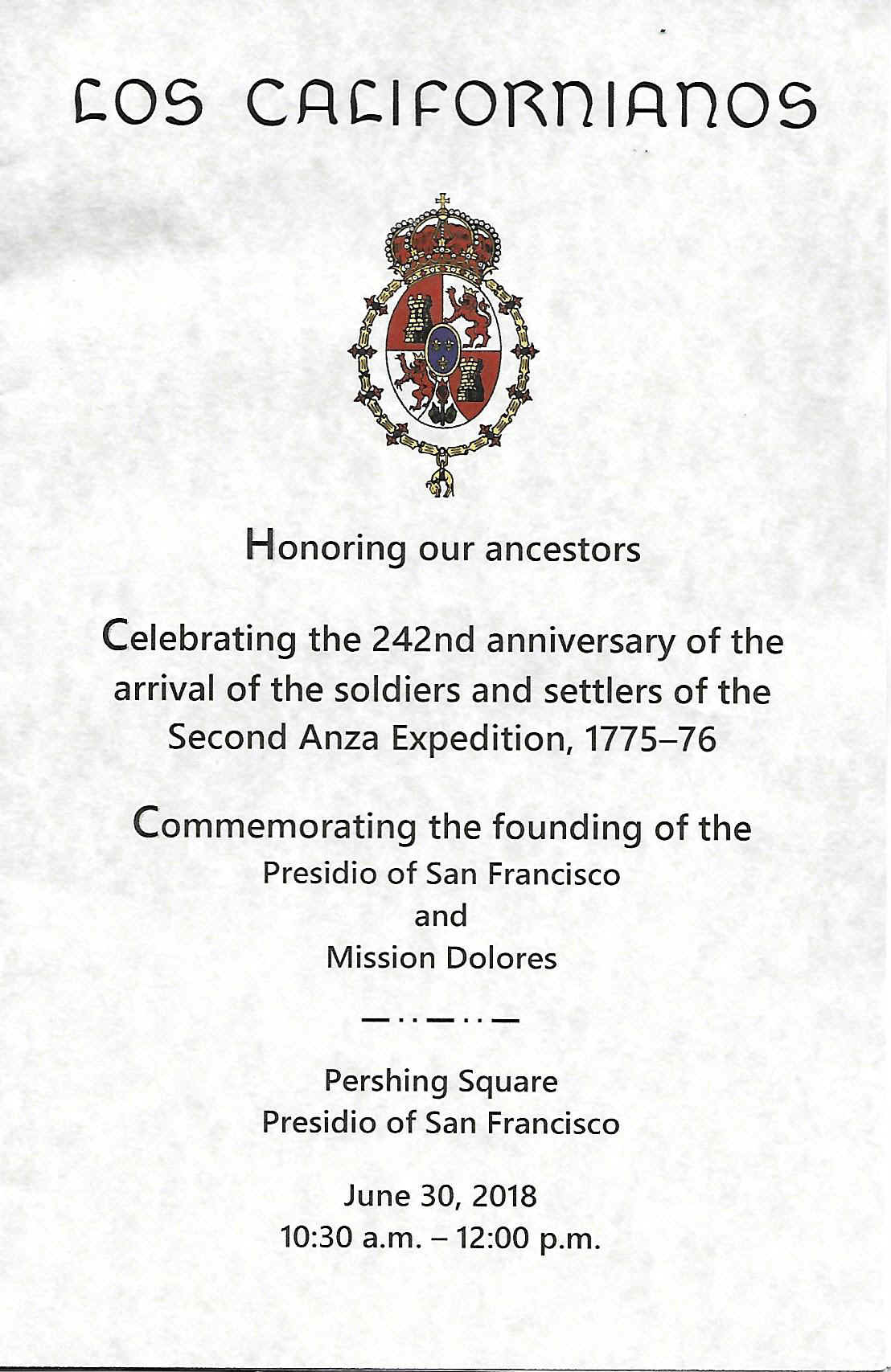
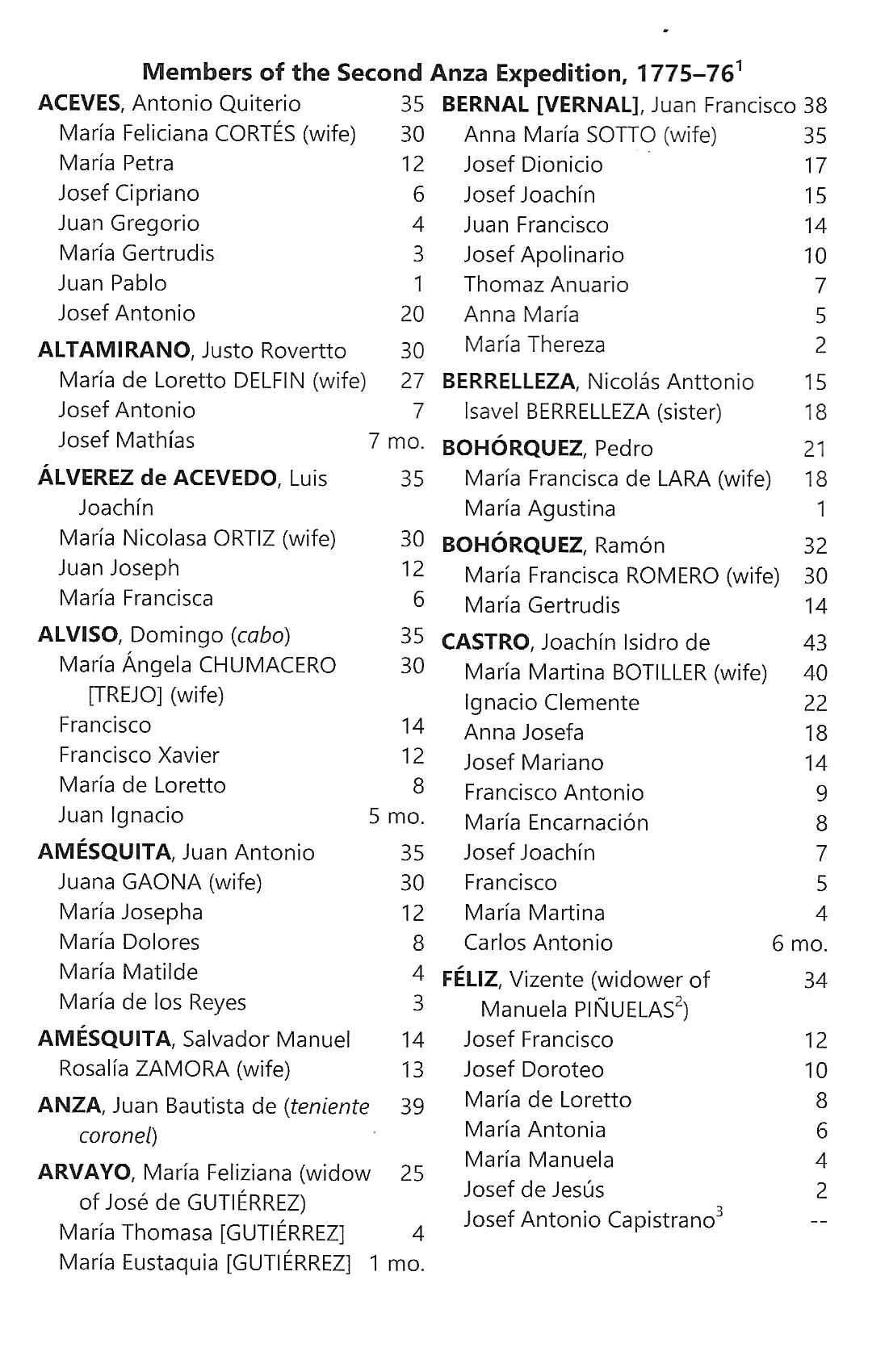
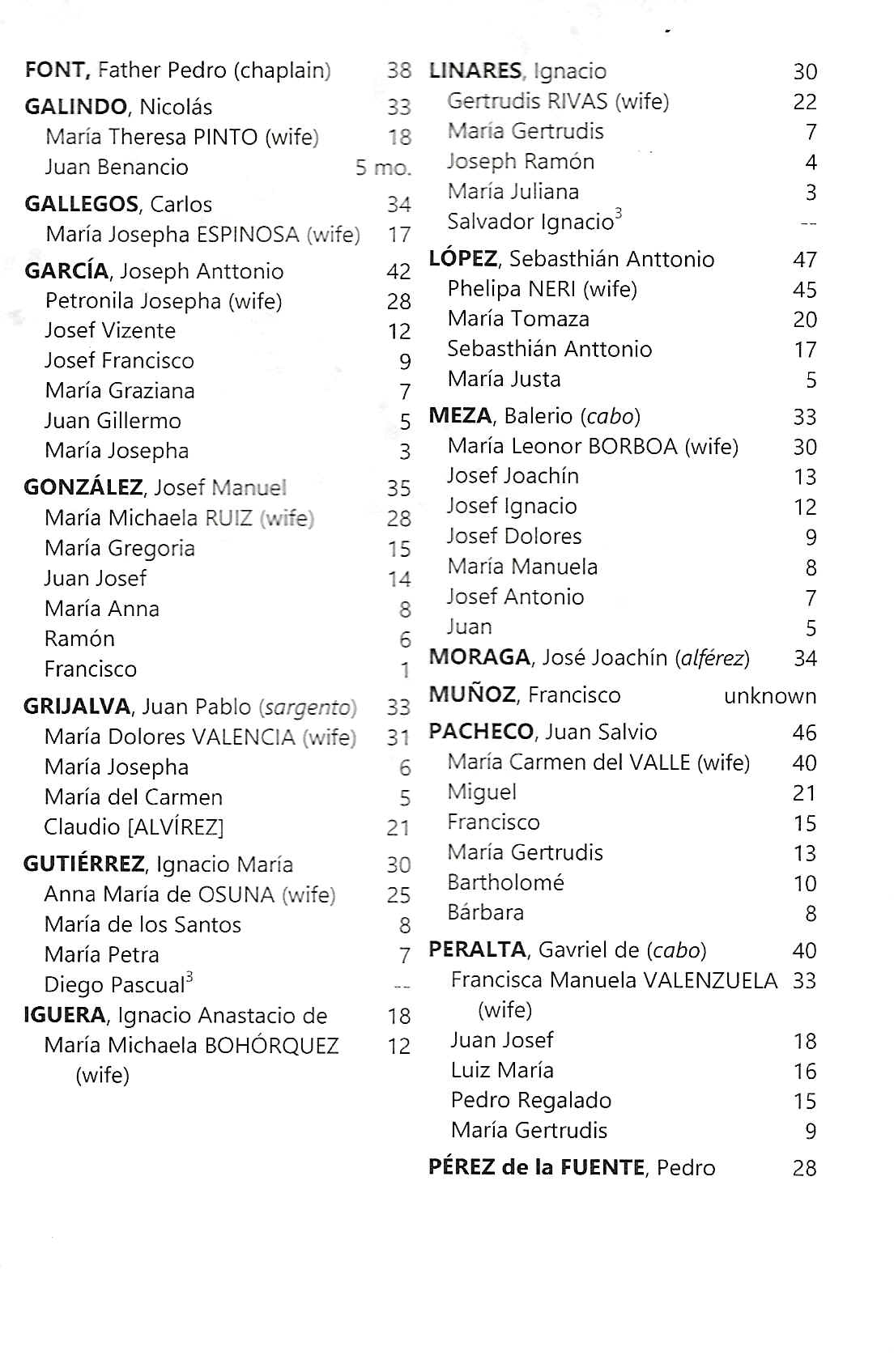
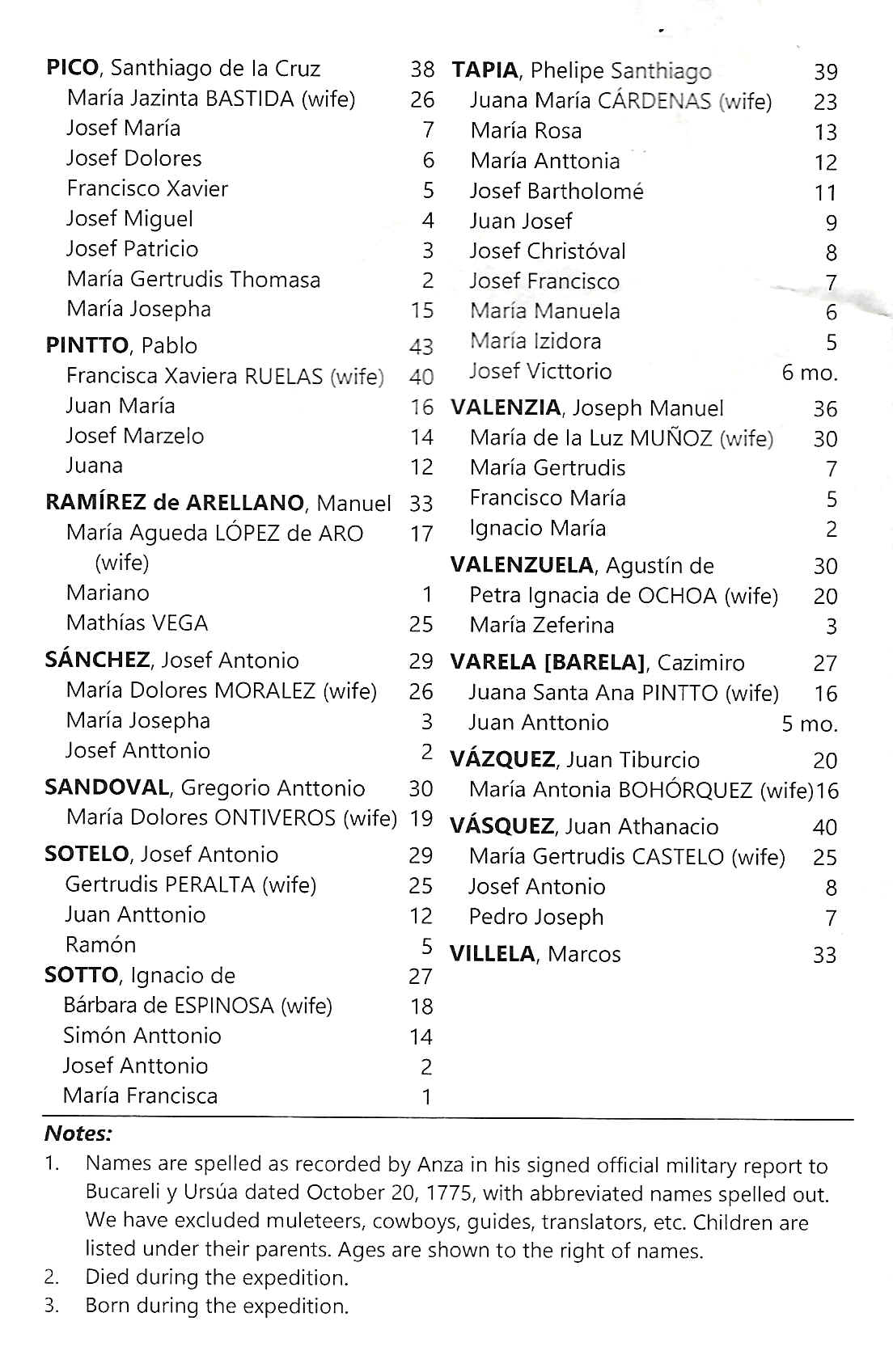
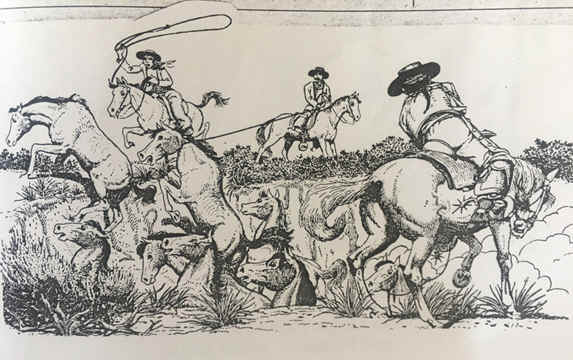
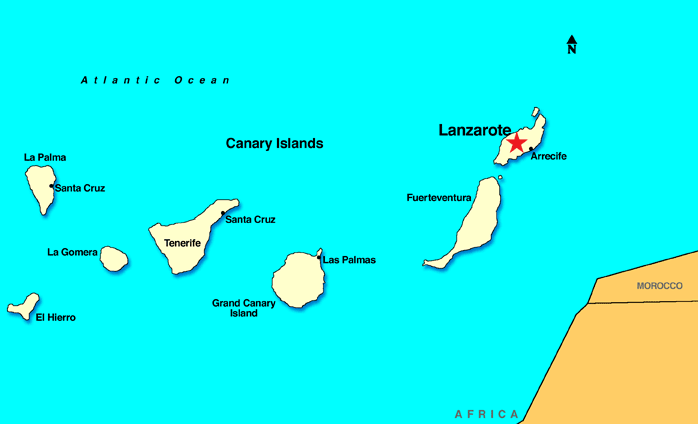
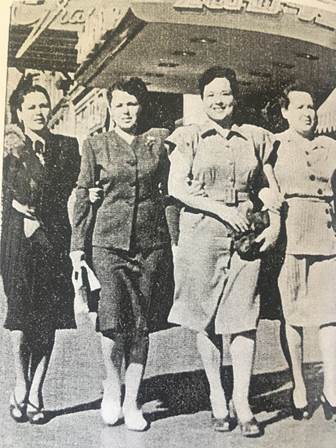


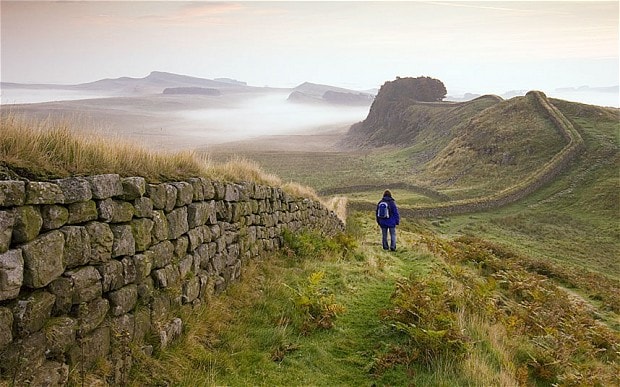


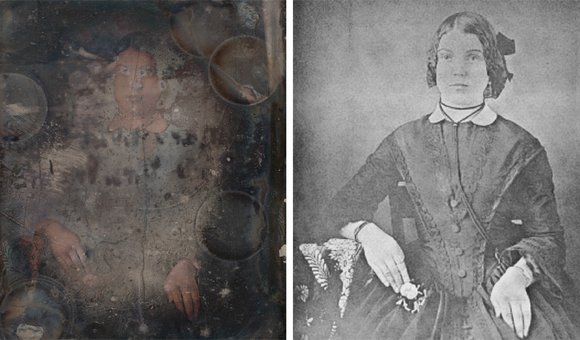


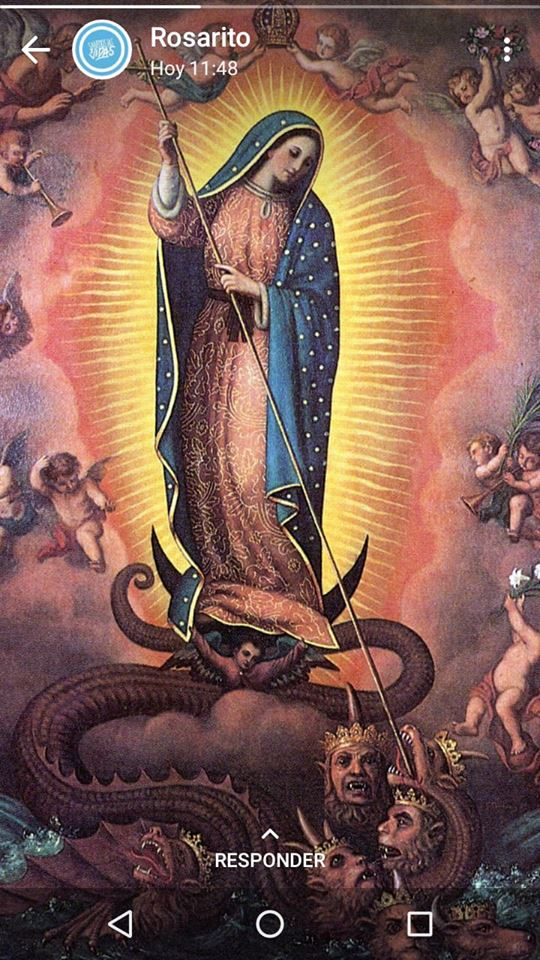

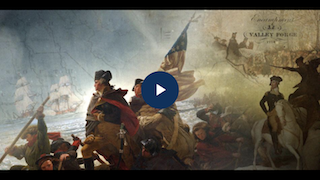
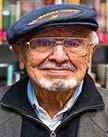
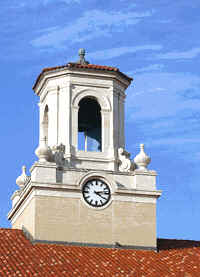 My
dream has not withered like a raisin in the sun, though at my age I
wonder what my “future” would have been had I realized my dream of
being a college or university president. It never happened, but I’m
not bitter. I’m reminded of the last words in The Sun Also Rises
when Brett Ashley says to Jake Barnes: “Oh, Jake, we could have had
such a damned good time together.” And he replies: “Yes,” he said,
“isn’t it pretty to think so.” It is “pretty” to think I would
have made a damned good college president.
My
dream has not withered like a raisin in the sun, though at my age I
wonder what my “future” would have been had I realized my dream of
being a college or university president. It never happened, but I’m
not bitter. I’m reminded of the last words in The Sun Also Rises
when Brett Ashley says to Jake Barnes: “Oh, Jake, we could have had
such a damned good time together.” And he replies: “Yes,” he said,
“isn’t it pretty to think so.” It is “pretty” to think I would
have made a damned good college president.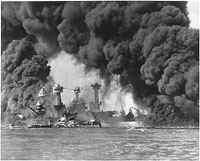
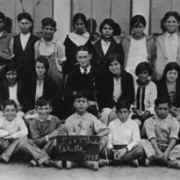
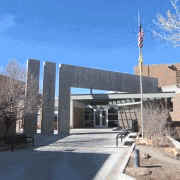
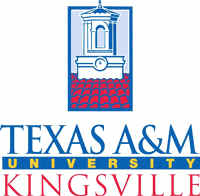 In
Denver I learned about college administration. I completed a
post-doctoral program in Management for Higher Education at the Harriman
Institute of the Graduate School of Business at Columbia University.
This experience plus my 9 years experience in the Air Force as manager
of a number of multi-million dollar projects buoyed my expectations. By
1973 I thought I could handle a presidency. Jim Palmer thought so too.
In
Denver I learned about college administration. I completed a
post-doctoral program in Management for Higher Education at the Harriman
Institute of the Graduate School of Business at Columbia University.
This experience plus my 9 years experience in the Air Force as manager
of a number of multi-million dollar projects buoyed my expectations. By
1973 I thought I could handle a presidency. Jim Palmer thought so too.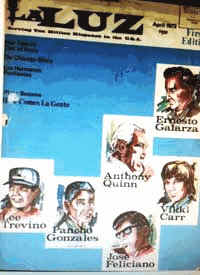 This
was my personal encounter with La Leyenda Negra: Historical
Distortion, Defamation, Slander, Libel, and Stereotyping of Hispan-ics. After
the disappointing news, I stayed with Jim Palmer another year. In the
meantime, Dan Valdes had drawn me into his circle at La Luz
(first national Hispanic public affairs magazine in English) as founding
Associate Publisher. In 1974 Dan encouraged me to join the organizing
group for the Hispanic University of America (first national effort to
found a university for American Hispanics comparable to black
universities already in existence). I became founding vice chancellor
for academic development and stayed until 1978 when I was asked to
organize the Institute for Intercul-tural Studies and Research at Our
Lady of the Lake University in San Antonio, Texas. The prob-lematic
funding for the Hispanic University of America in Denver made my
continuation with the institution economically unfeasible.
This
was my personal encounter with La Leyenda Negra: Historical
Distortion, Defamation, Slander, Libel, and Stereotyping of Hispan-ics. After
the disappointing news, I stayed with Jim Palmer another year. In the
meantime, Dan Valdes had drawn me into his circle at La Luz
(first national Hispanic public affairs magazine in English) as founding
Associate Publisher. In 1974 Dan encouraged me to join the organizing
group for the Hispanic University of America (first national effort to
found a university for American Hispanics comparable to black
universities already in existence). I became founding vice chancellor
for academic development and stayed until 1978 when I was asked to
organize the Institute for Intercul-tural Studies and Research at Our
Lady of the Lake University in San Antonio, Texas. The prob-lematic
funding for the Hispanic University of America in Denver made my
continuation with the institution economically unfeasible.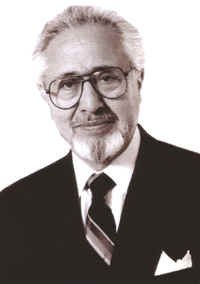 I
retired from “the academy” in 1999 after 35 years of administration
and teaching. However, I started teaching more than 50 years ago in
January of 1952 as a teacher of French when getting a job in Texas as a
teacher of English was difficult for a Mexican American. After a year of
retirement, I missed the classroom and in 2000 returned to teaching as a
Visiting Scholar and lecturer in English at Texas A&M University–
Kingsville, the same institution where I had applied for a presidency
some 28 years earlier. In the fall of 2001 there was a search for a new
president since Marc Cisneros, the first Mexican American president of
the university, had resigned the post. Once more I applied. Only this
time I did so more as a lark to see just how viable a candidate I
could be after so many years. I recognized that my viability was a long
shot. But–what of it? The dream was still there. “What I aspired to
be and was not comforts me.”
I
retired from “the academy” in 1999 after 35 years of administration
and teaching. However, I started teaching more than 50 years ago in
January of 1952 as a teacher of French when getting a job in Texas as a
teacher of English was difficult for a Mexican American. After a year of
retirement, I missed the classroom and in 2000 returned to teaching as a
Visiting Scholar and lecturer in English at Texas A&M University–
Kingsville, the same institution where I had applied for a presidency
some 28 years earlier. In the fall of 2001 there was a search for a new
president since Marc Cisneros, the first Mexican American president of
the university, had resigned the post. Once more I applied. Only this
time I did so more as a lark to see just how viable a candidate I
could be after so many years. I recognized that my viability was a long
shot. But–what of it? The dream was still there. “What I aspired to
be and was not comforts me.”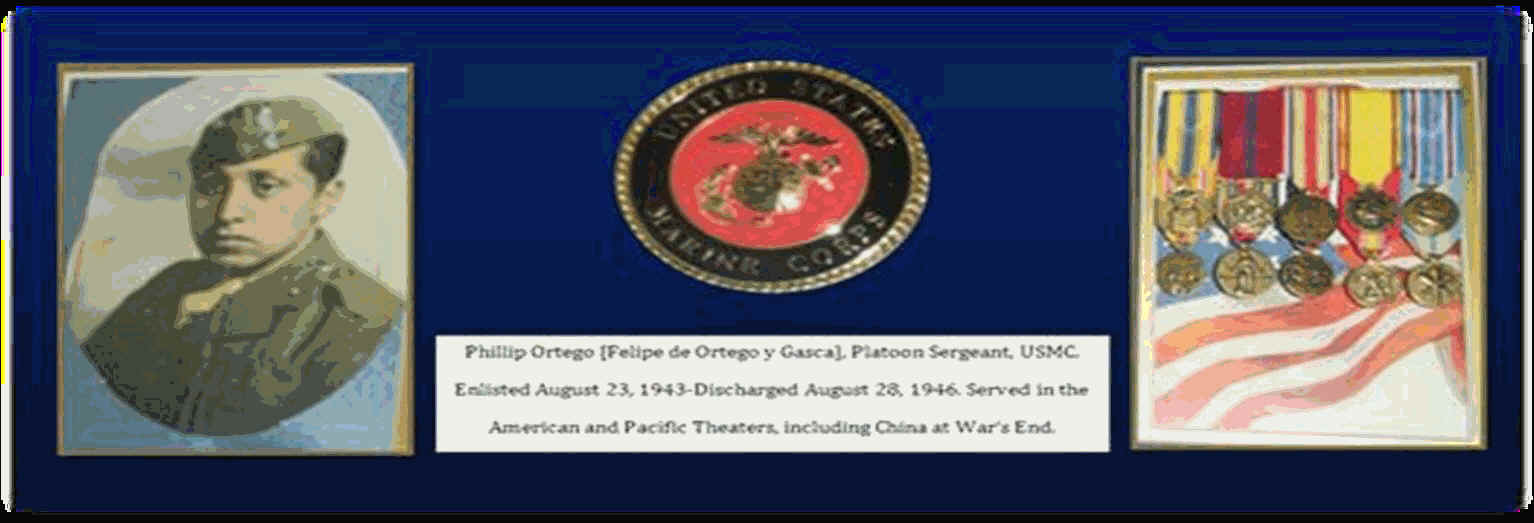

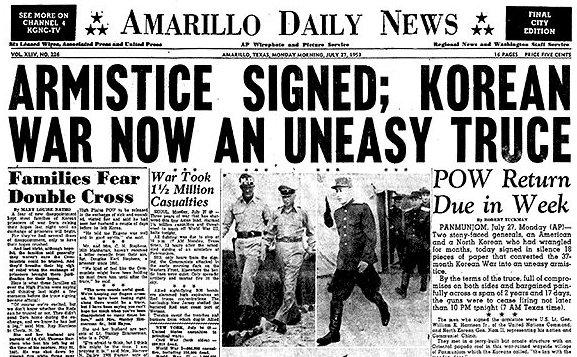

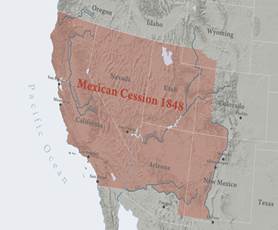


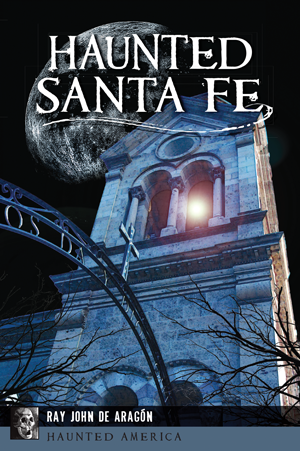
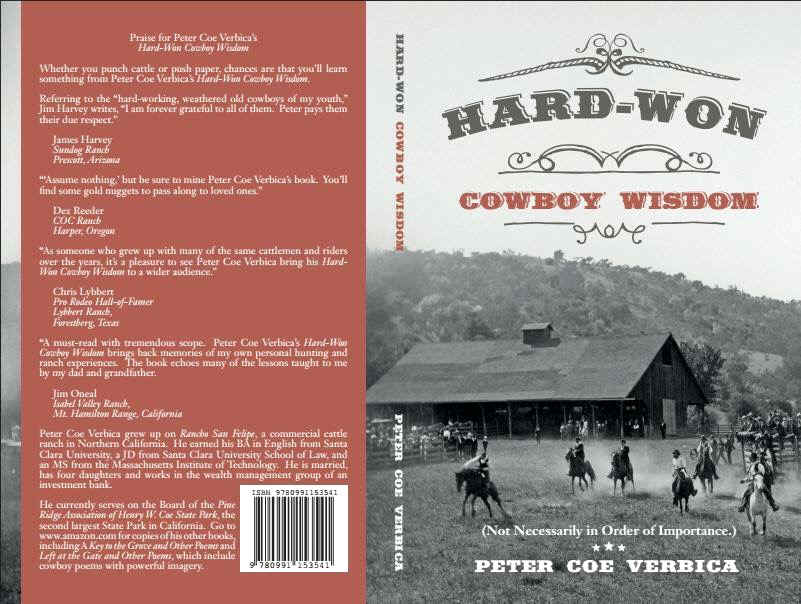
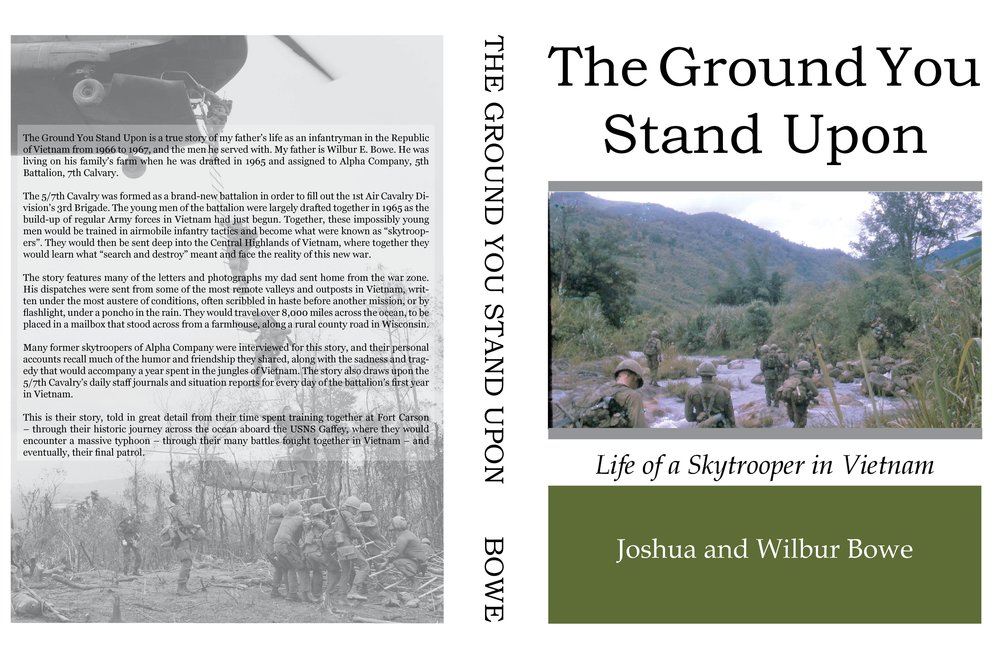

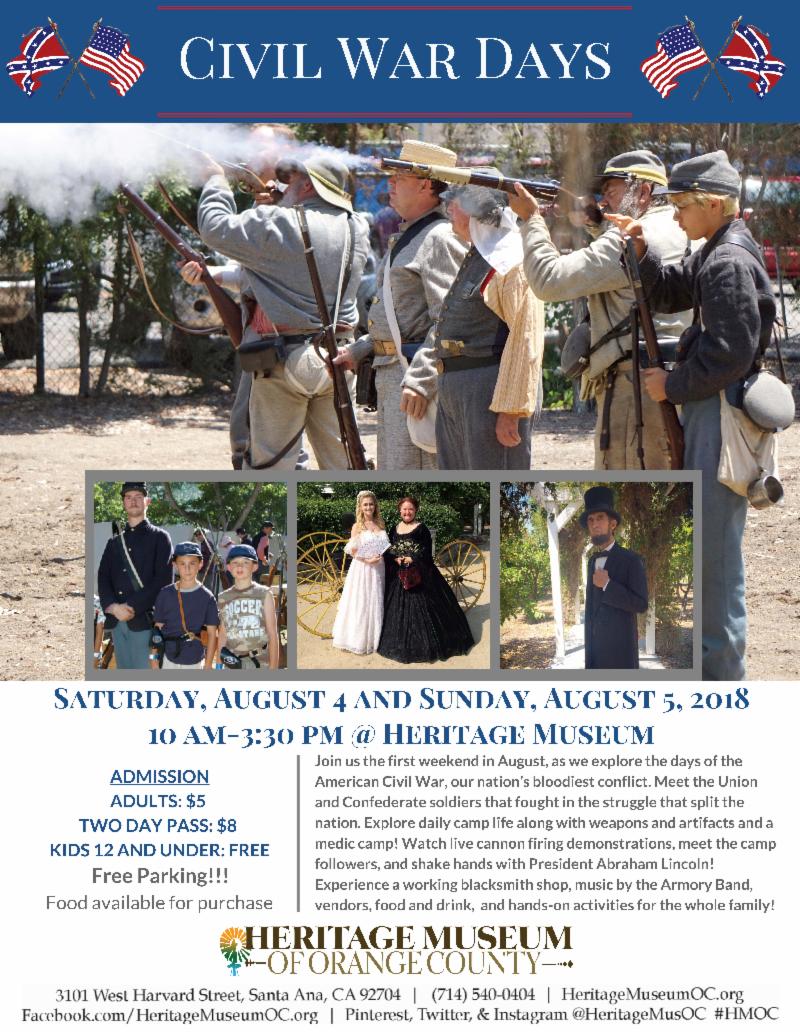
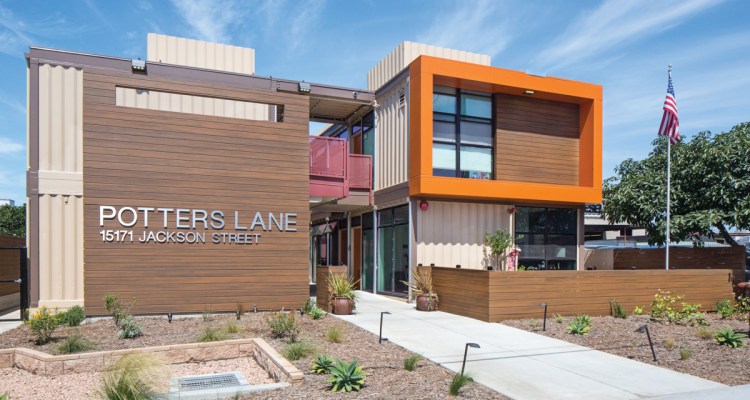
 Potter’s
Lane has been recognized two years running for its innovative and
attractive design for a total of 5 Awards of Merit for the
PCBC’s Golden Nugget Awards which showcase projects from across
the nation. This year’s categories honoring Potter’s Lane
include Best Affordable Housing Community and Residential Housing
Project of the Year! We are very proud to announce the Project has
won the 2017 Golden Nugget Award for Best Affordable Housing
Project and we wish to thank and congratulate our design partner
SVA Architects Inc.
Potter’s
Lane has been recognized two years running for its innovative and
attractive design for a total of 5 Awards of Merit for the
PCBC’s Golden Nugget Awards which showcase projects from across
the nation. This year’s categories honoring Potter’s Lane
include Best Affordable Housing Community and Residential Housing
Project of the Year! We are very proud to announce the Project has
won the 2017 Golden Nugget Award for Best Affordable Housing
Project and we wish to thank and congratulate our design partner
SVA Architects Inc.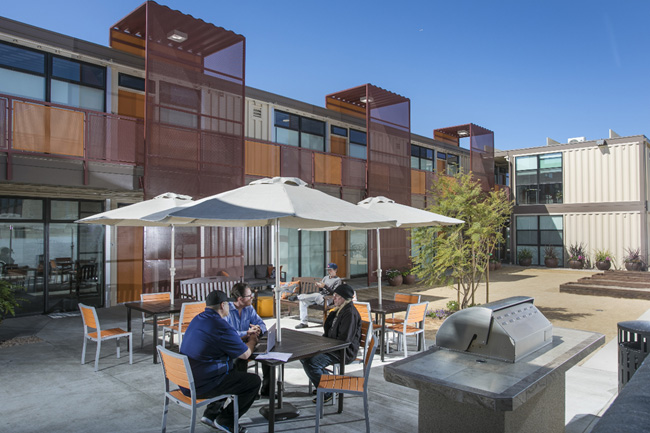
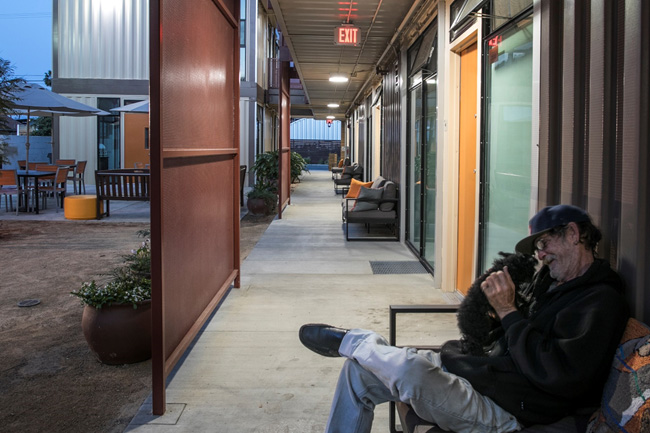


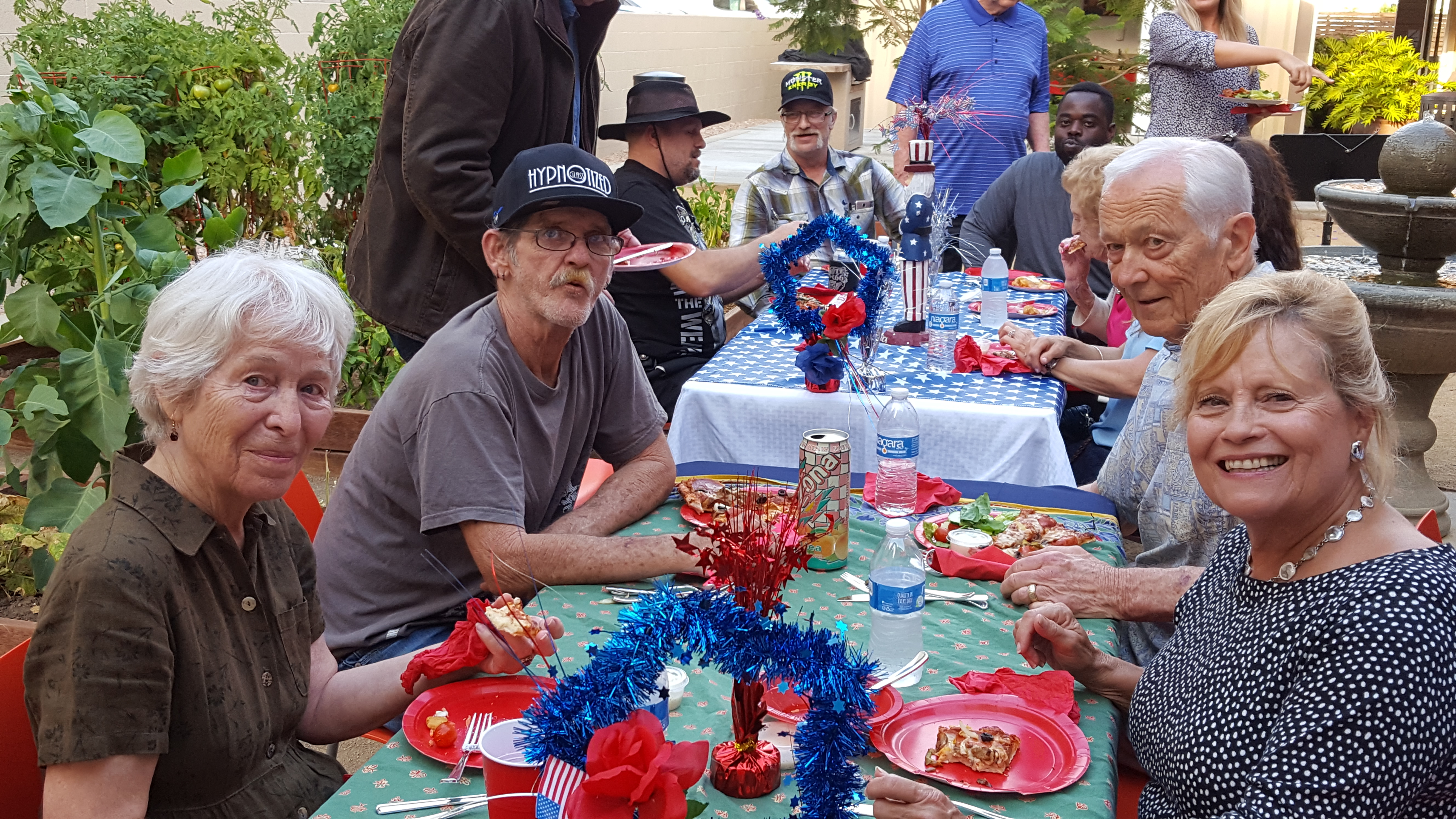
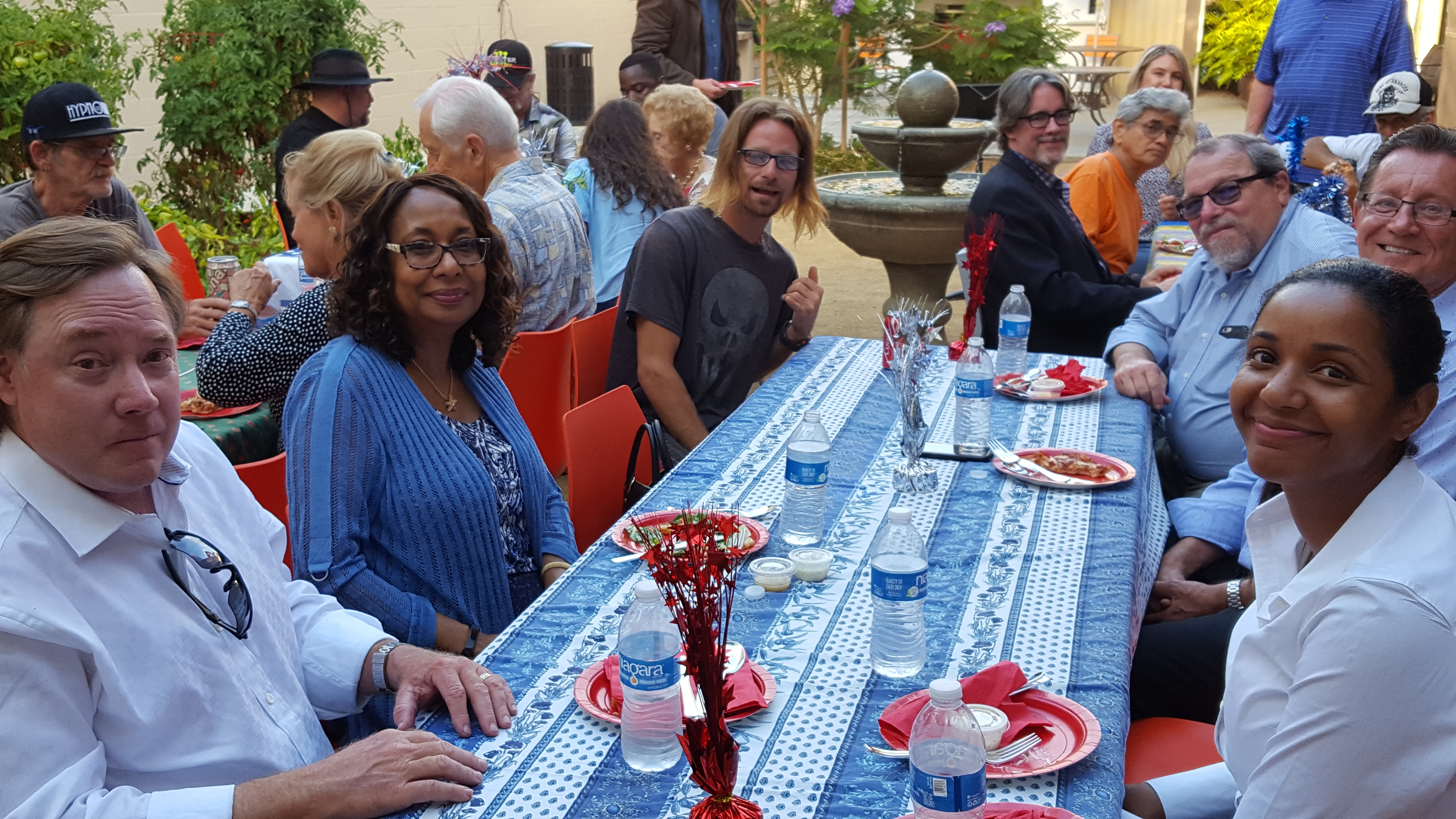
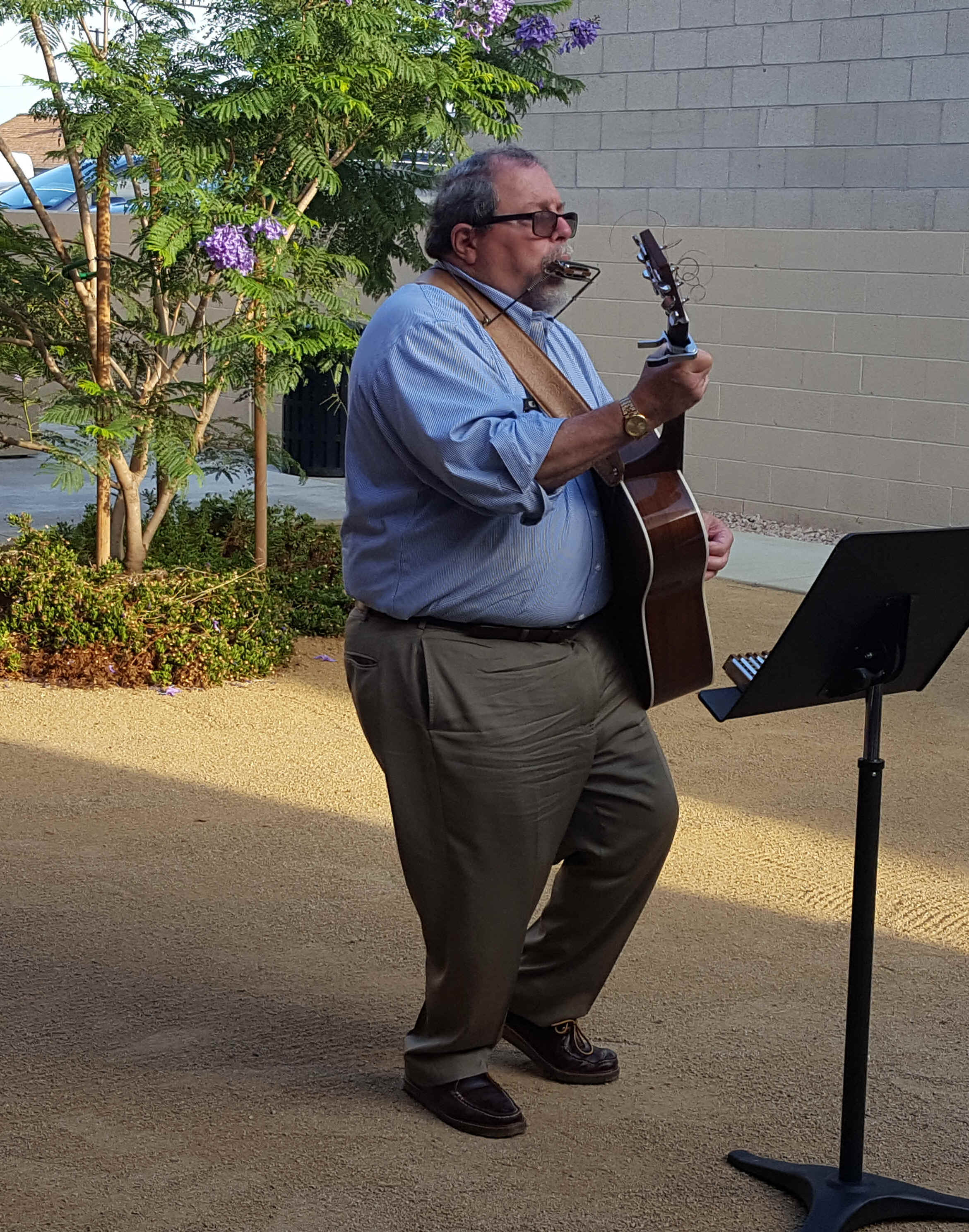
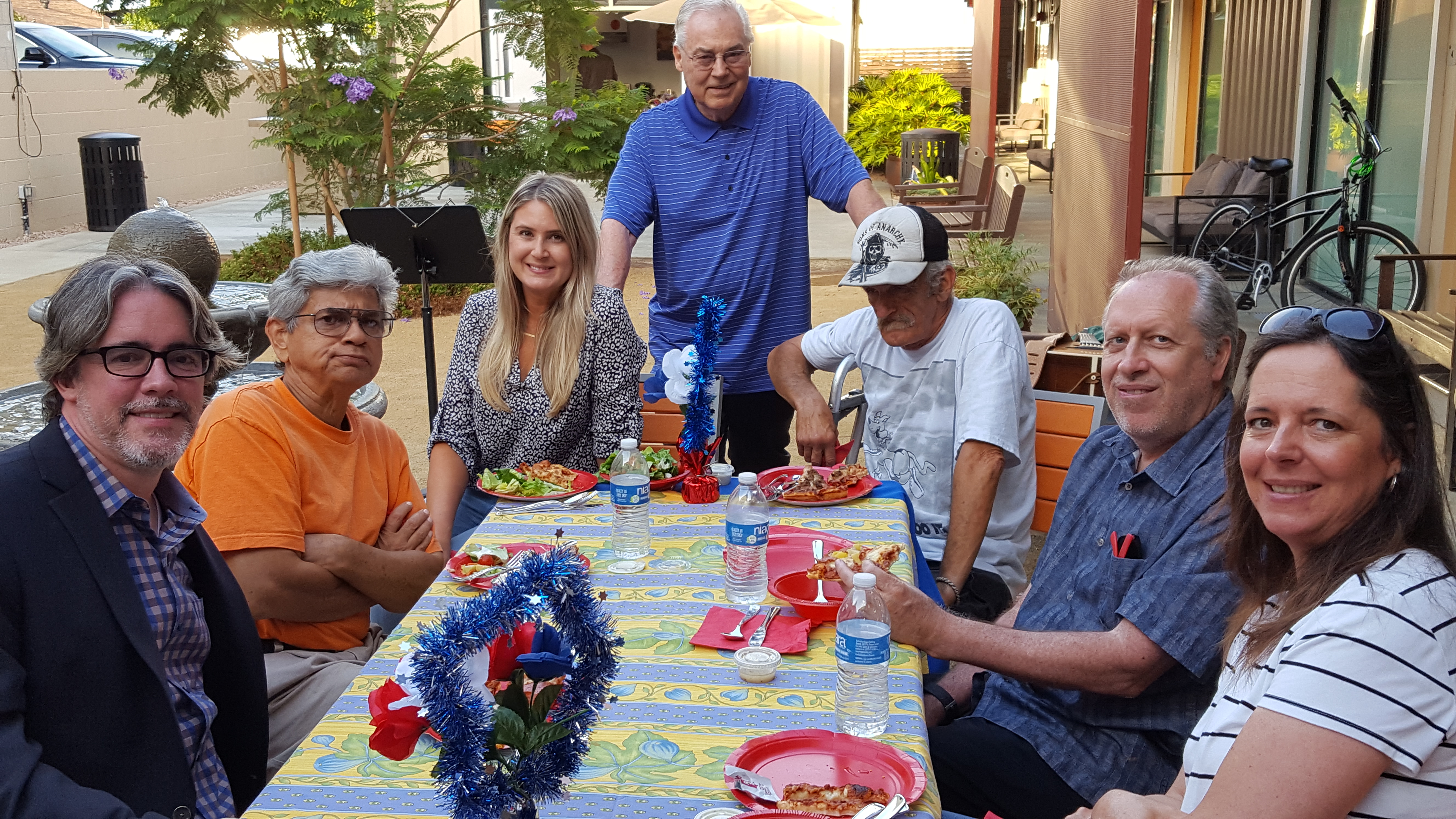

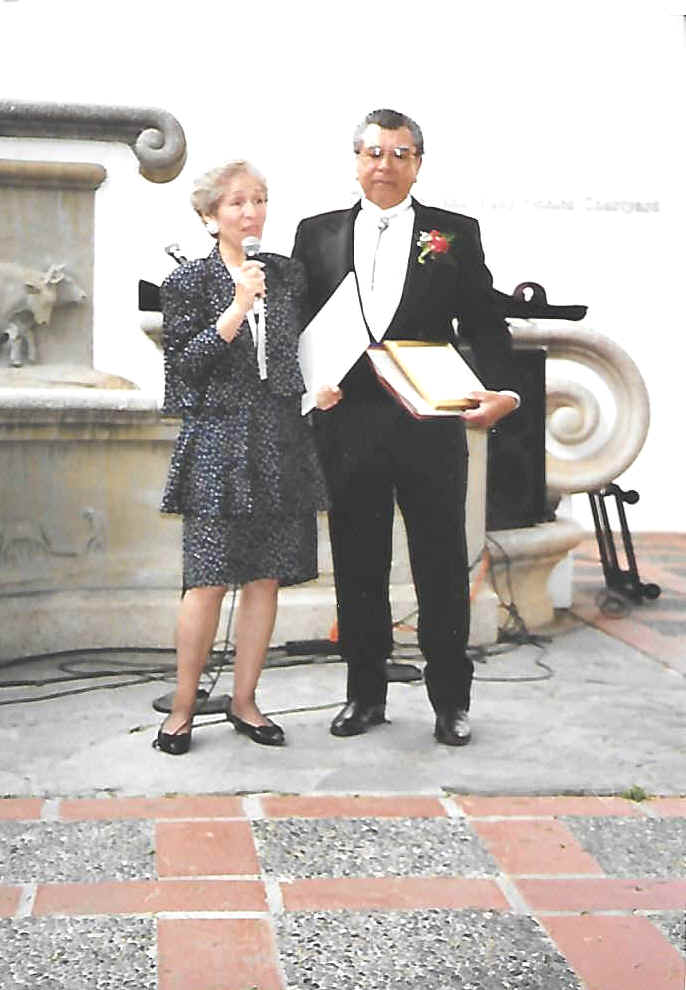
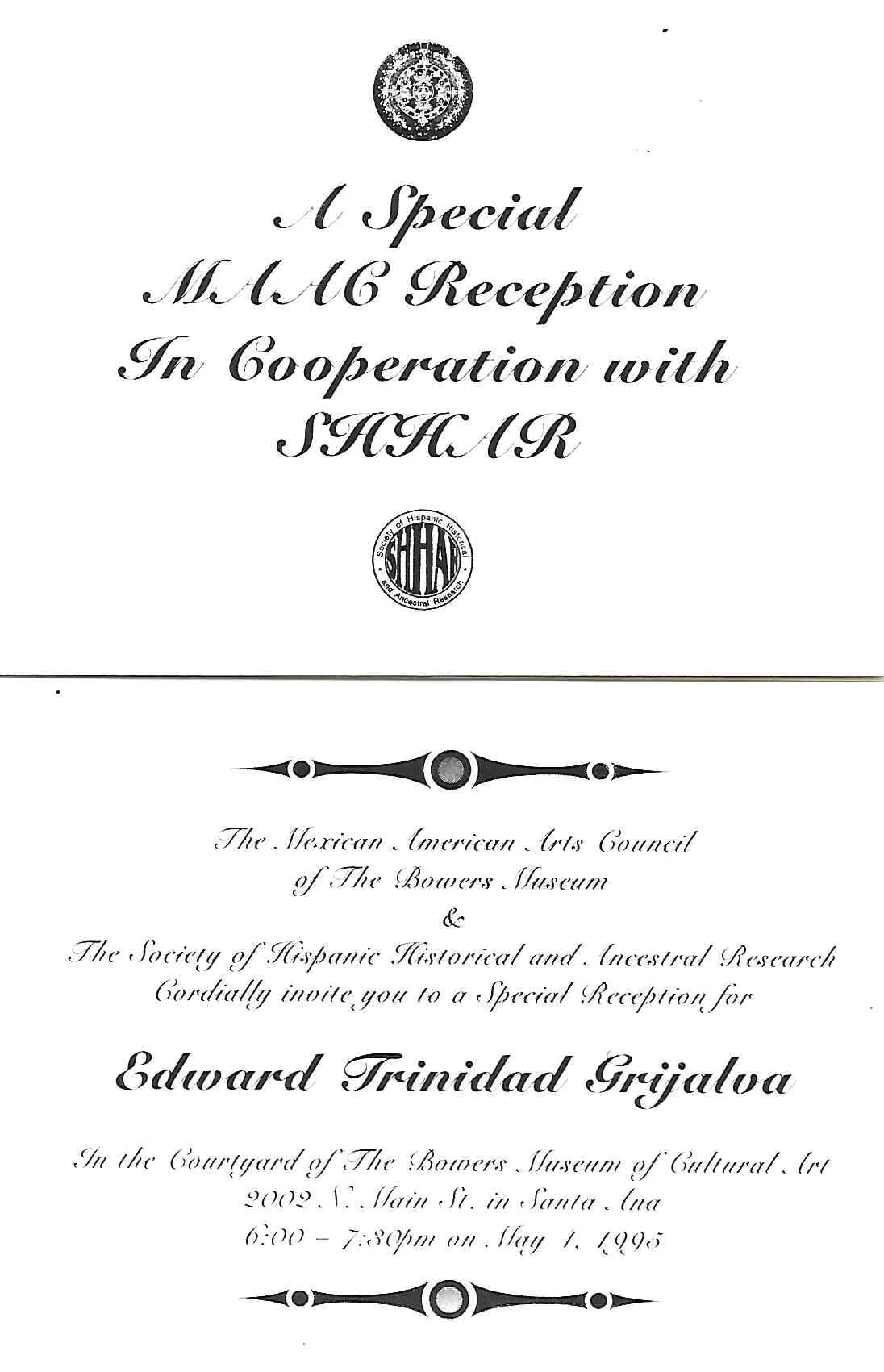
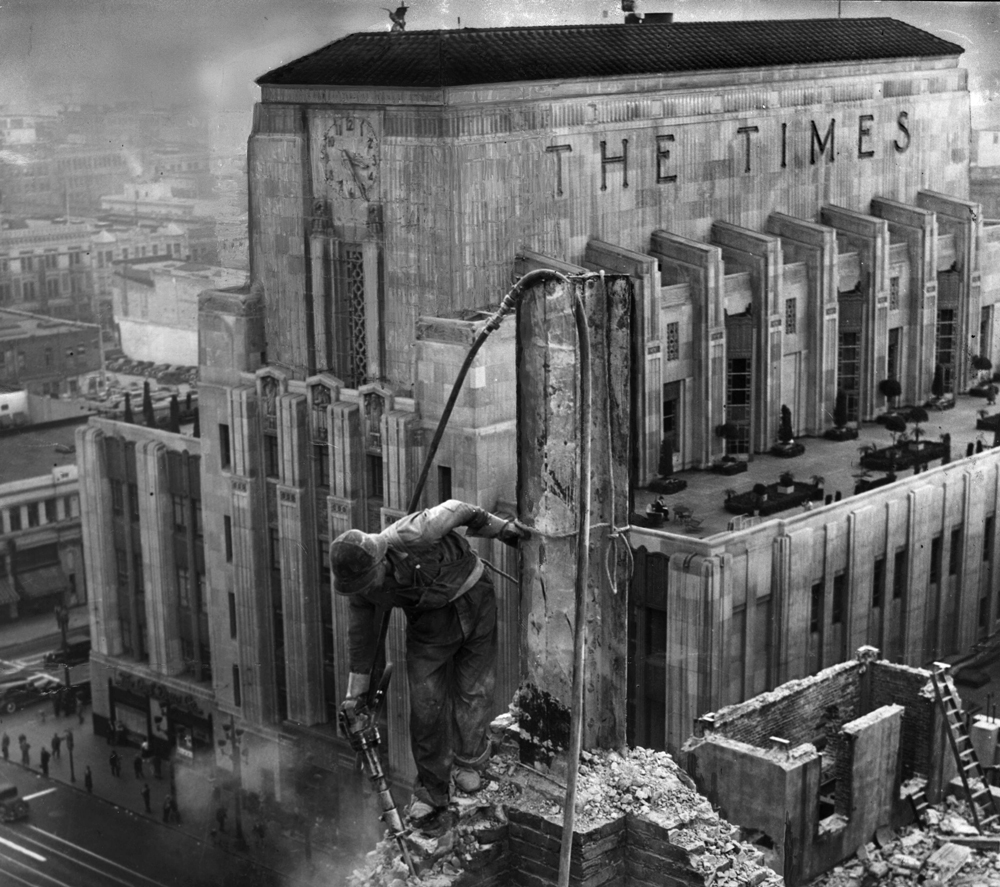
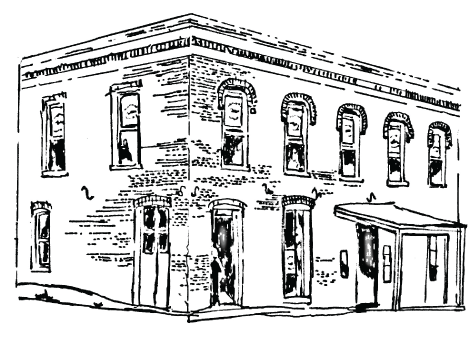
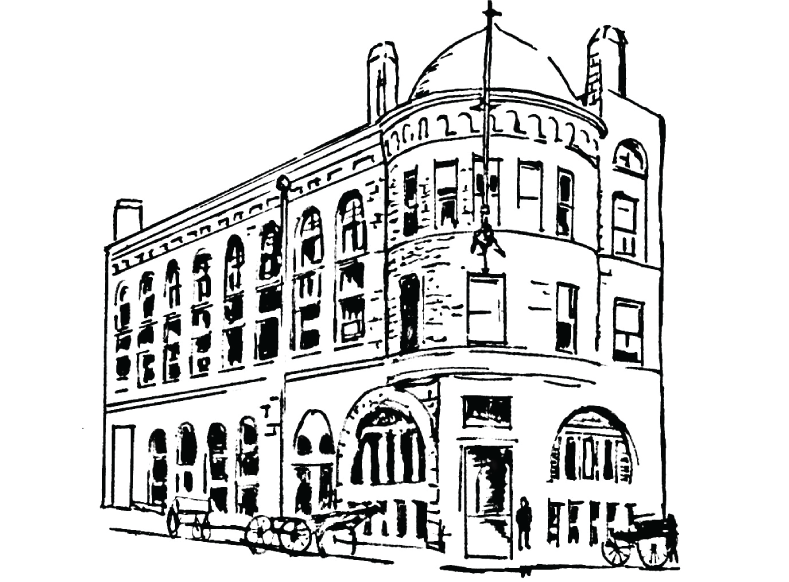
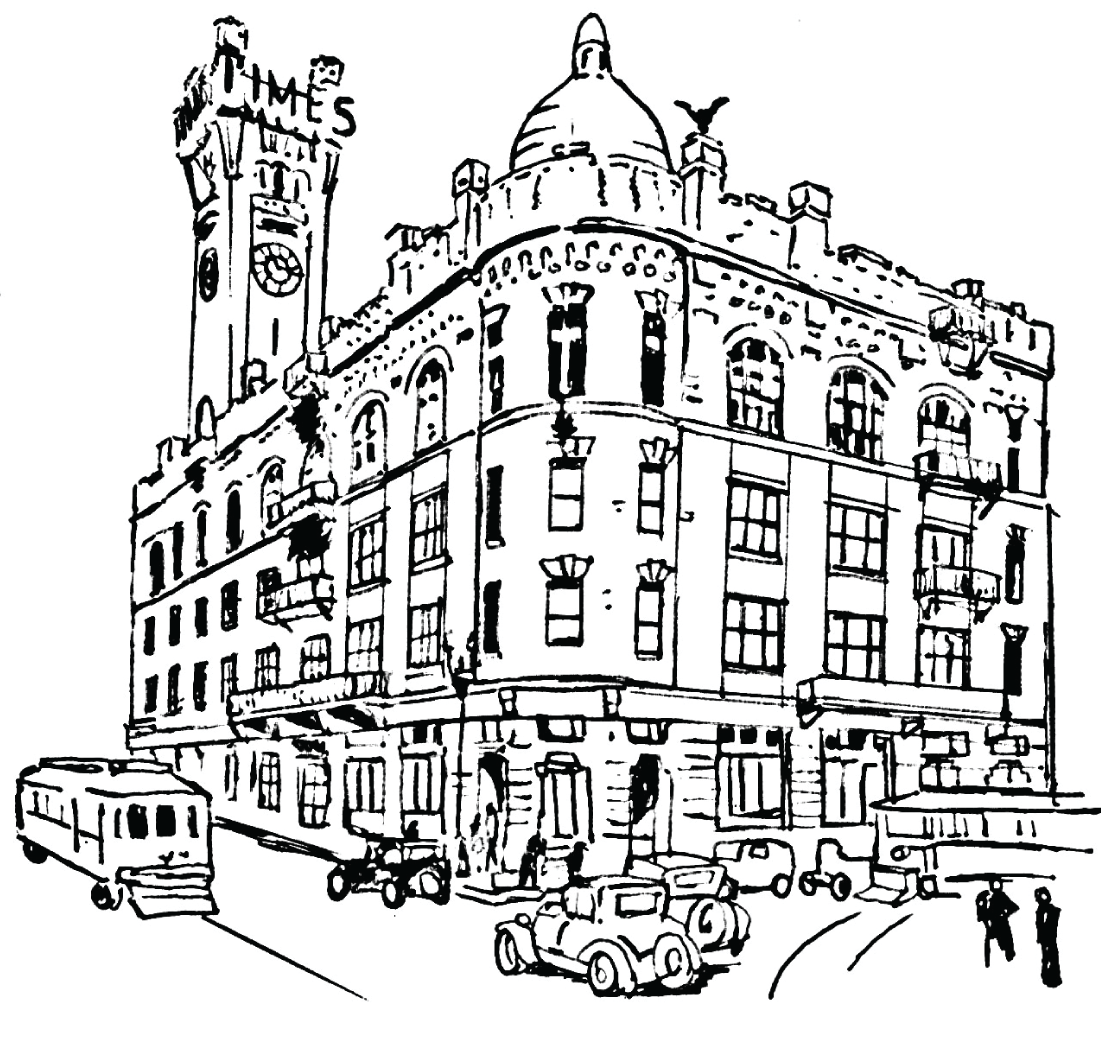
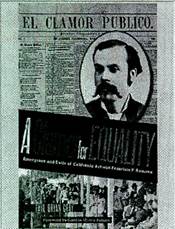
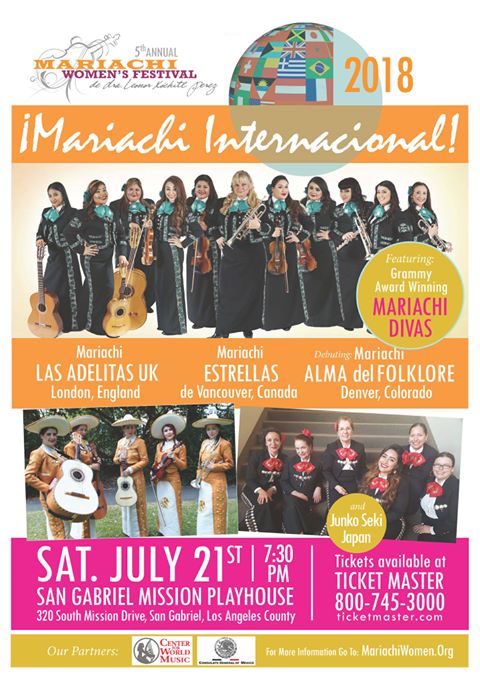
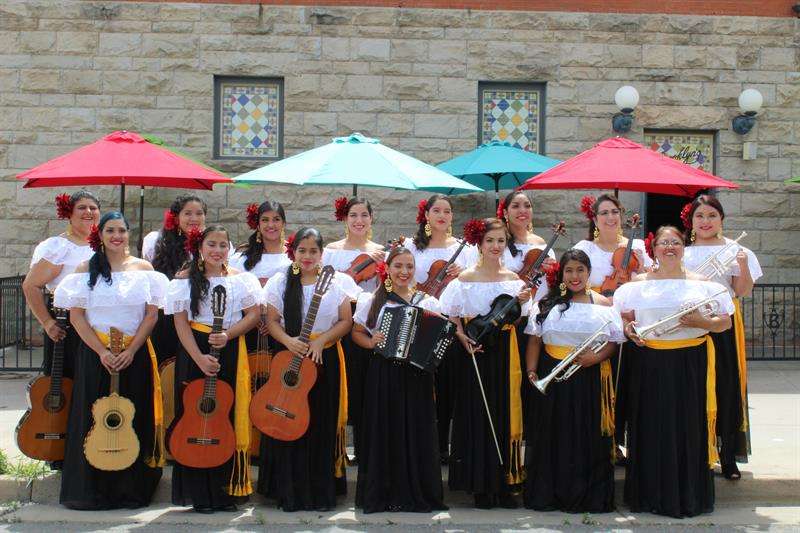
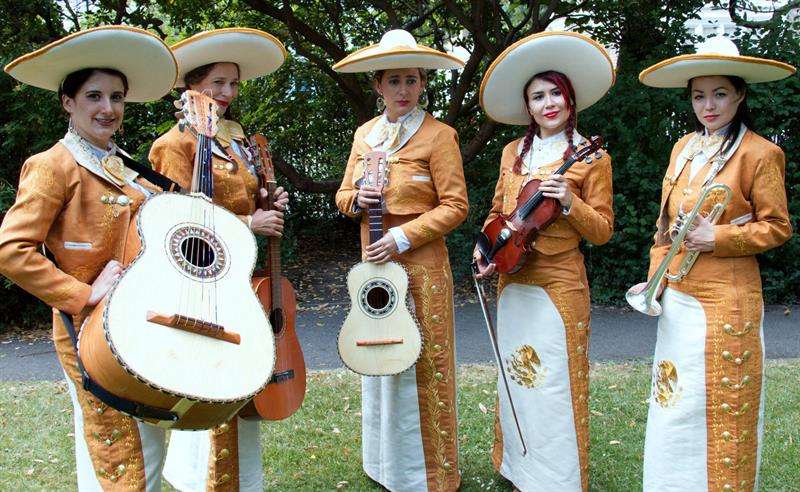
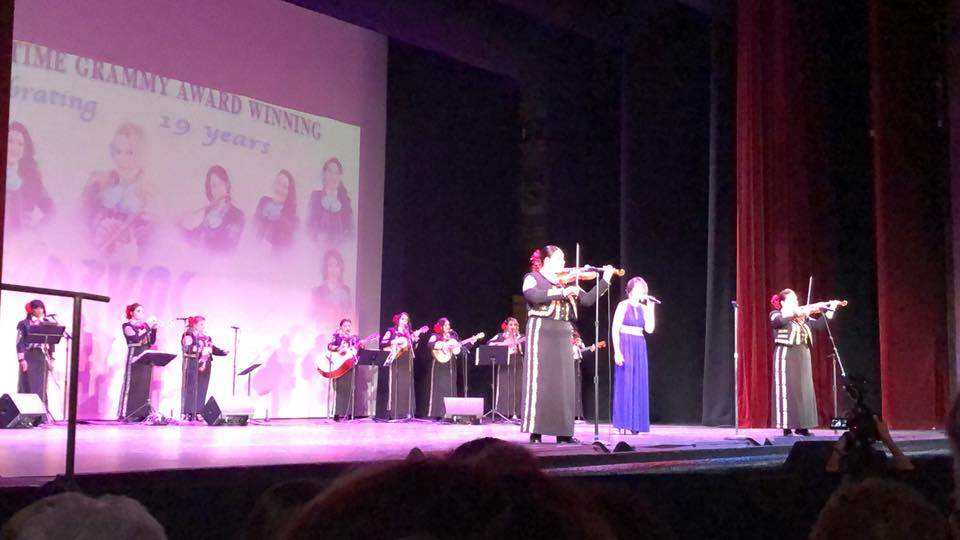
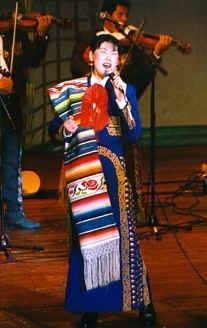
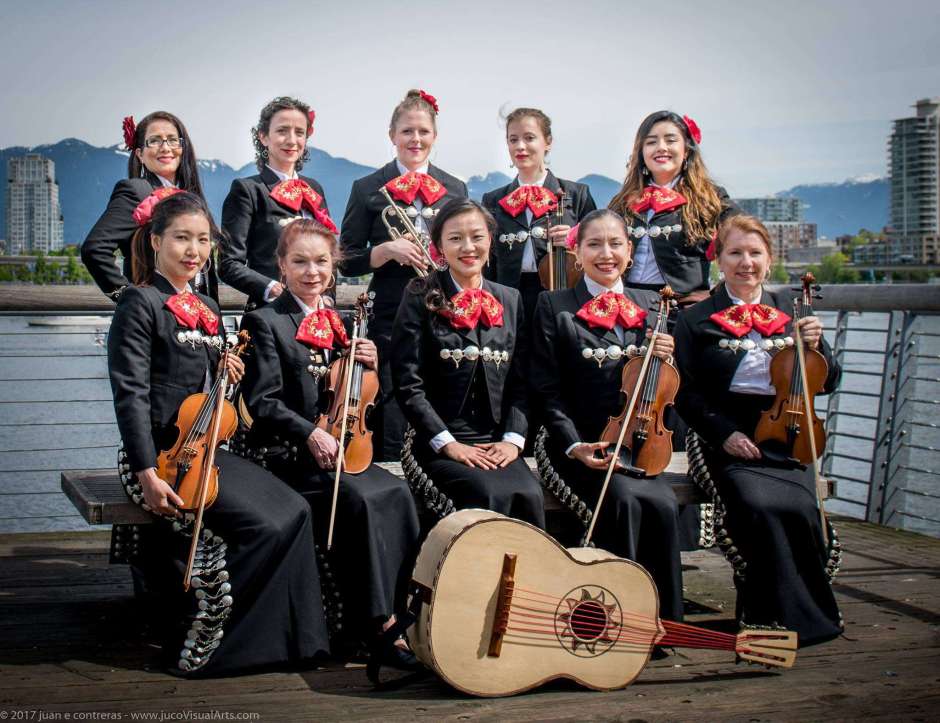
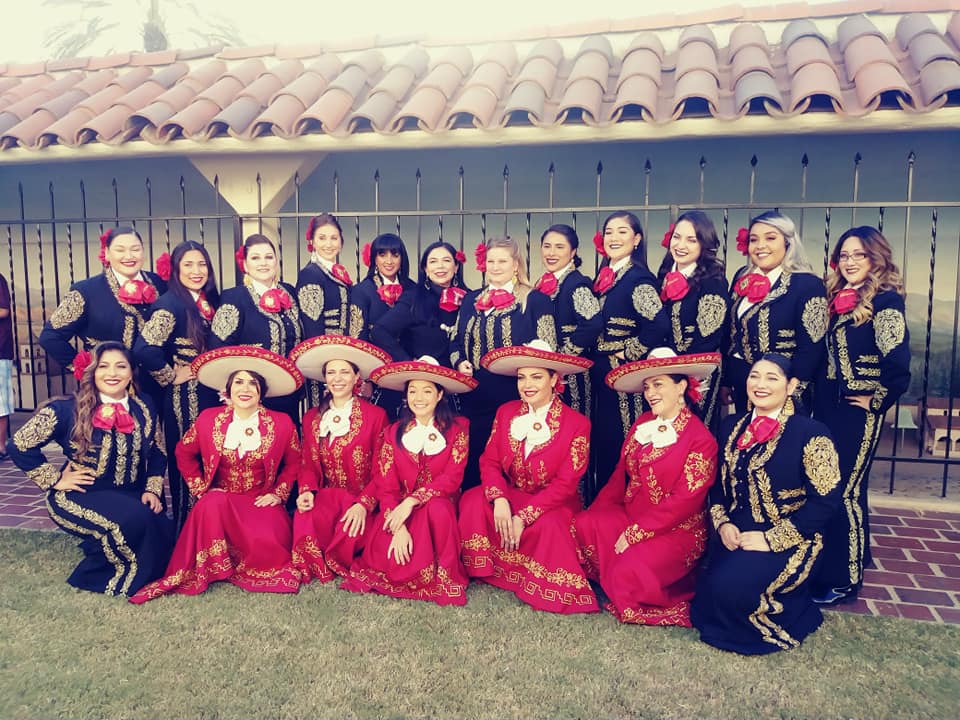
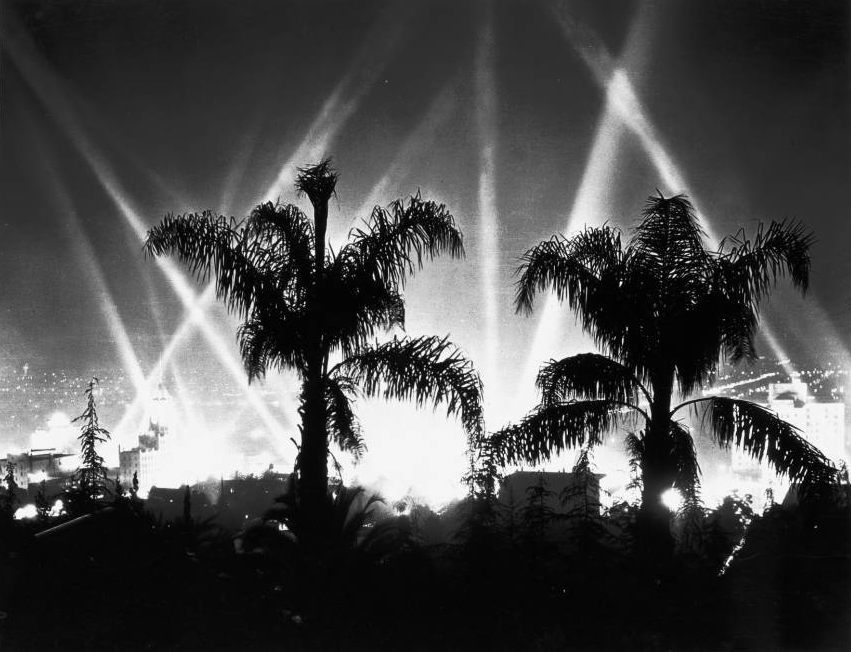
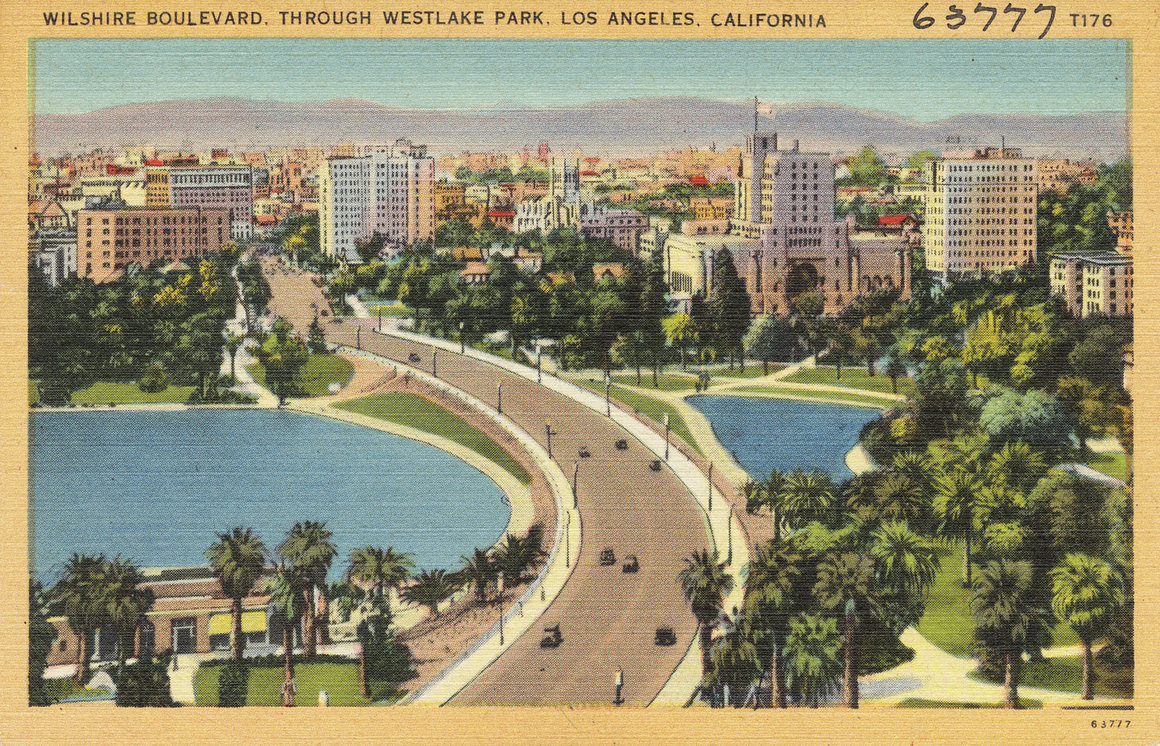
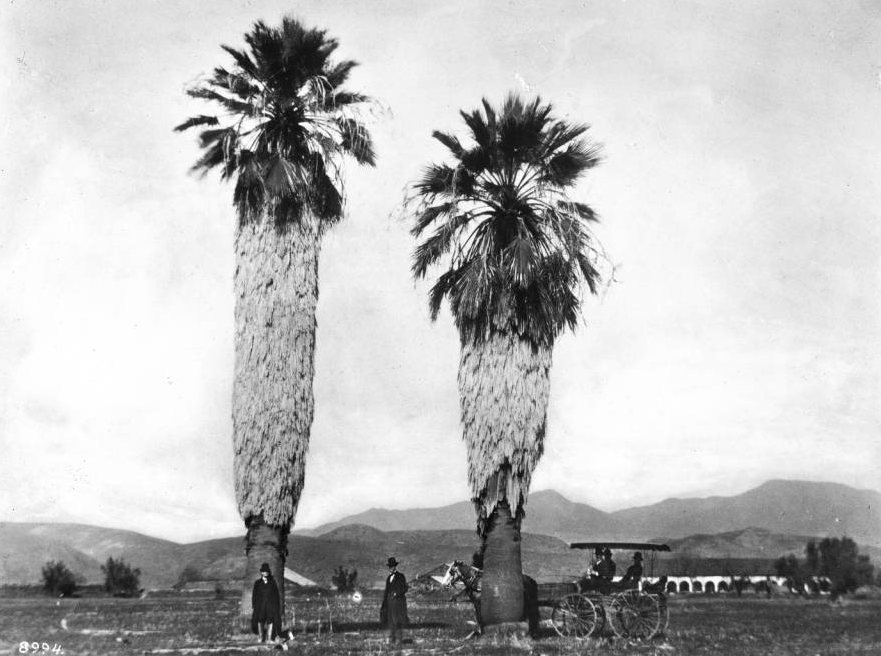
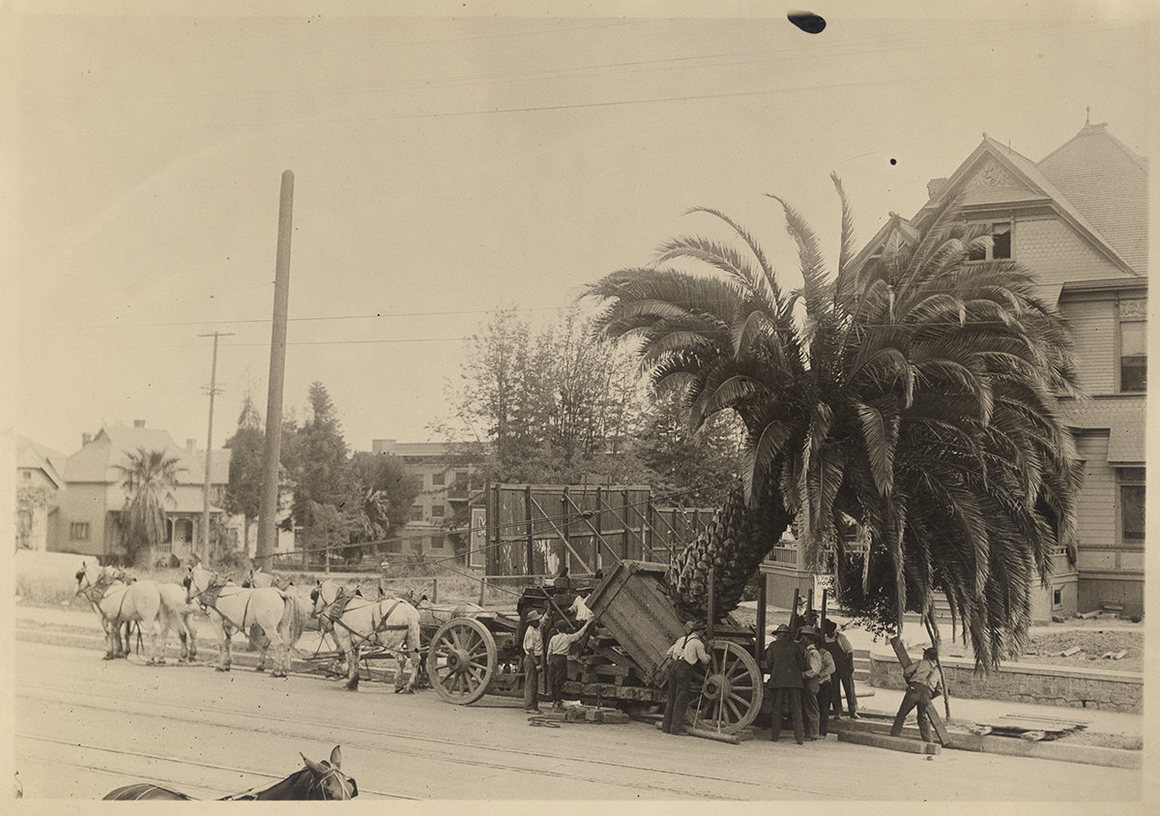
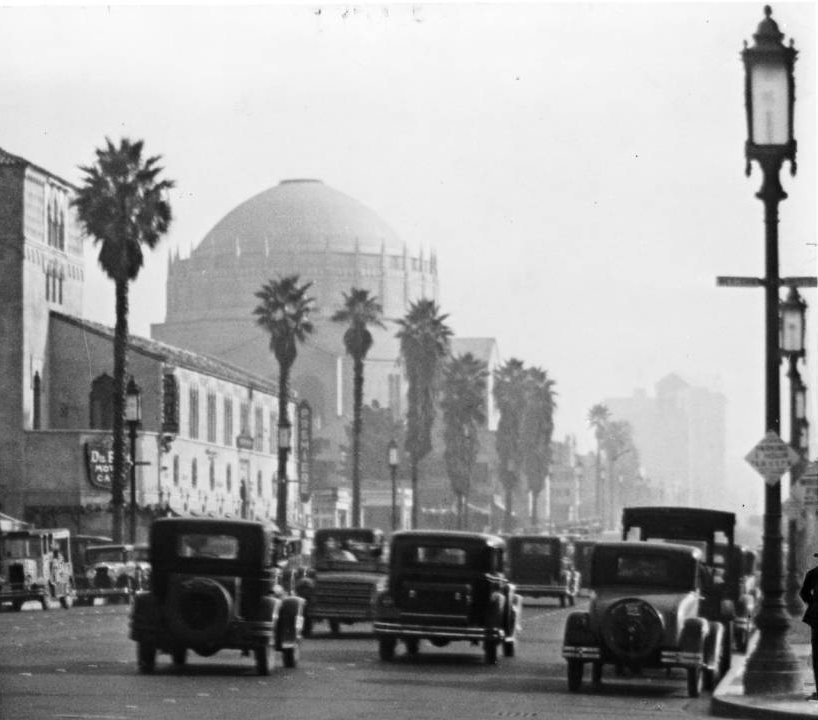
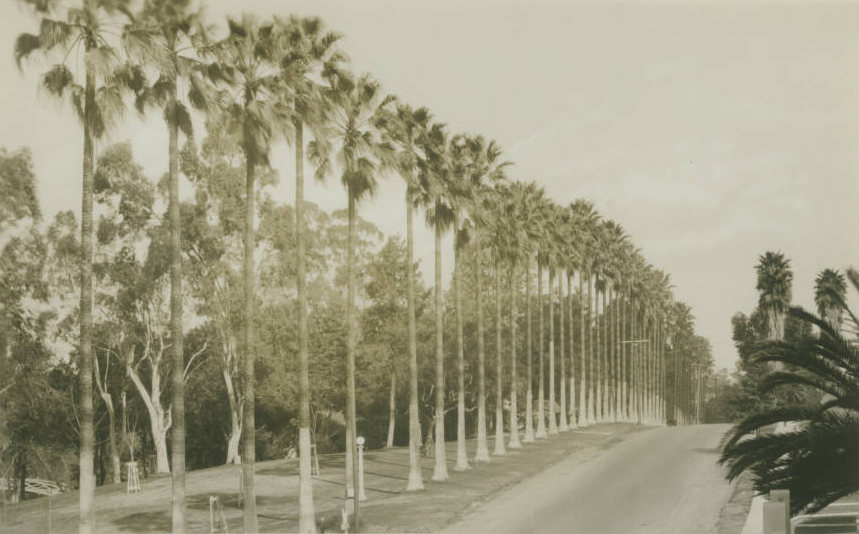
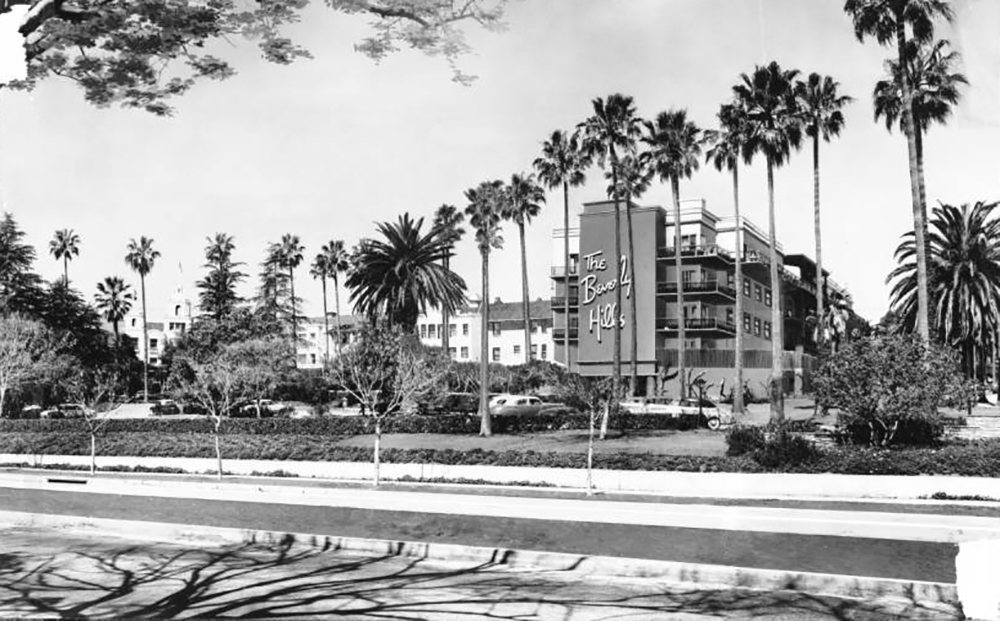
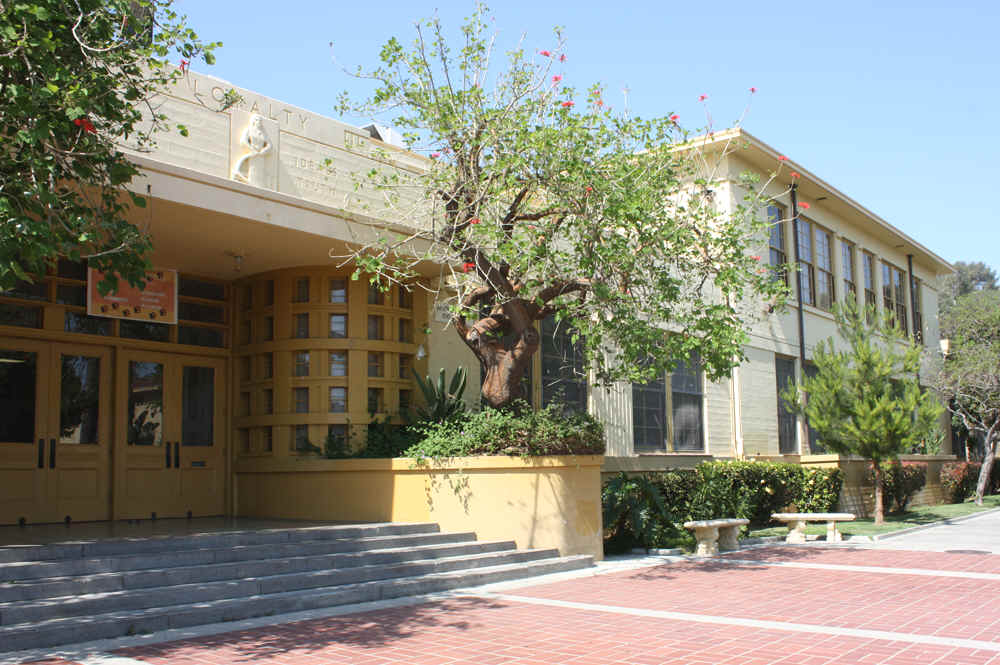
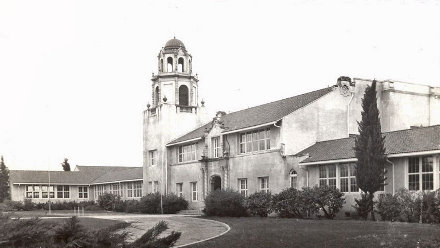

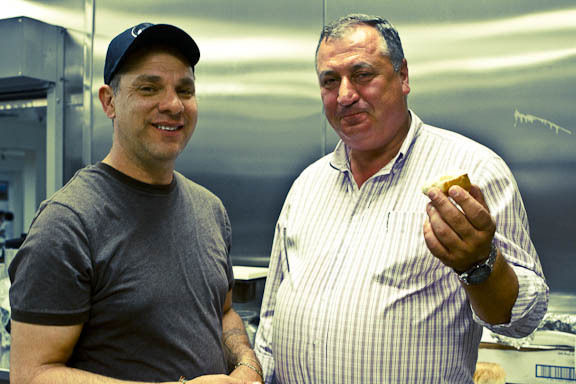
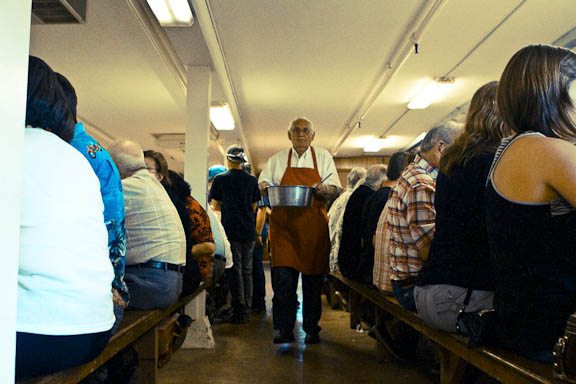


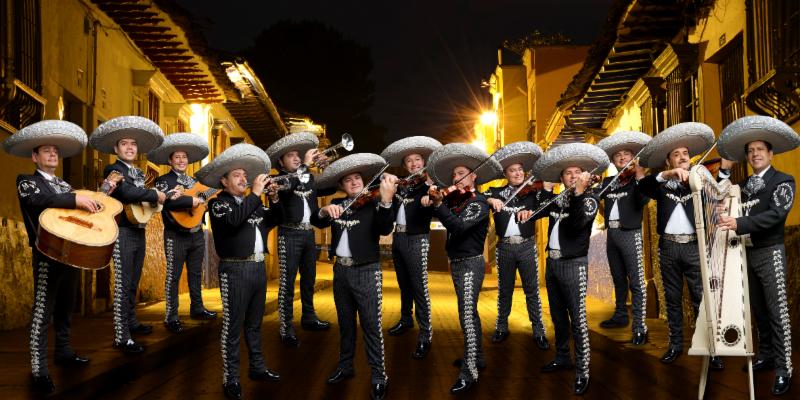
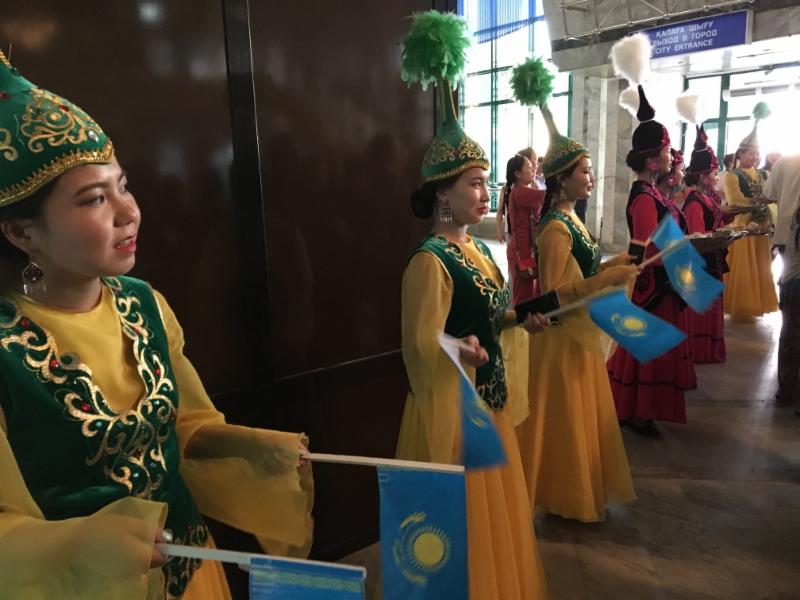
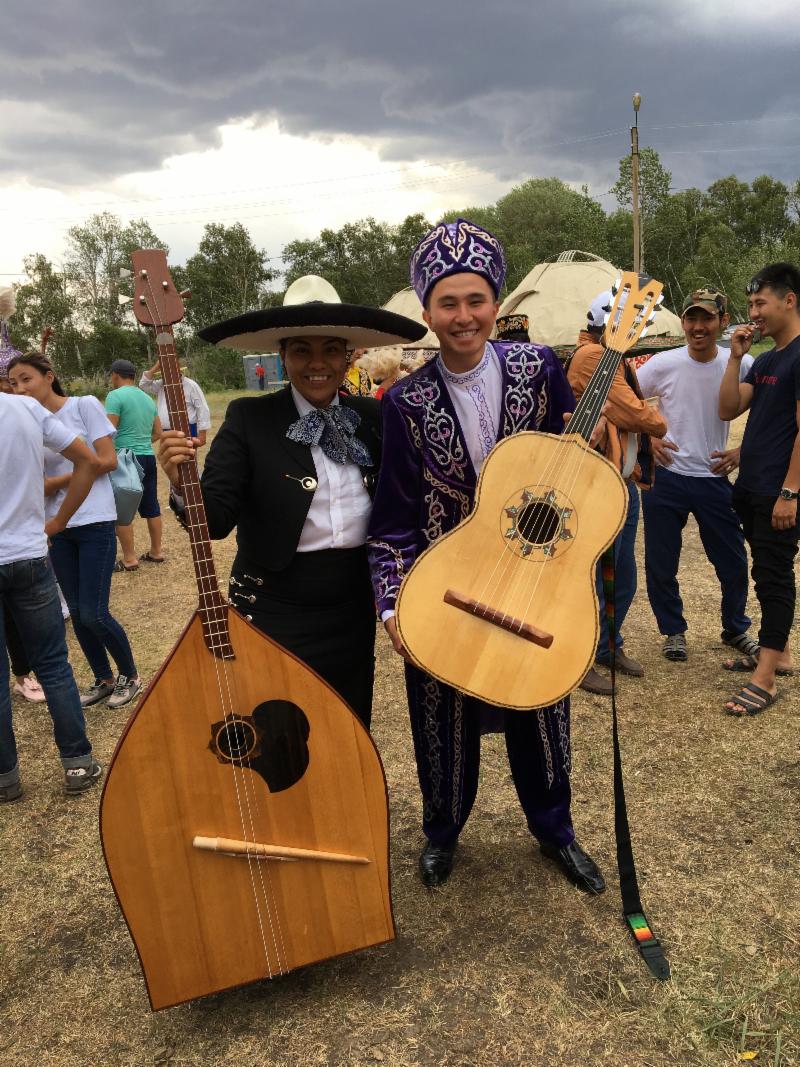
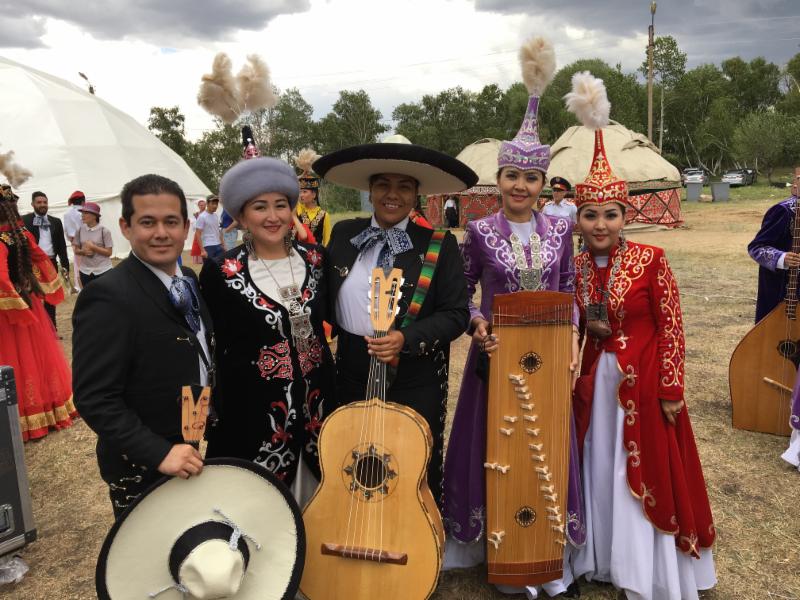
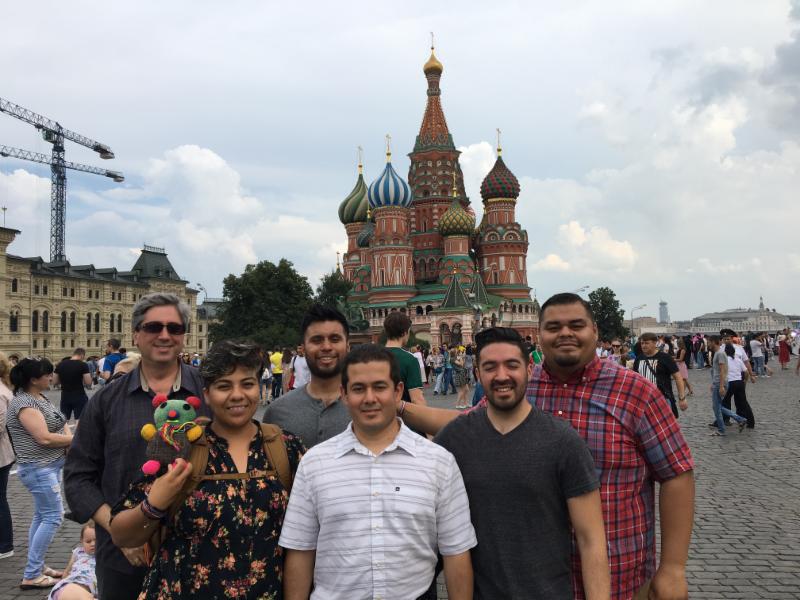
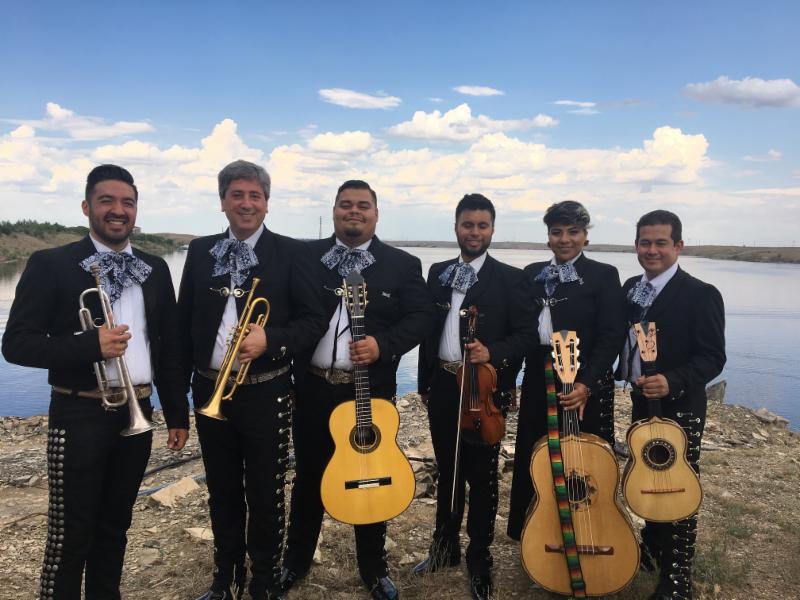
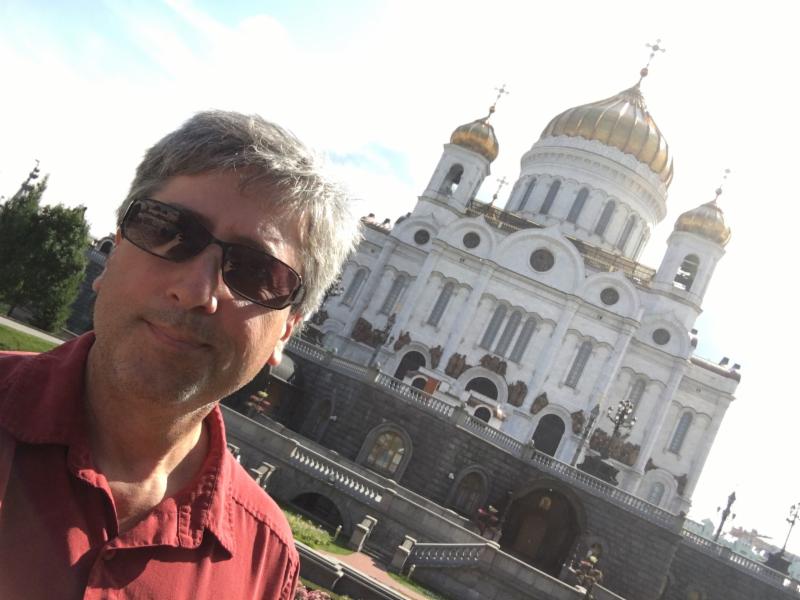
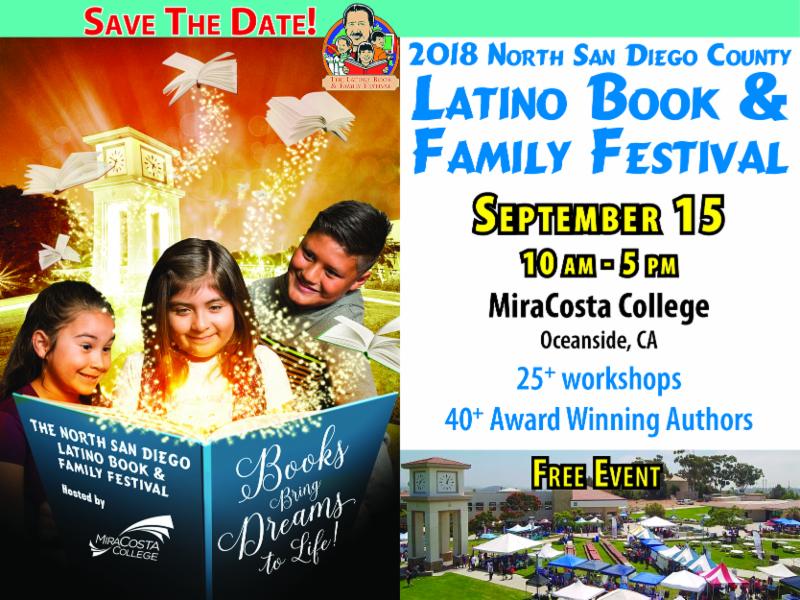
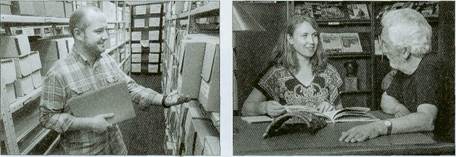
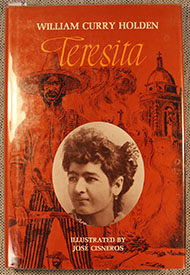 Teresa
Urrea is almost a mythical figure in the history of the Southwest.
Reported to be a miraculous healer, Urrea also was associated with the
political movements and uprisings of Indian tribes. Continue reading
below to discover more about "Teresita."
Teresa
Urrea is almost a mythical figure in the history of the Southwest.
Reported to be a miraculous healer, Urrea also was associated with the
political movements and uprisings of Indian tribes. Continue reading
below to discover more about "Teresita."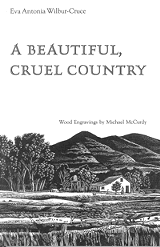
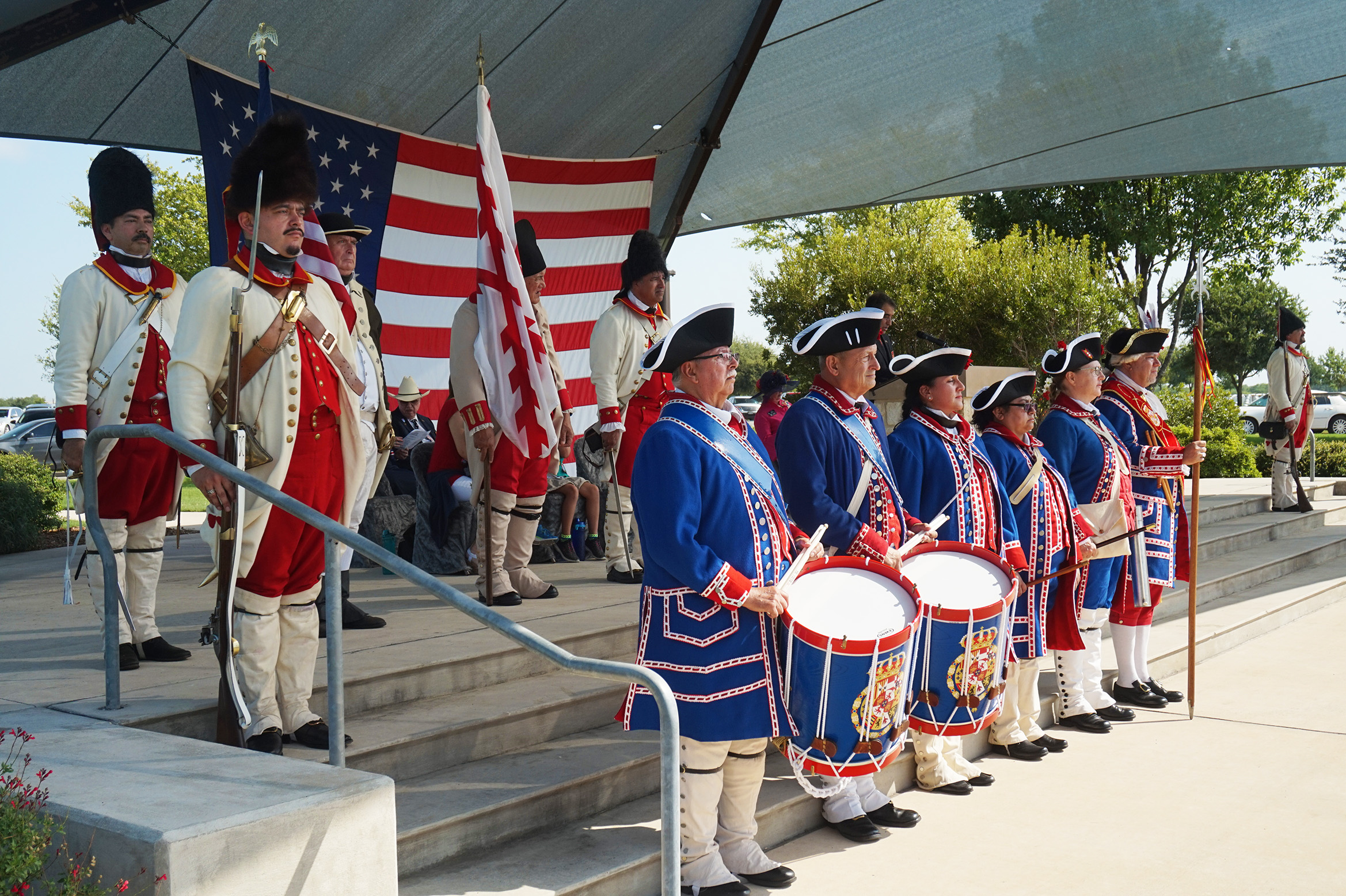
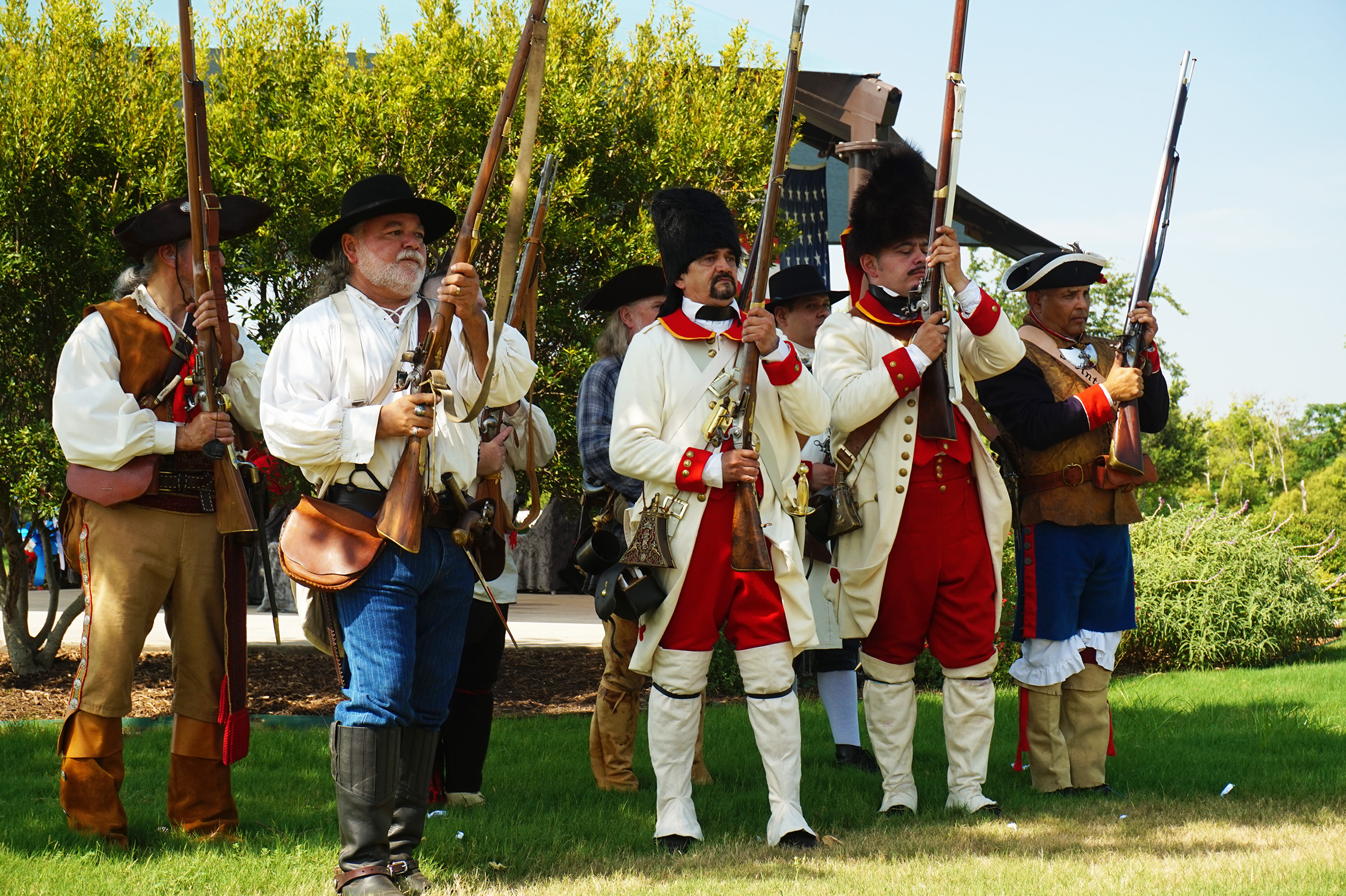
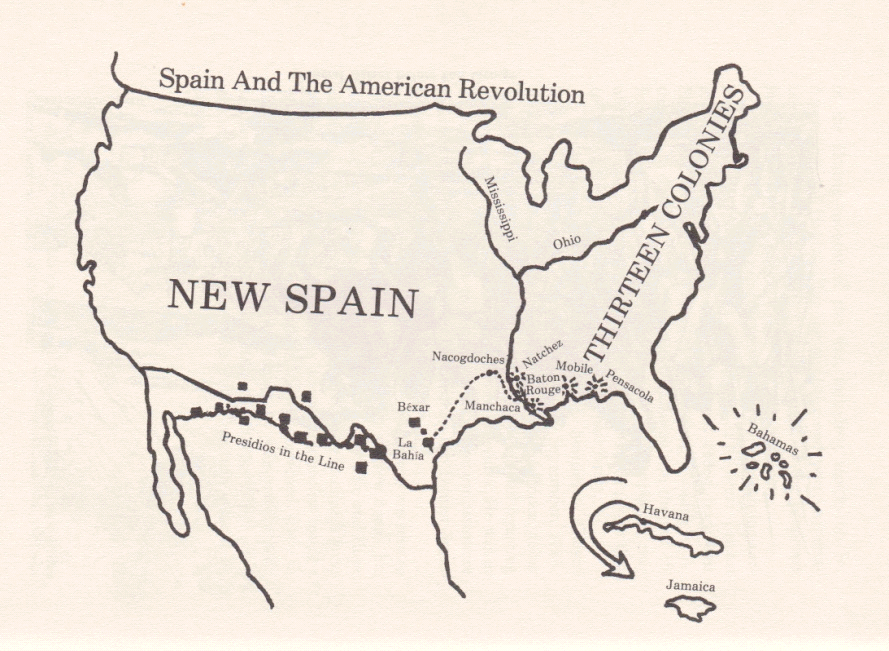
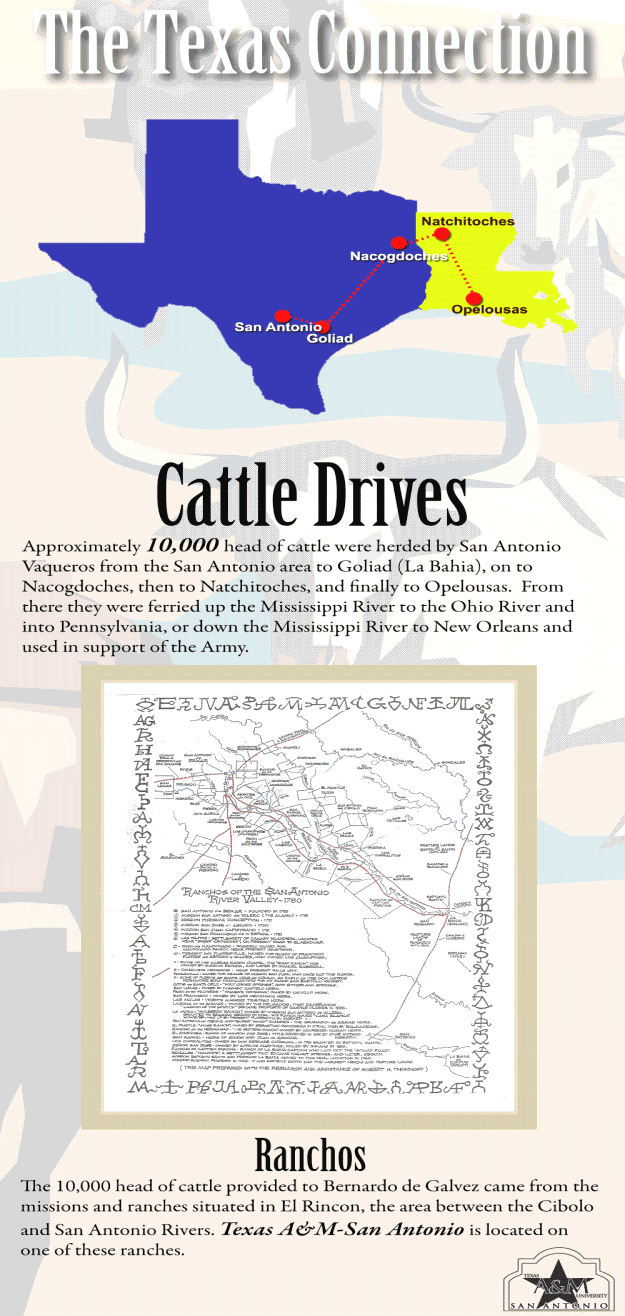
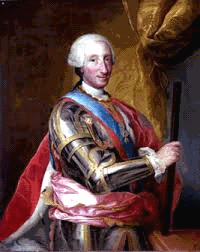 Spain
followed a very rigid order of settlement in New Spain. In each settlement
there were four pillars: the presidio, the missions, the pueblos, and the
rancheros. San Antonio de Bexar became the provincial capitol in 1773. At
that time it contained five active missions, a villa and a presidio.
Spain
followed a very rigid order of settlement in New Spain. In each settlement
there were four pillars: the presidio, the missions, the pueblos, and the
rancheros. San Antonio de Bexar became the provincial capitol in 1773. At
that time it contained five active missions, a villa and a presidio.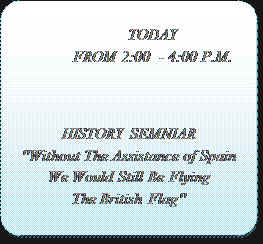
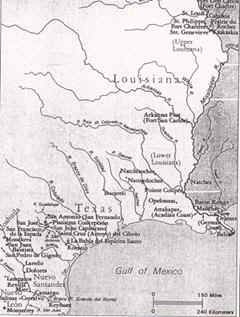
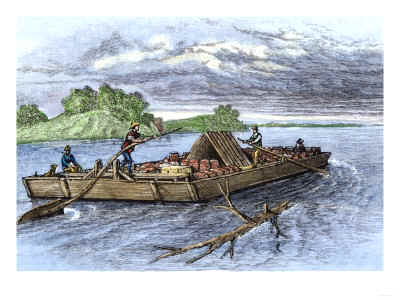
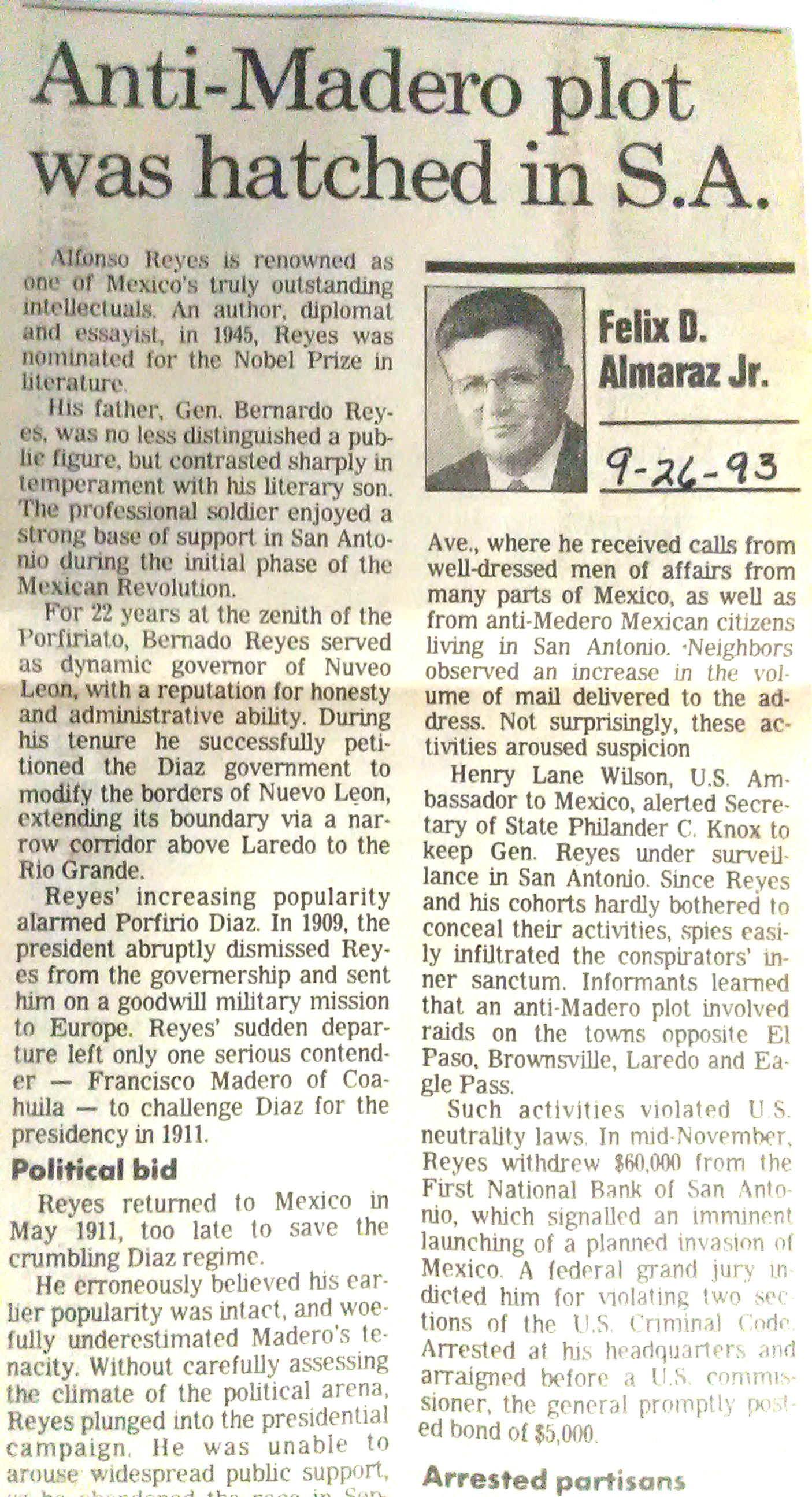
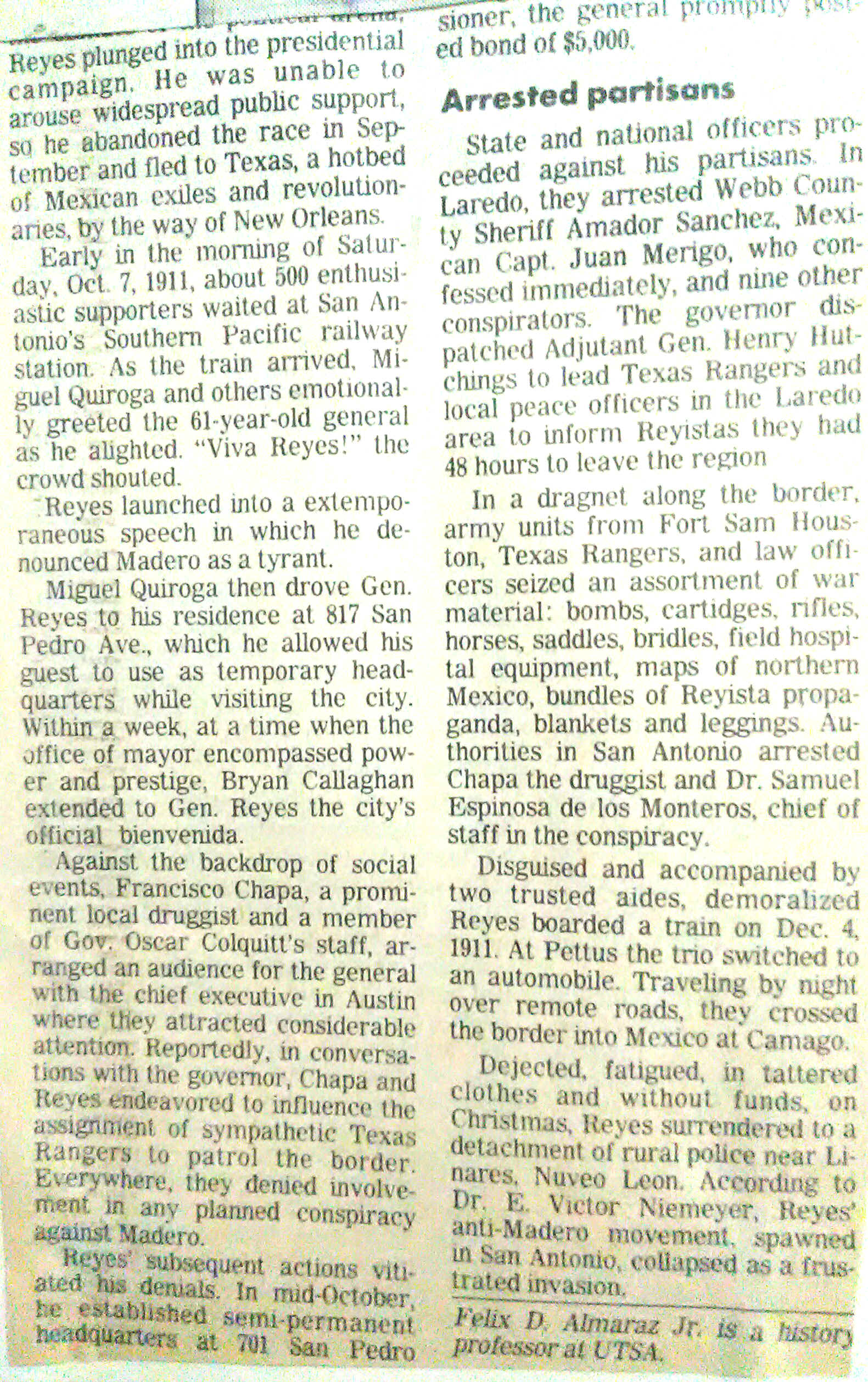
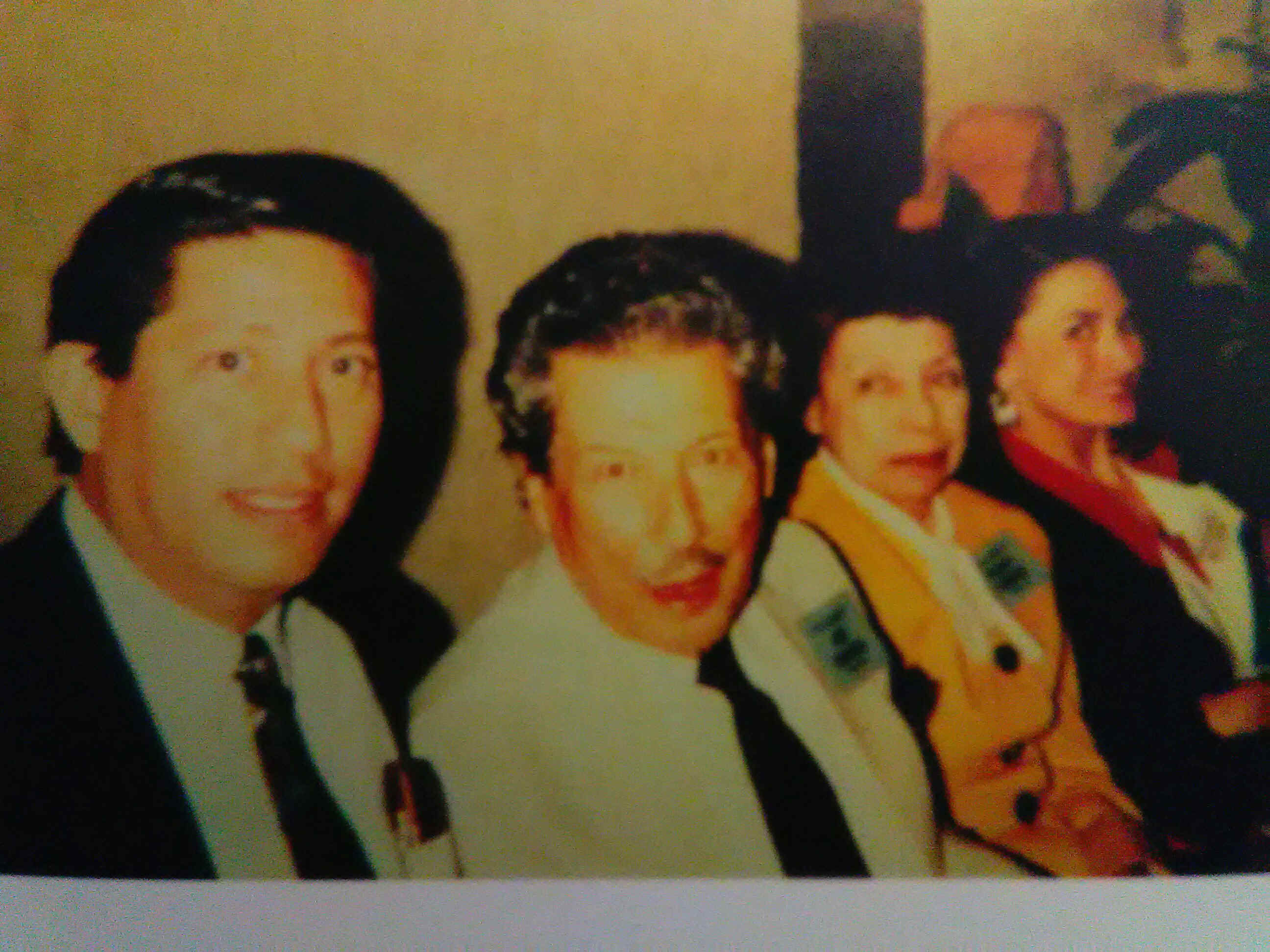
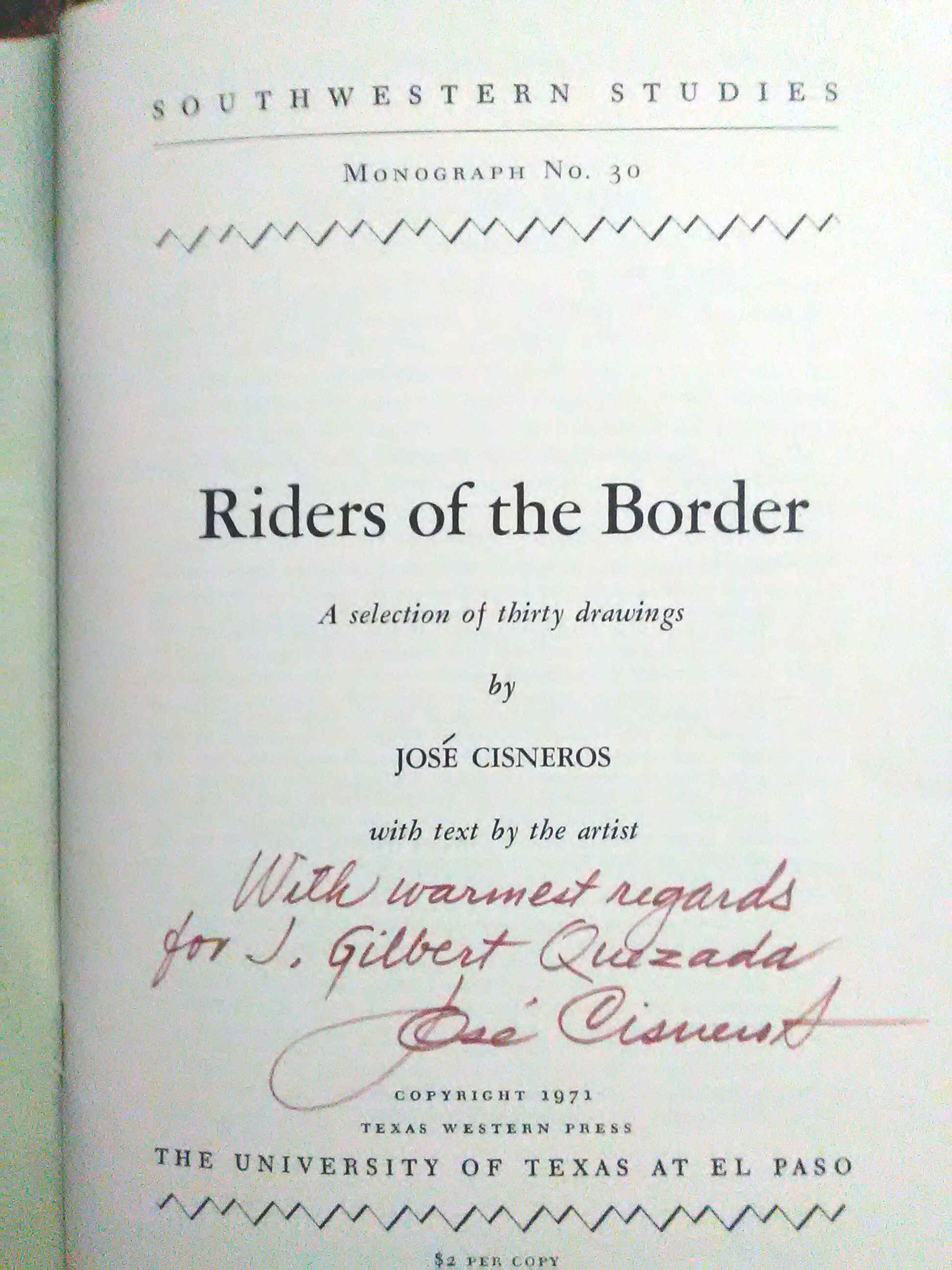
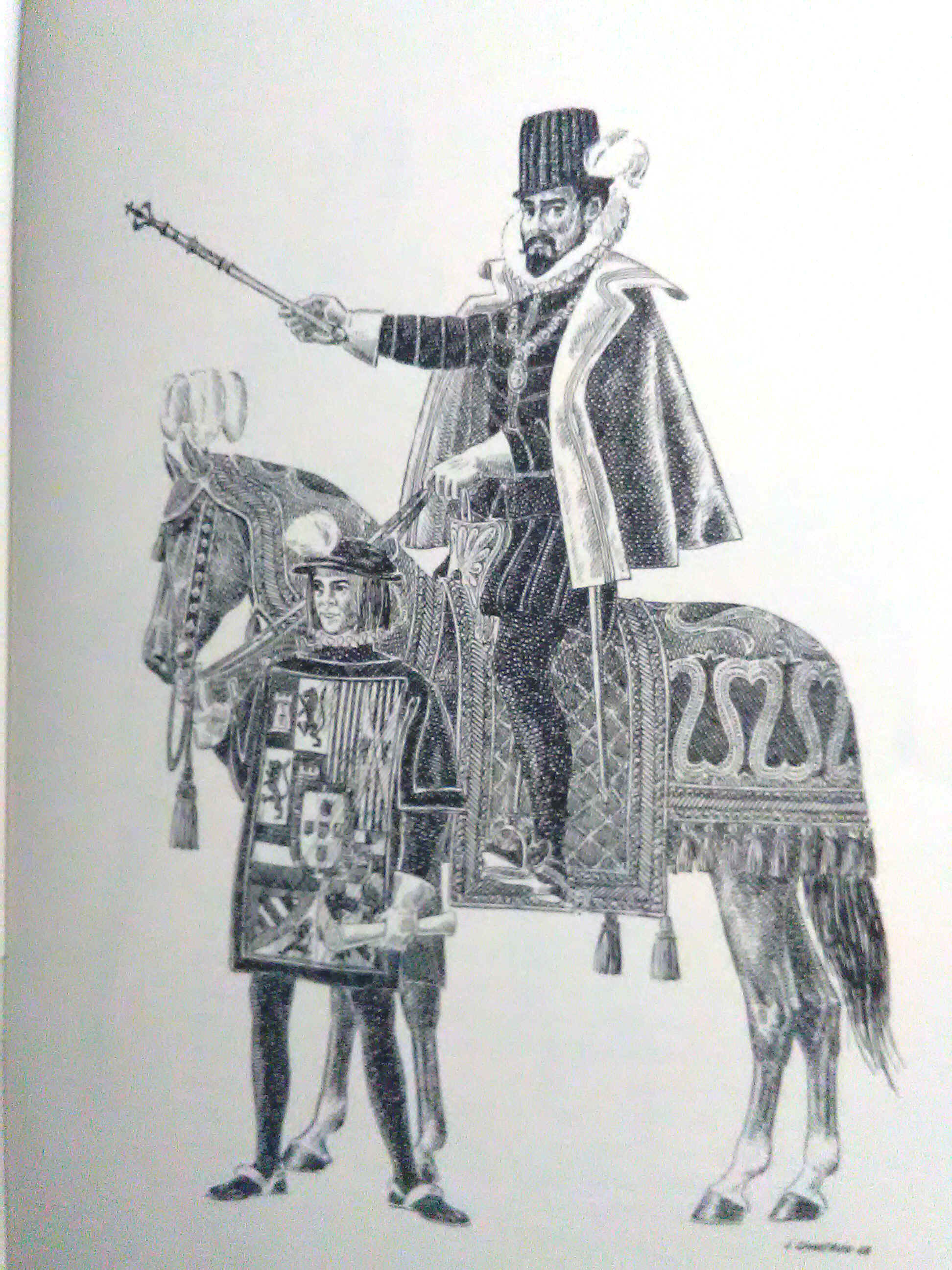
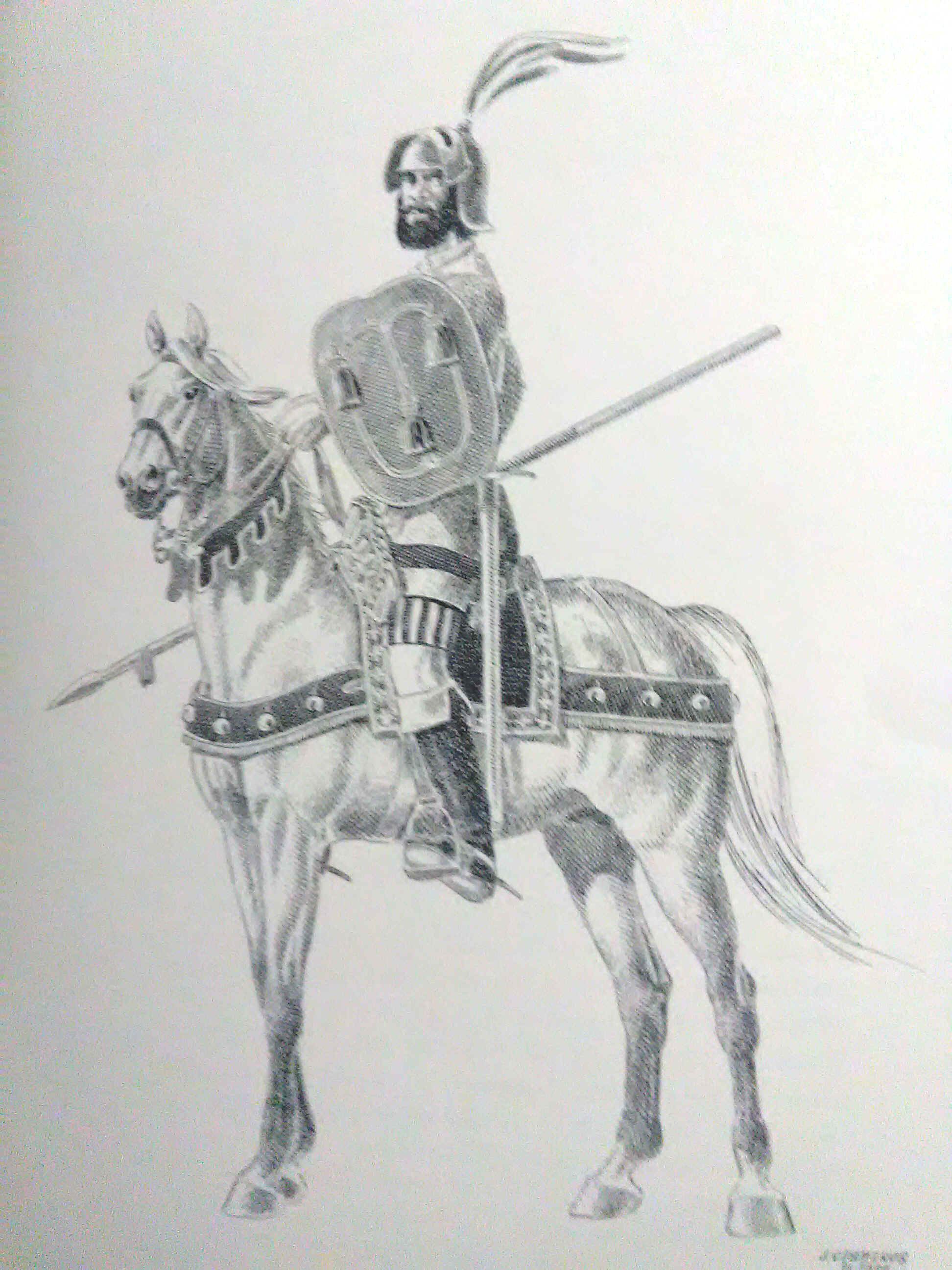
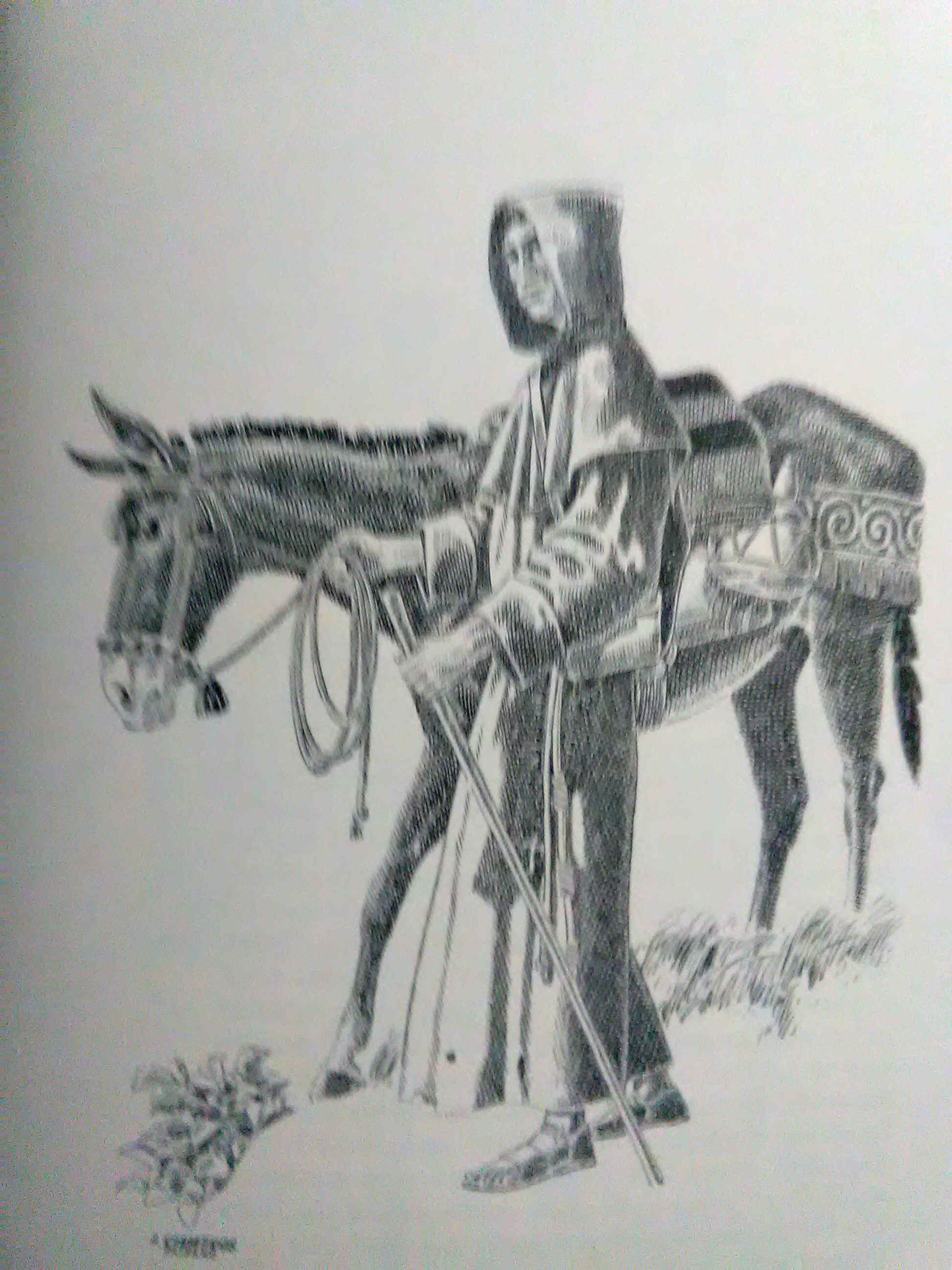
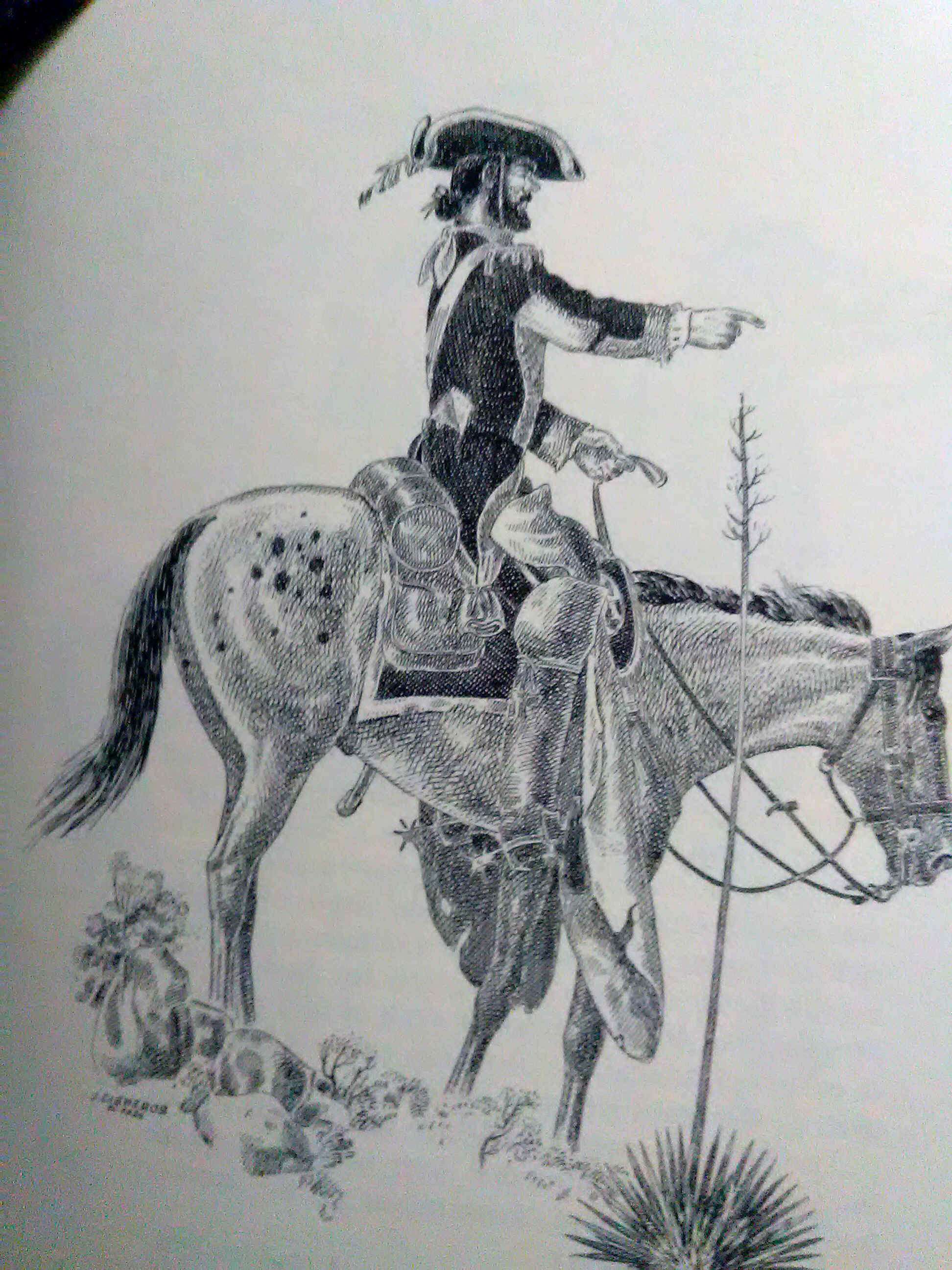
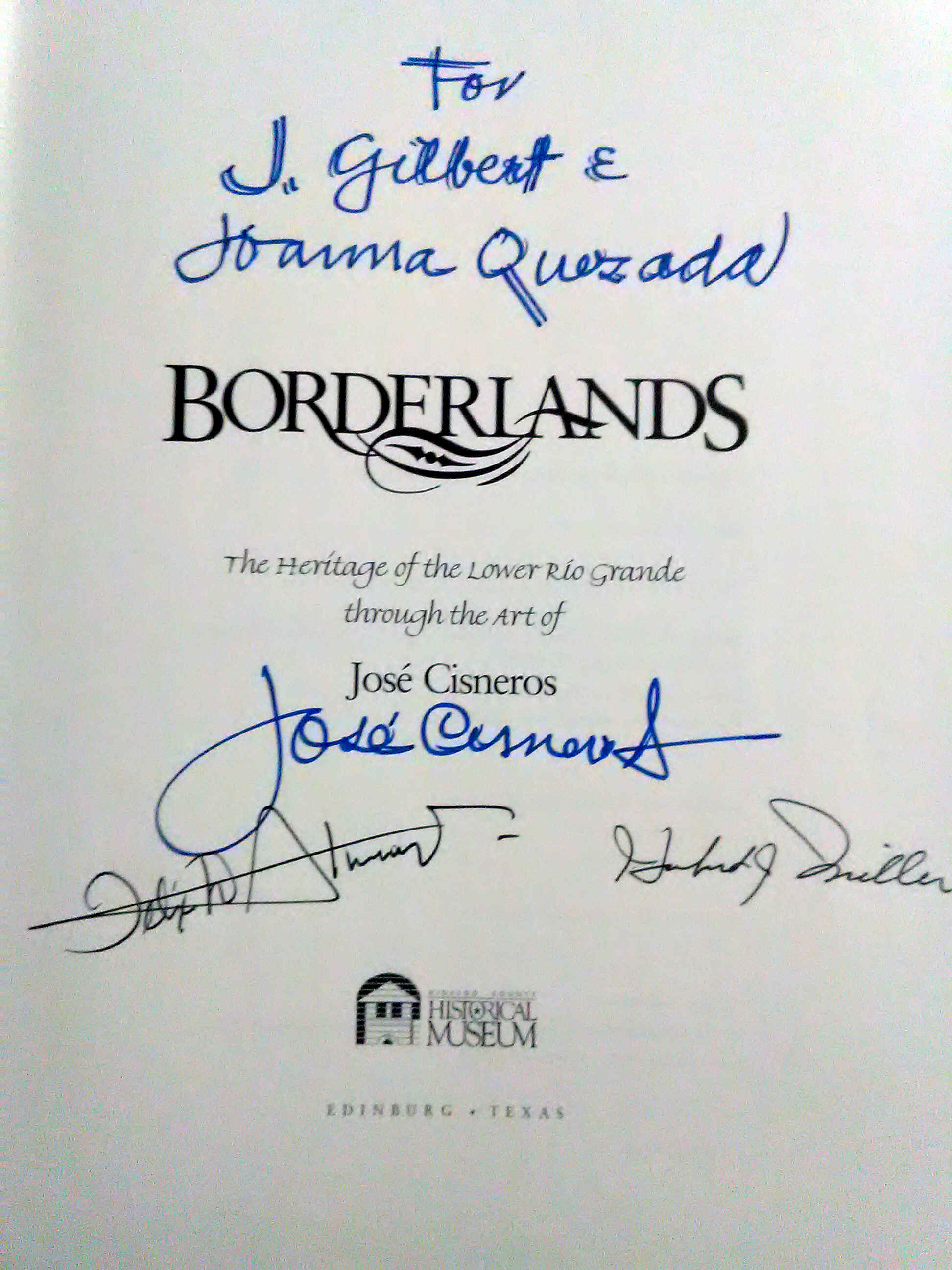
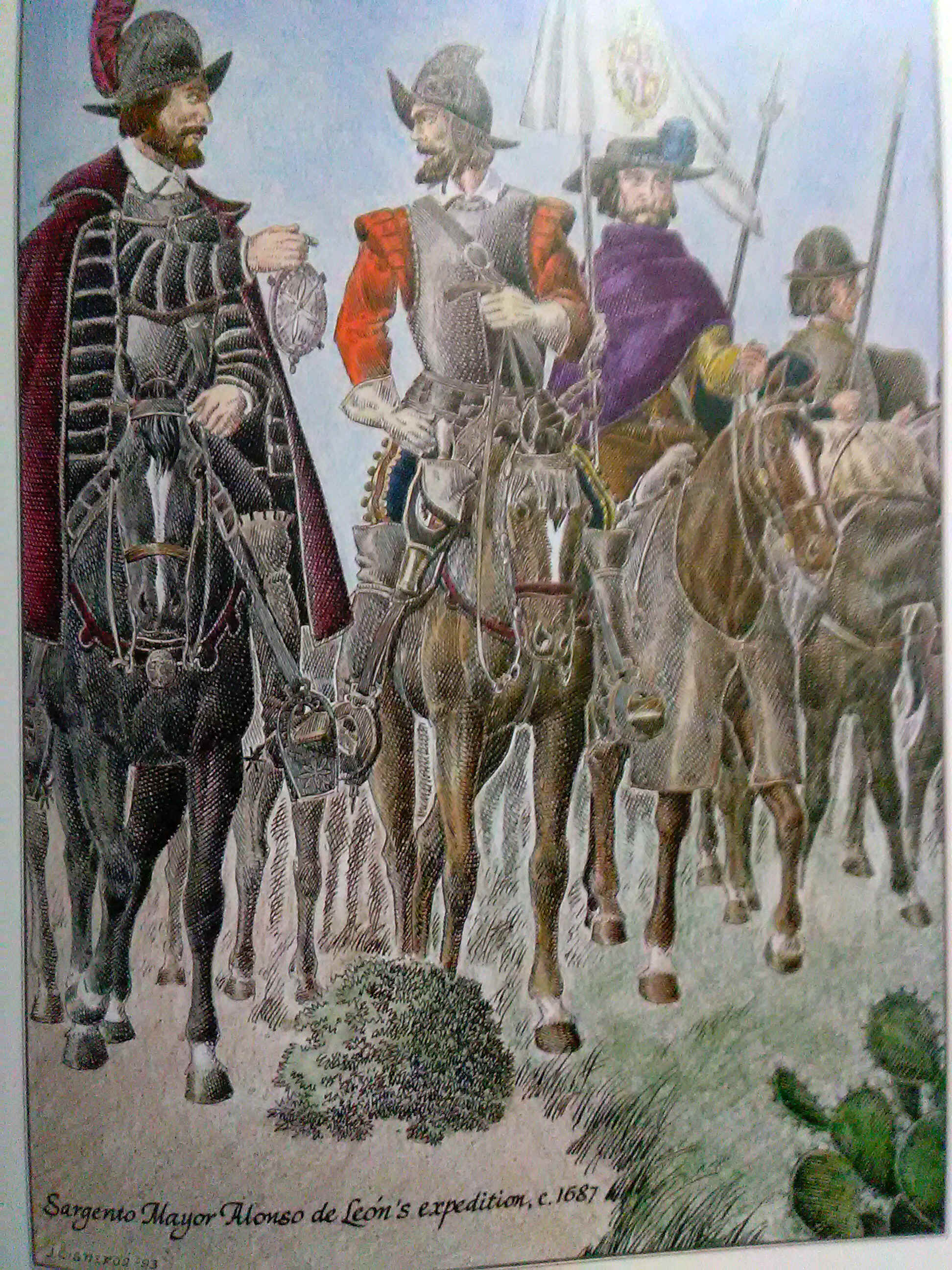
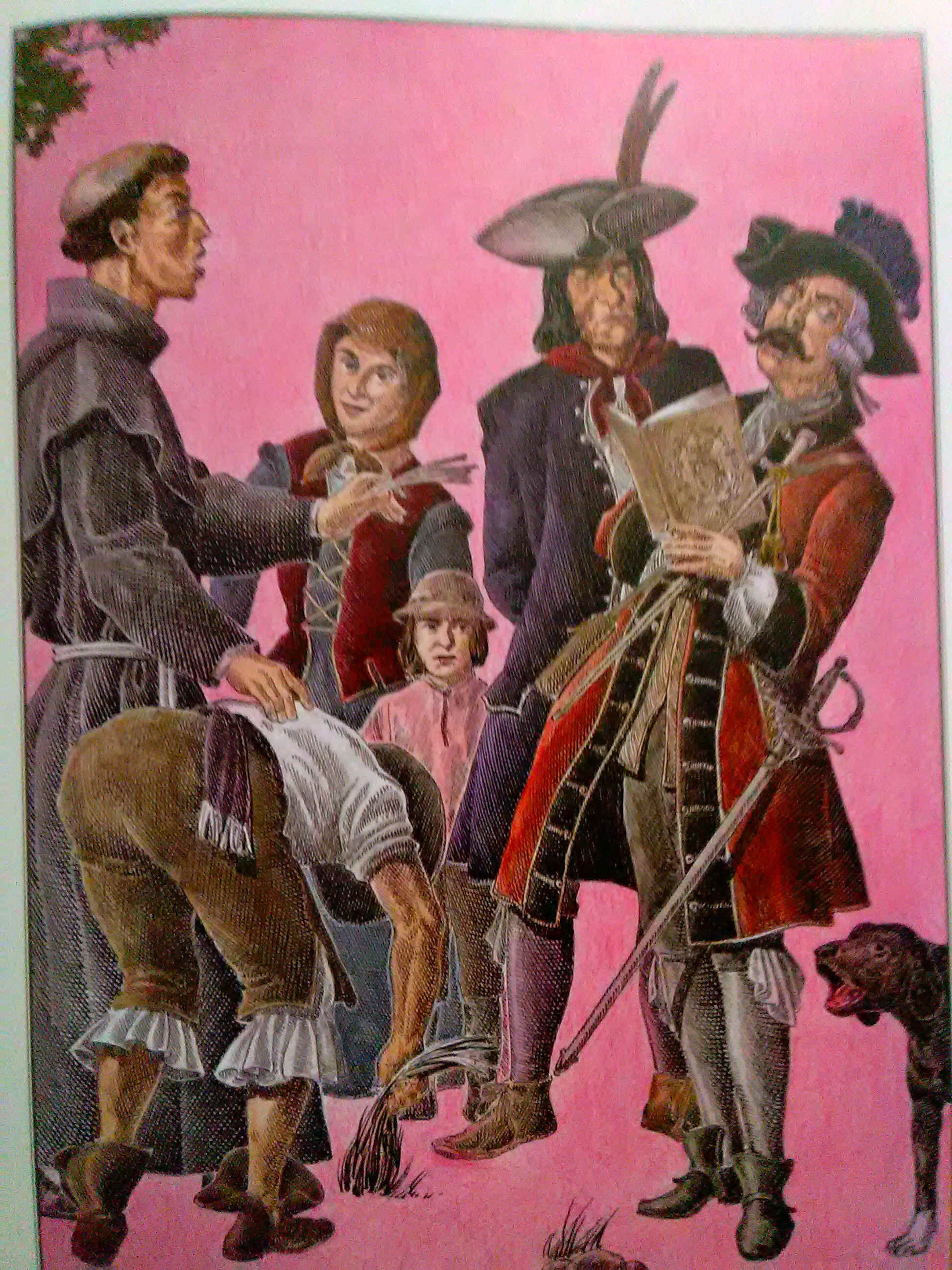
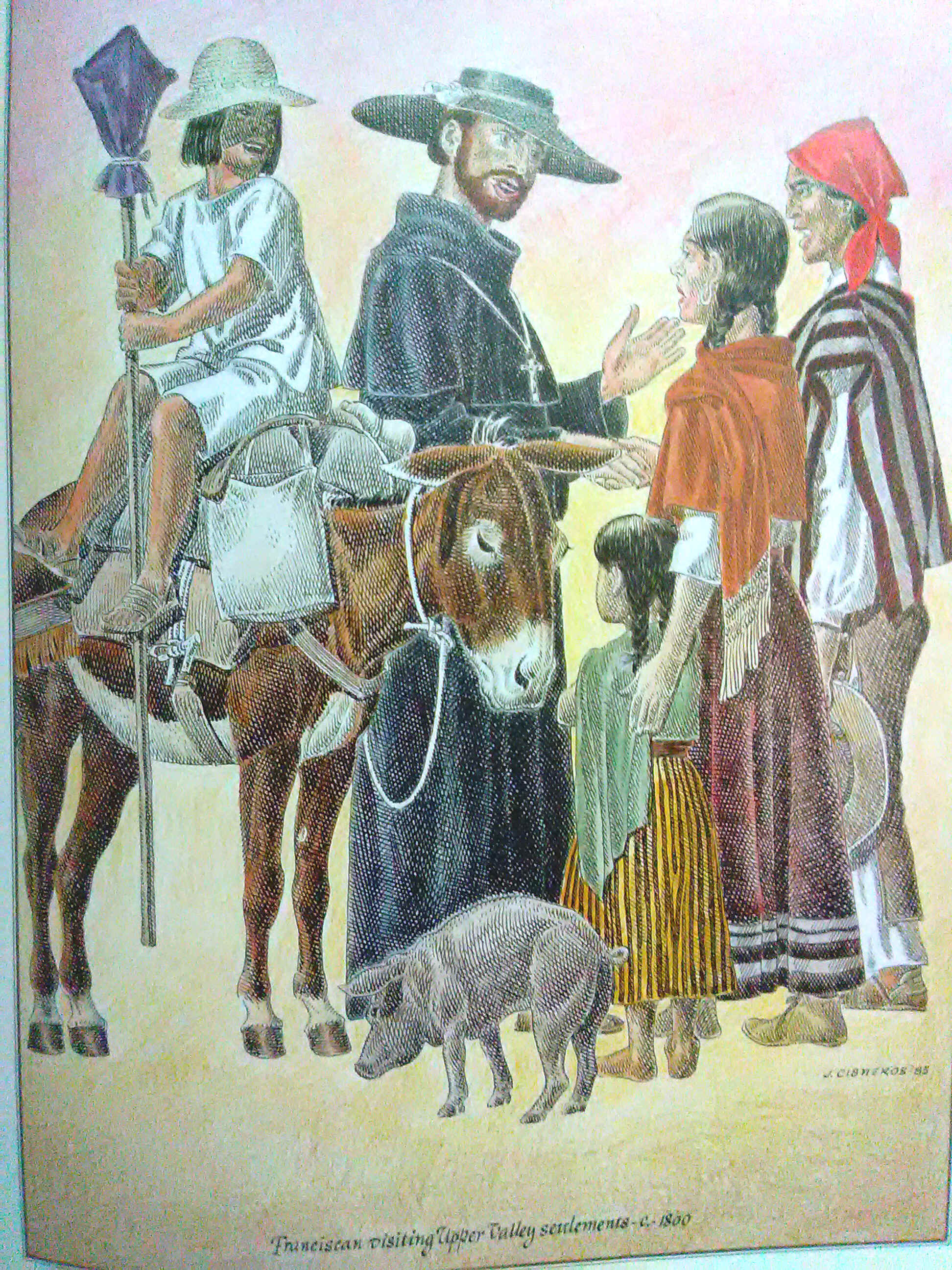
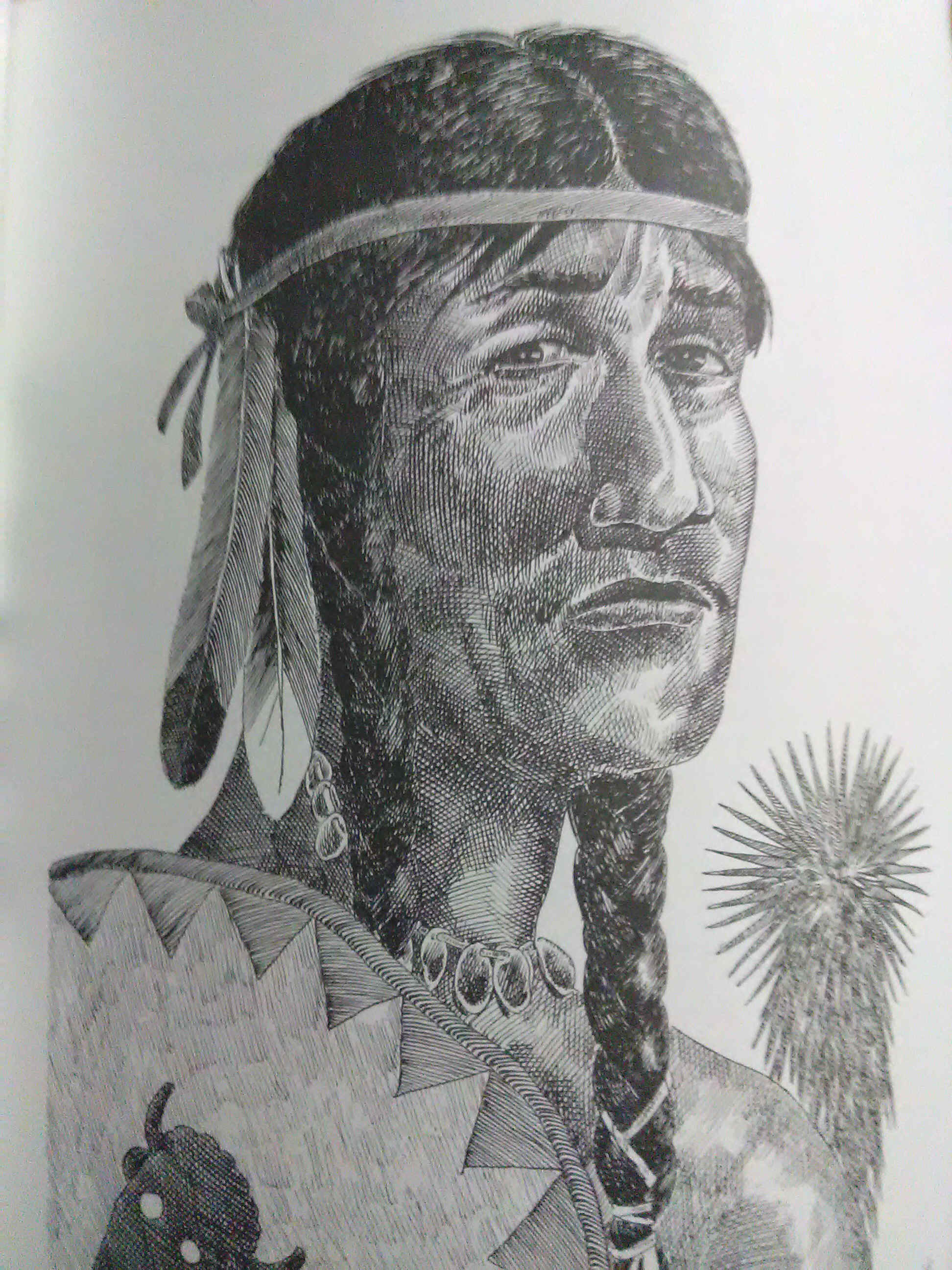
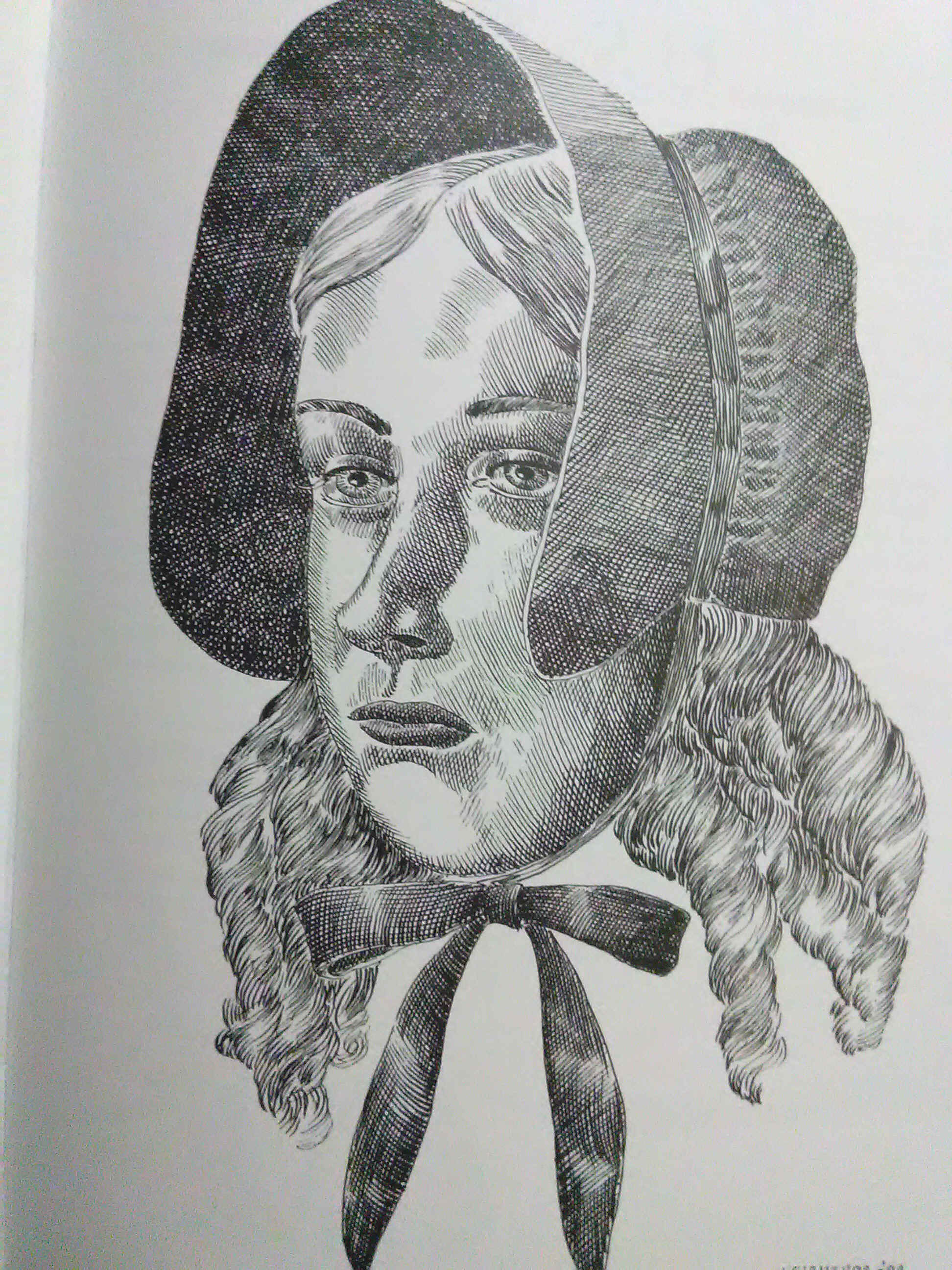
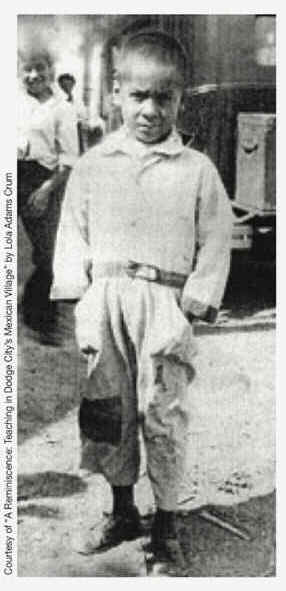
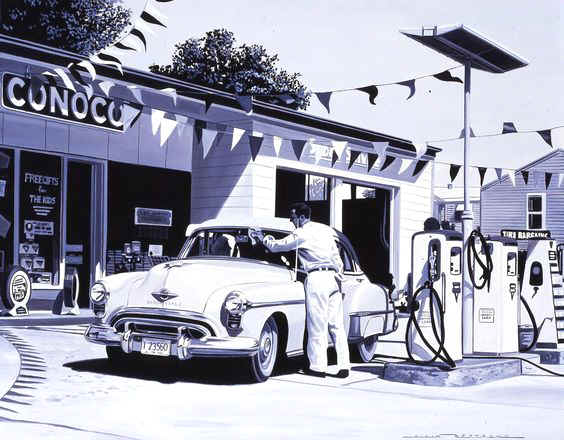
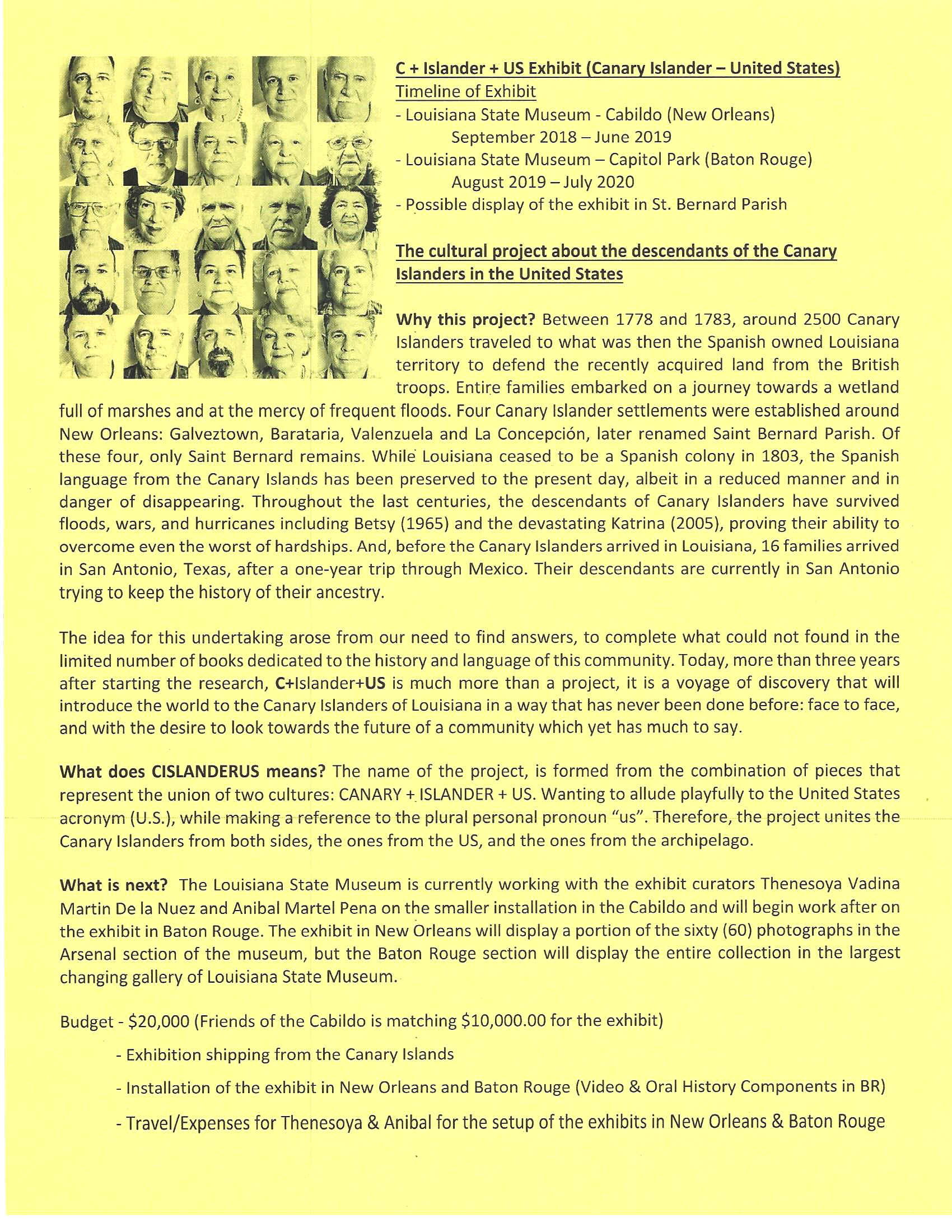
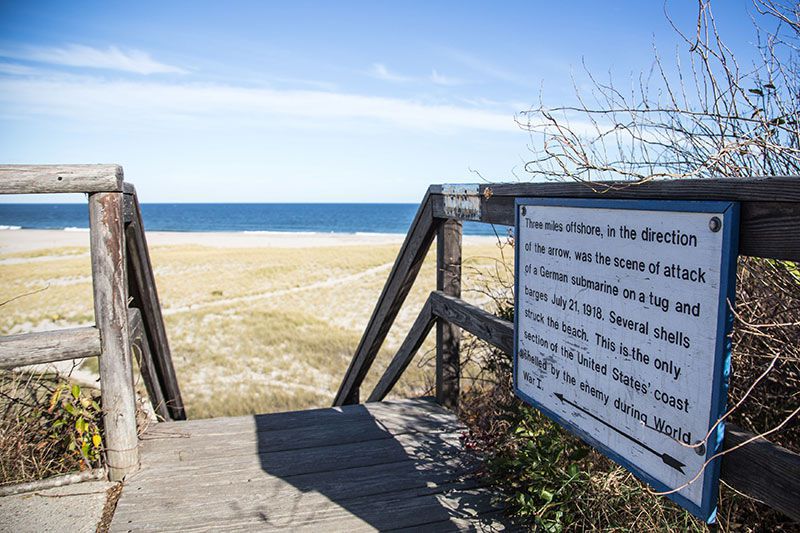


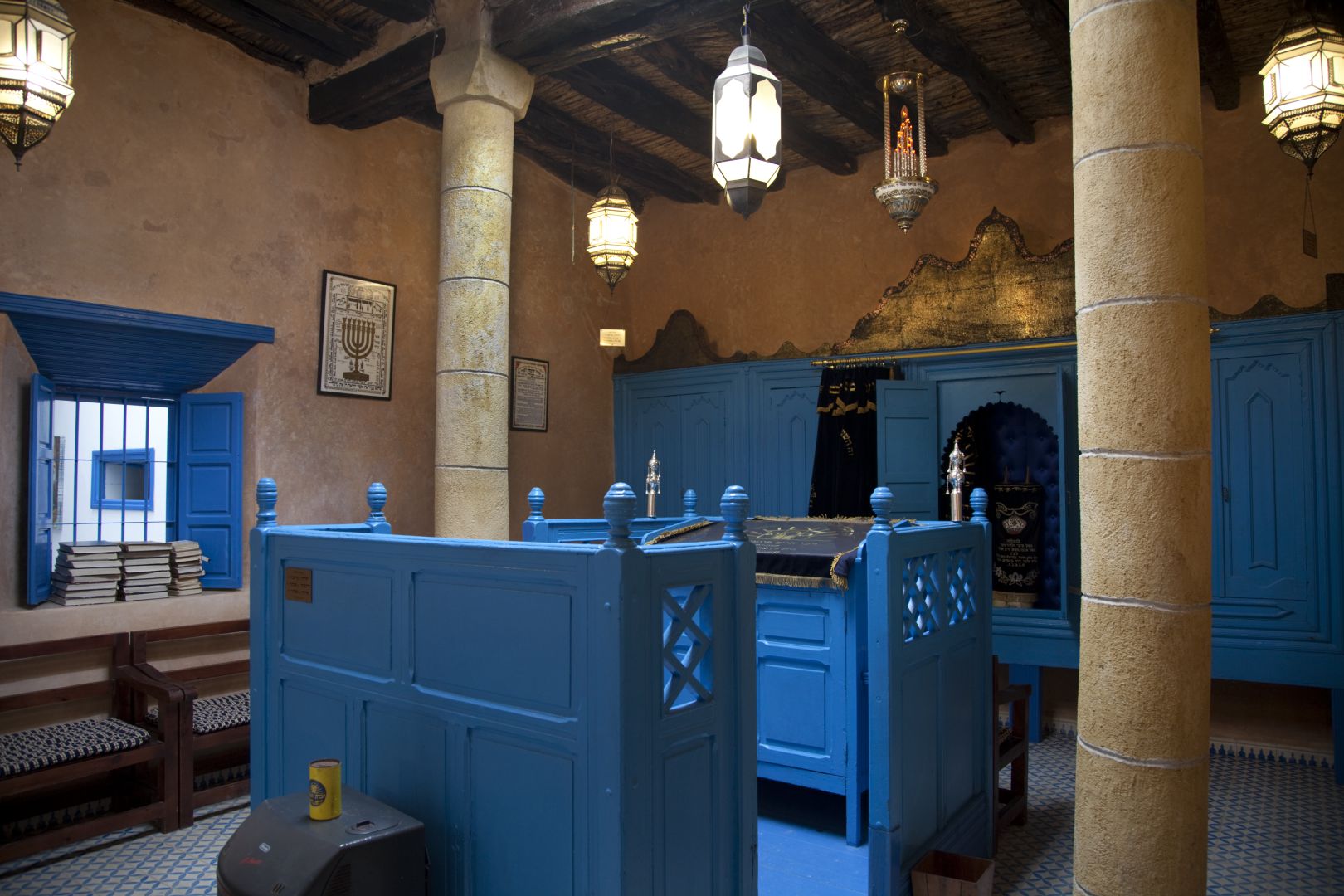
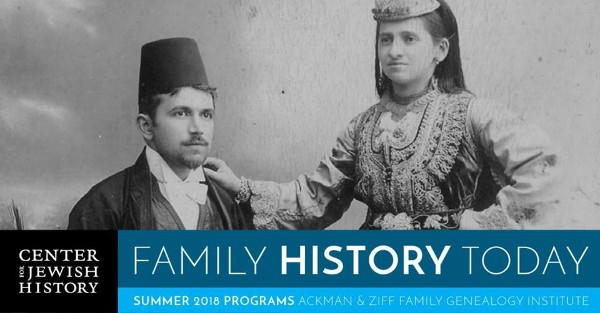
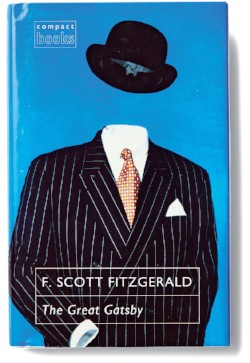
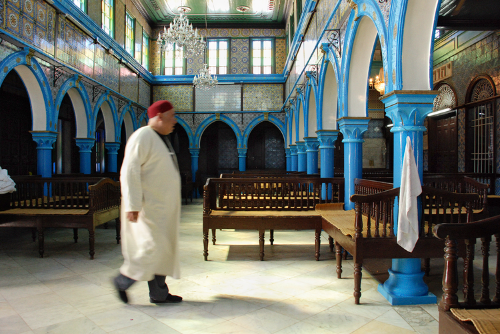
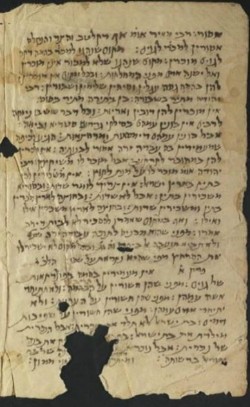

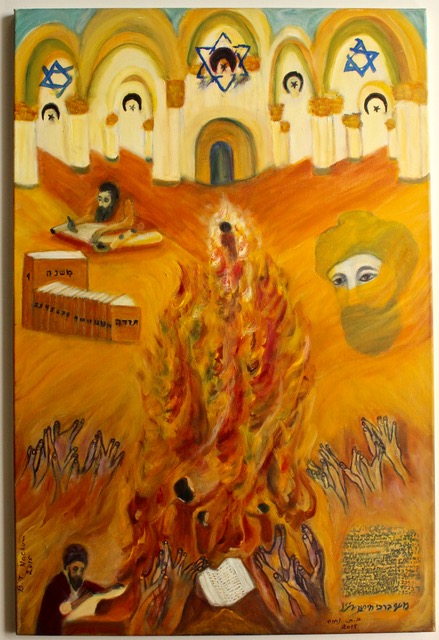
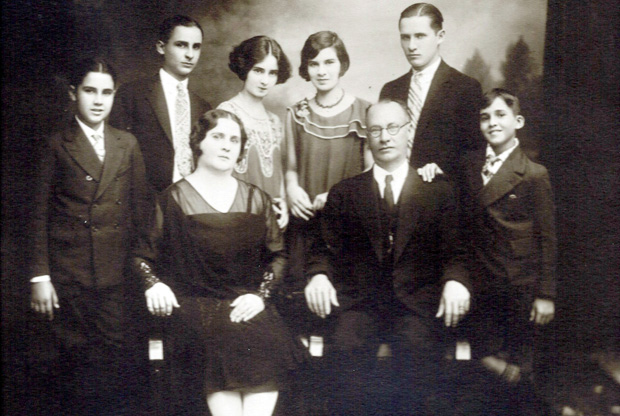
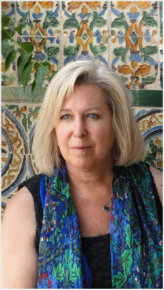
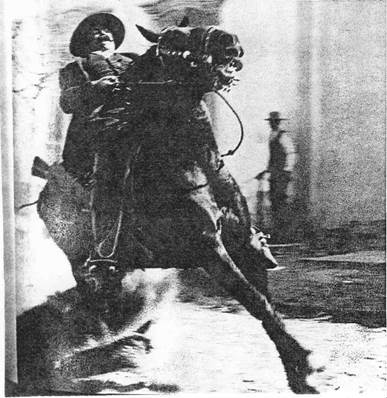
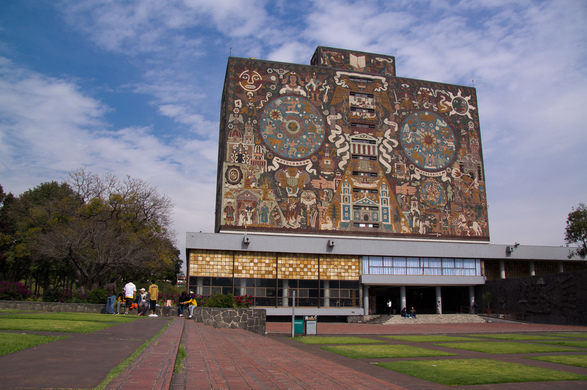
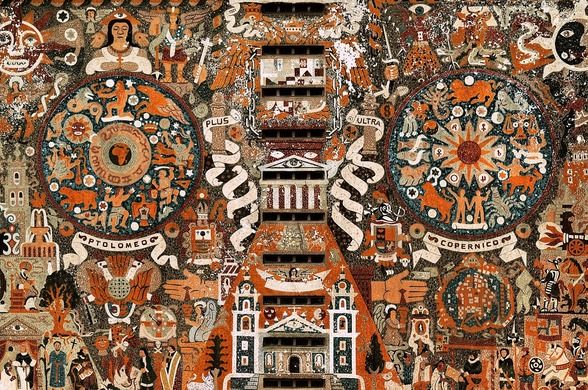
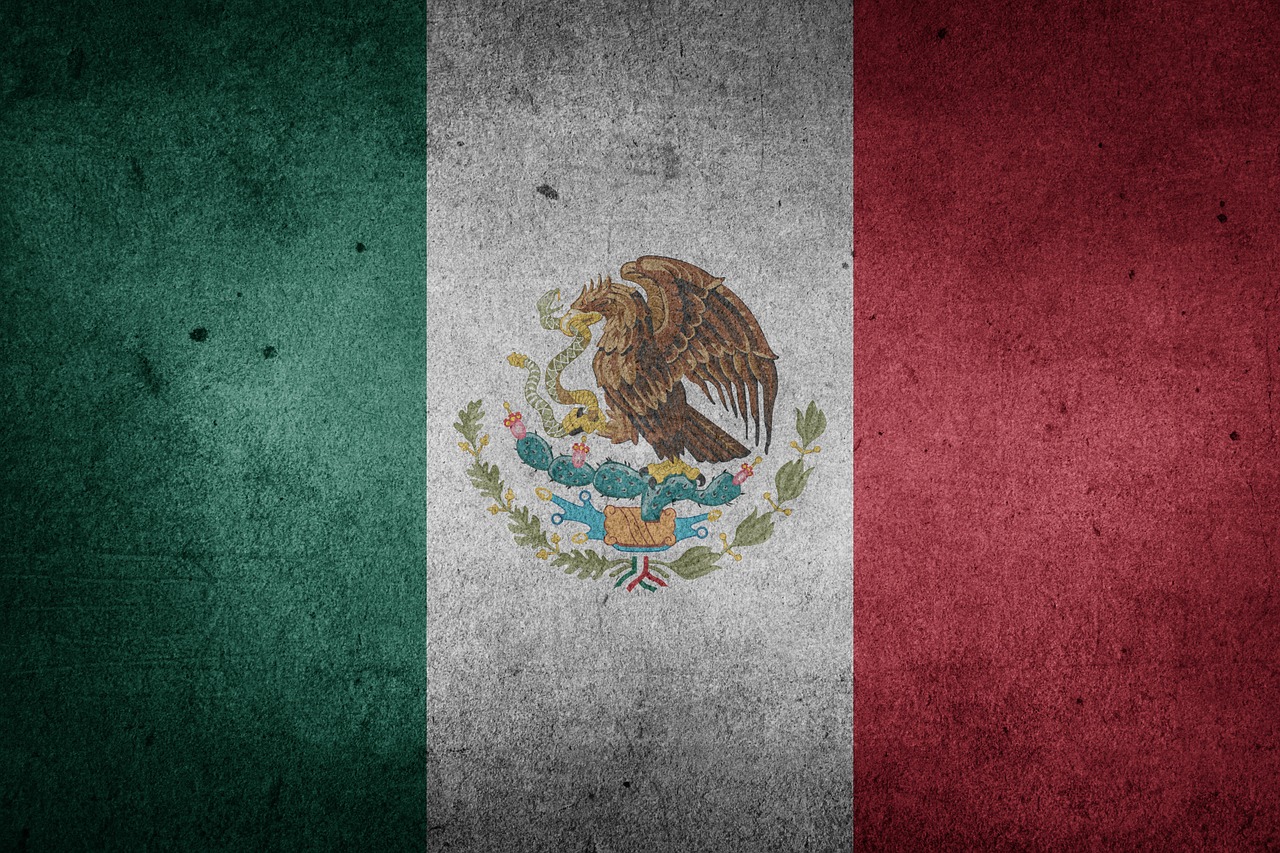
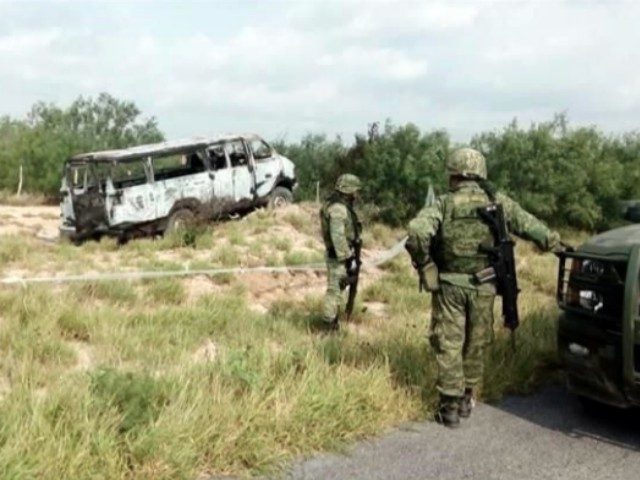
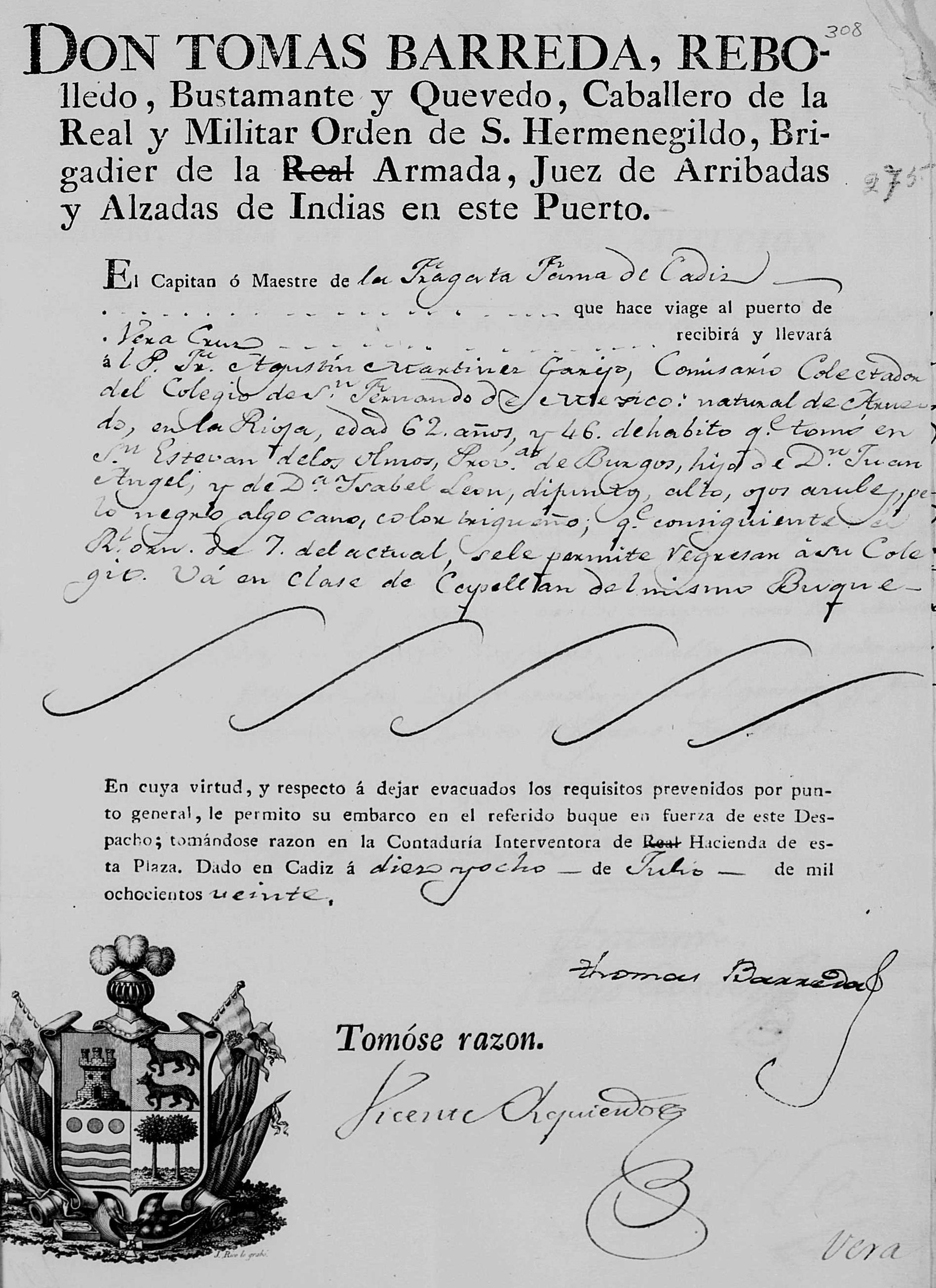
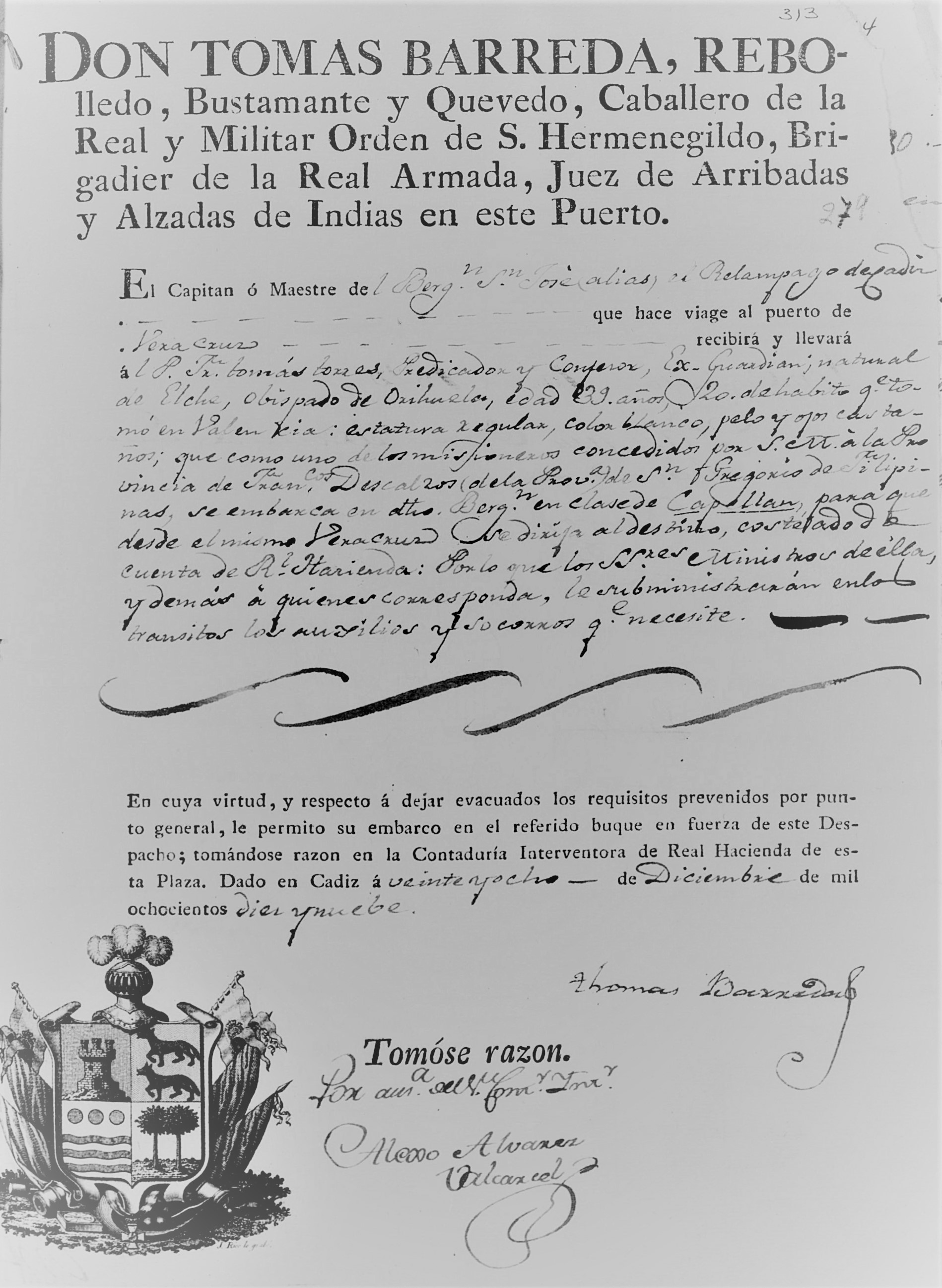


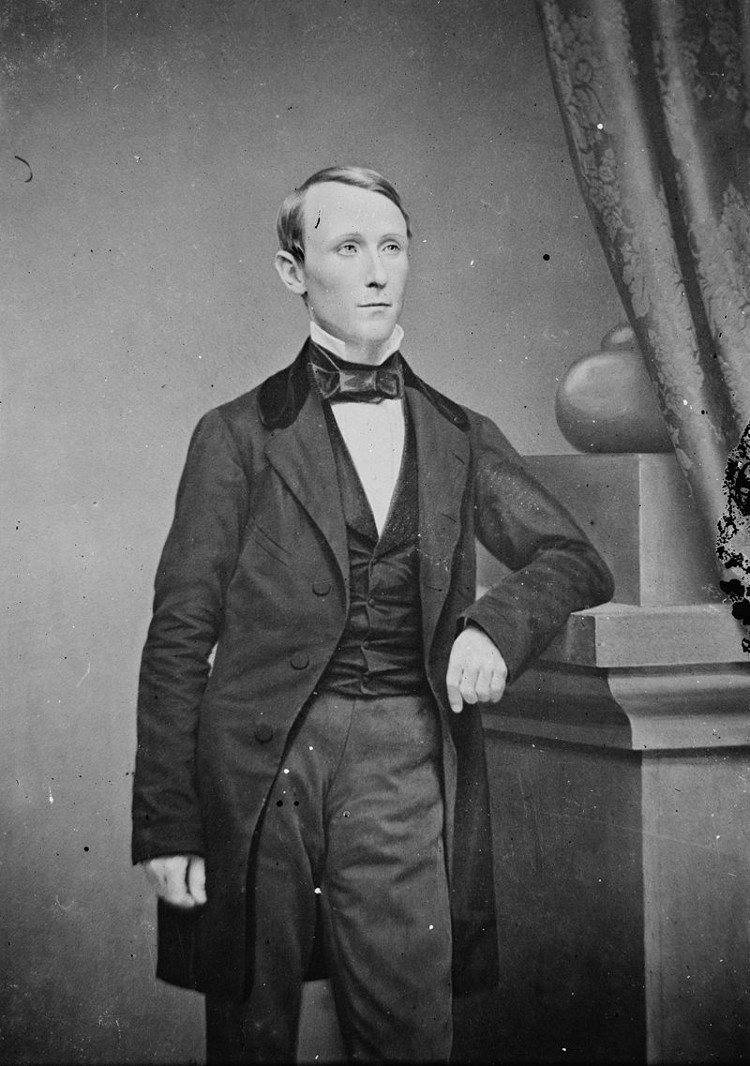
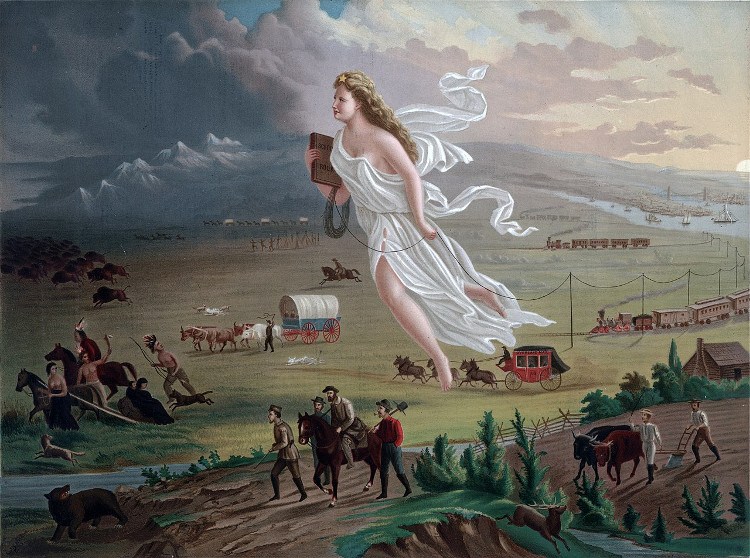
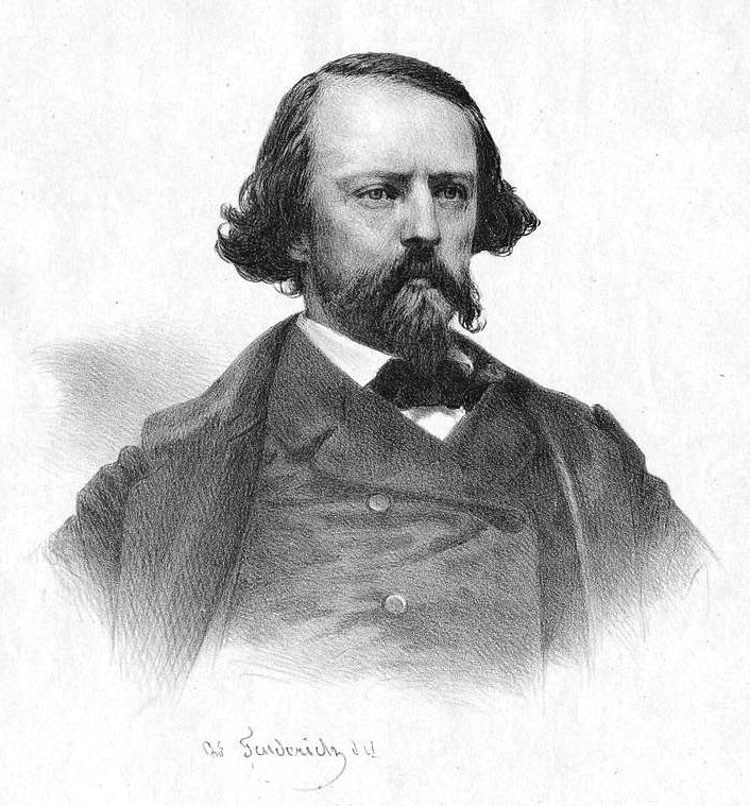

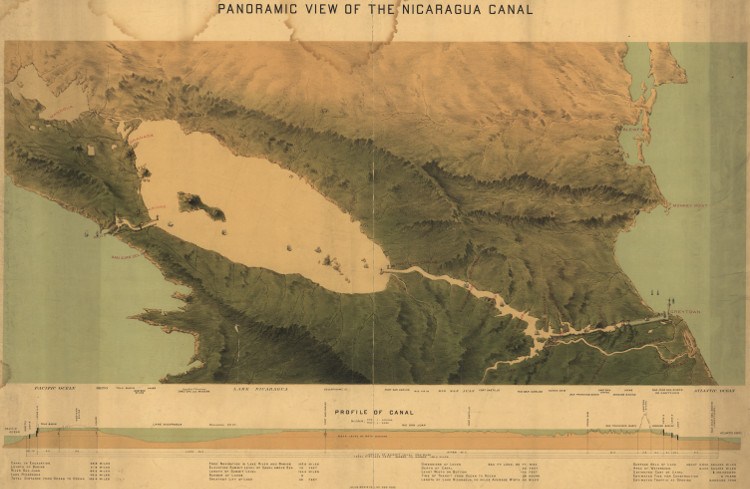
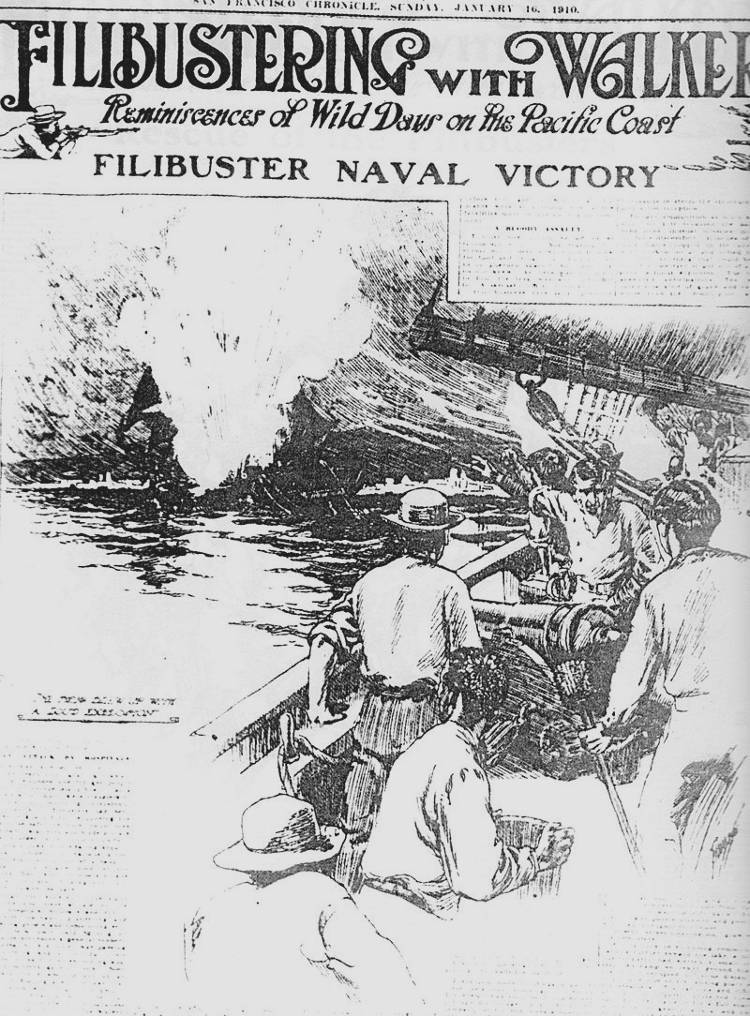
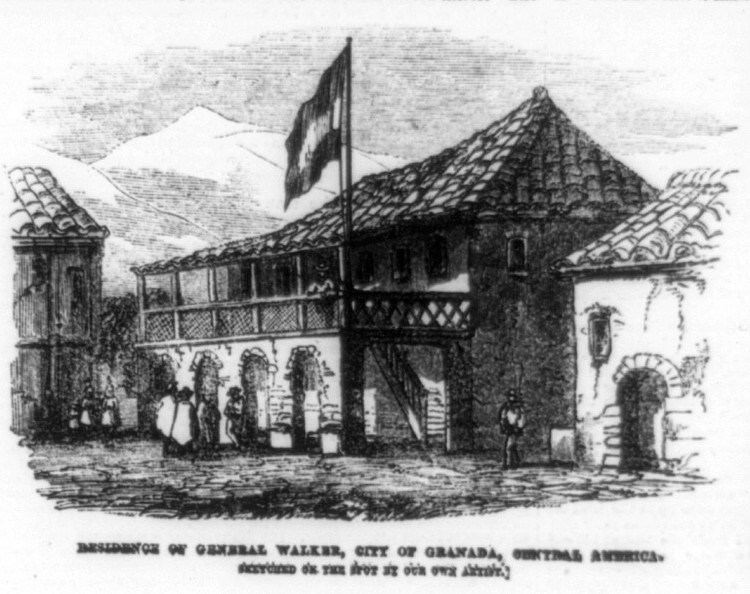
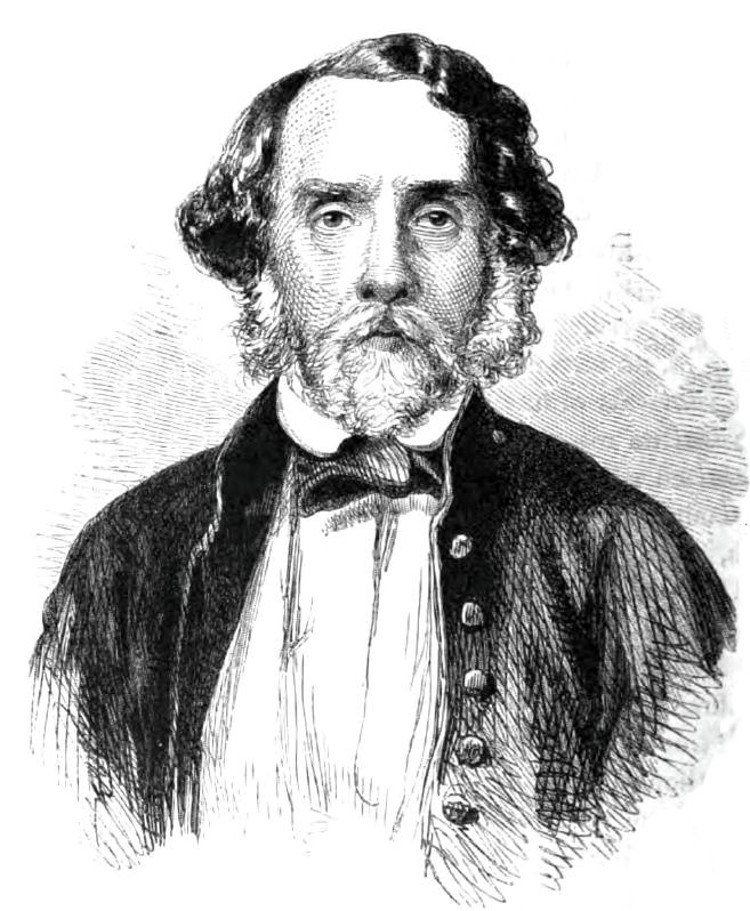

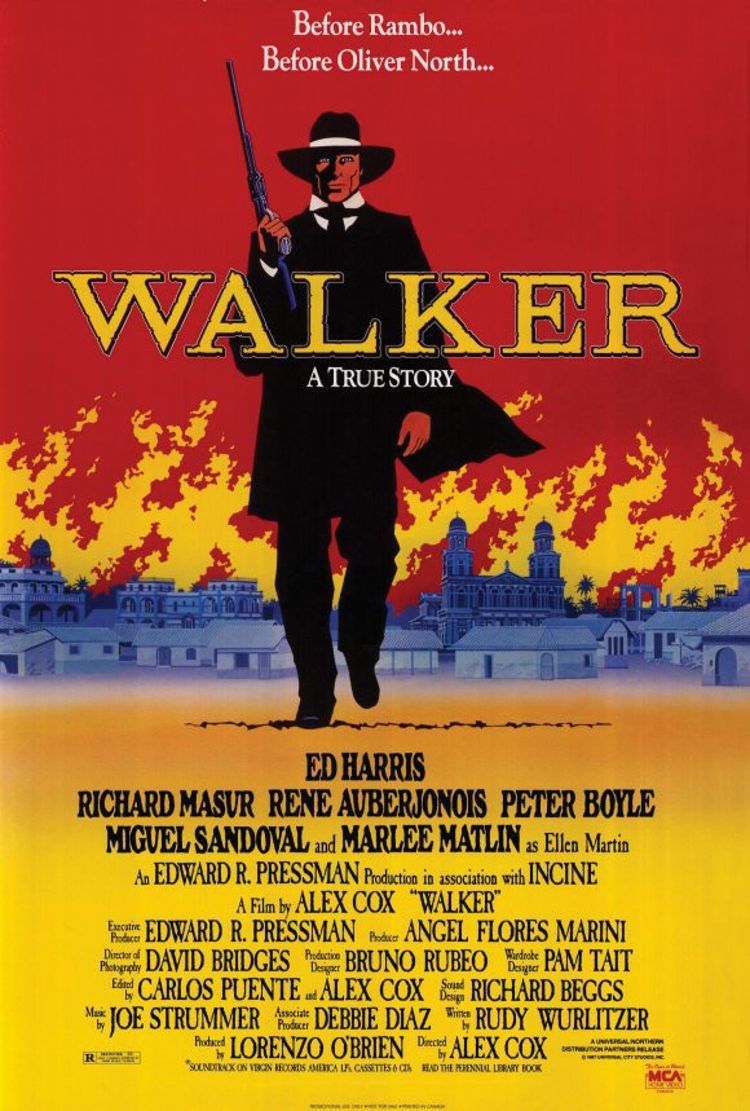
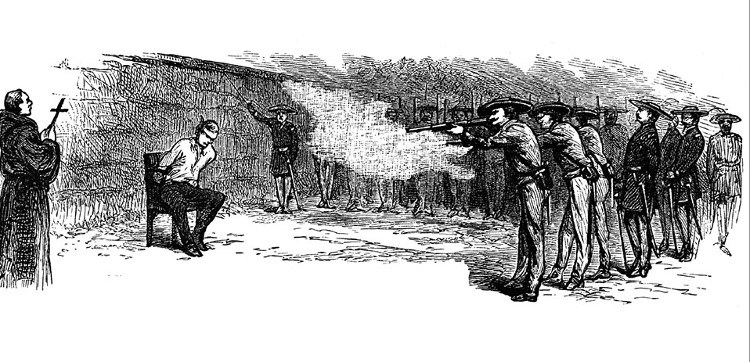
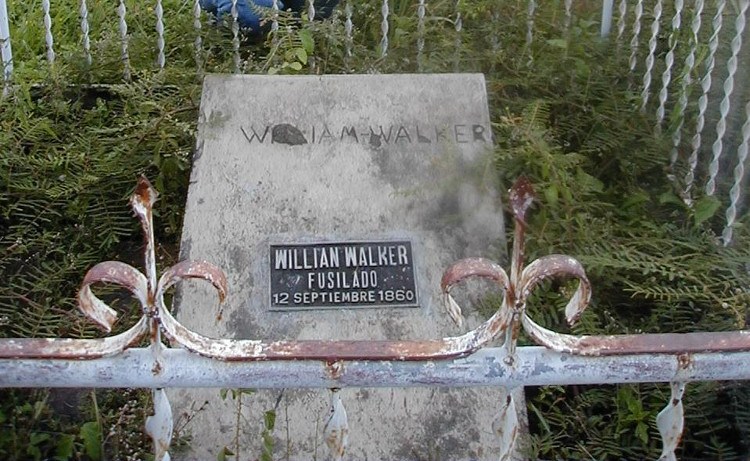
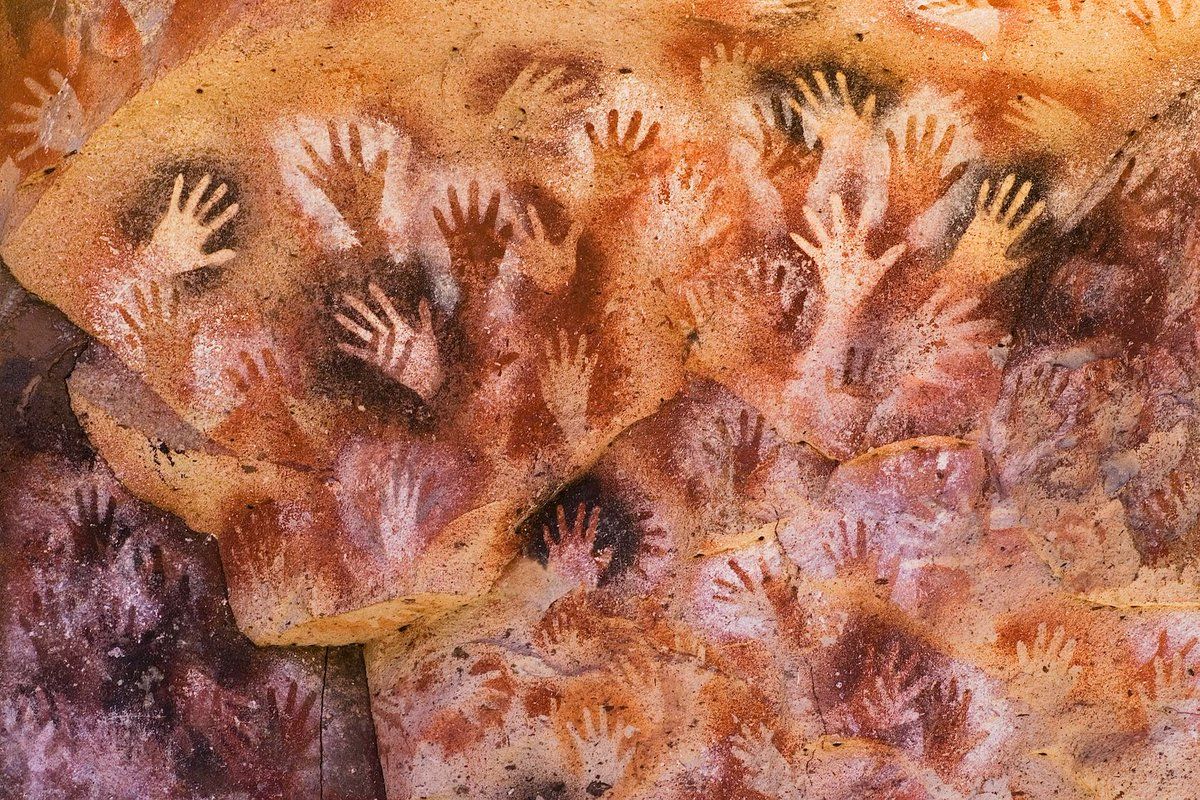
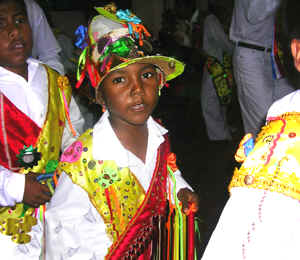
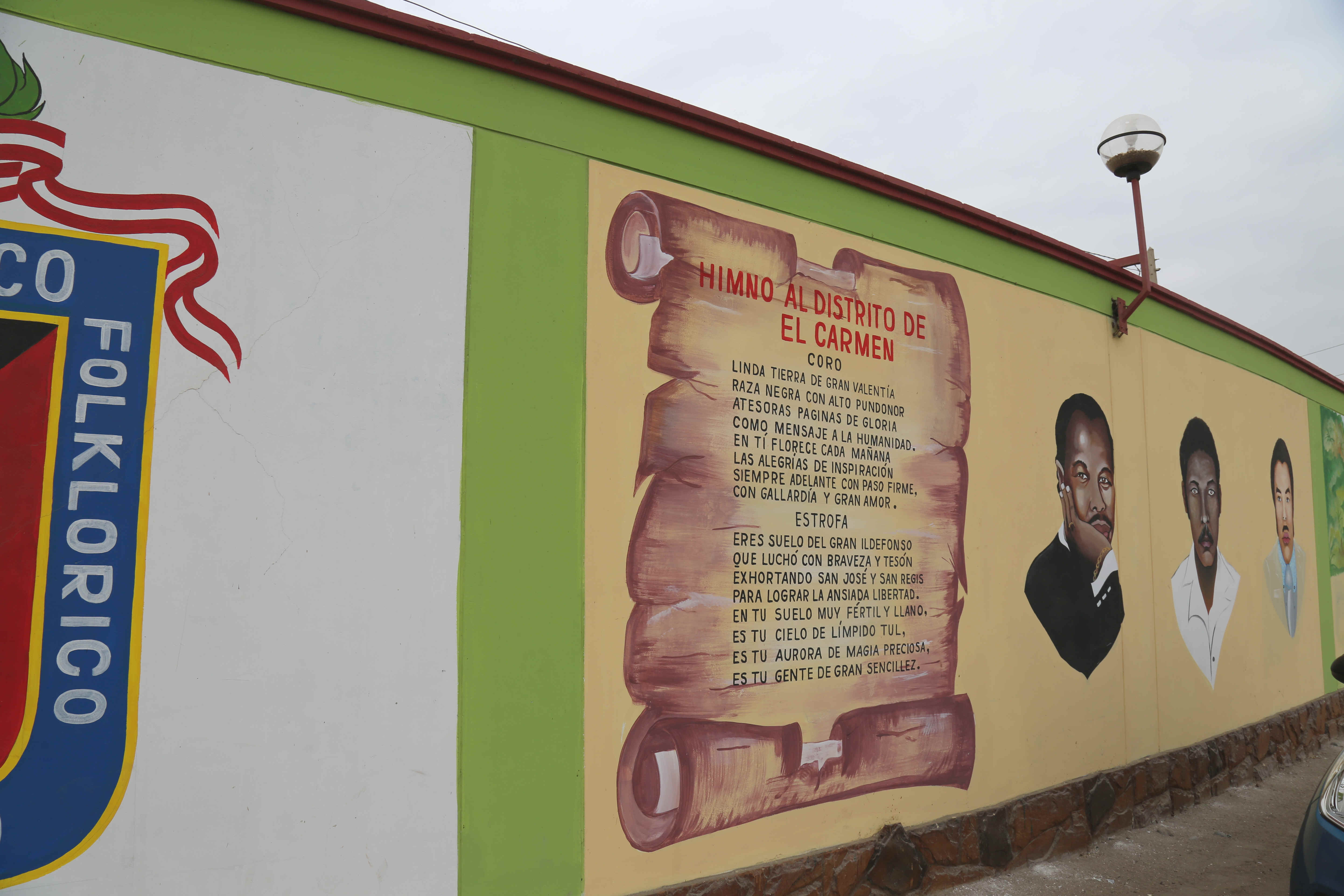
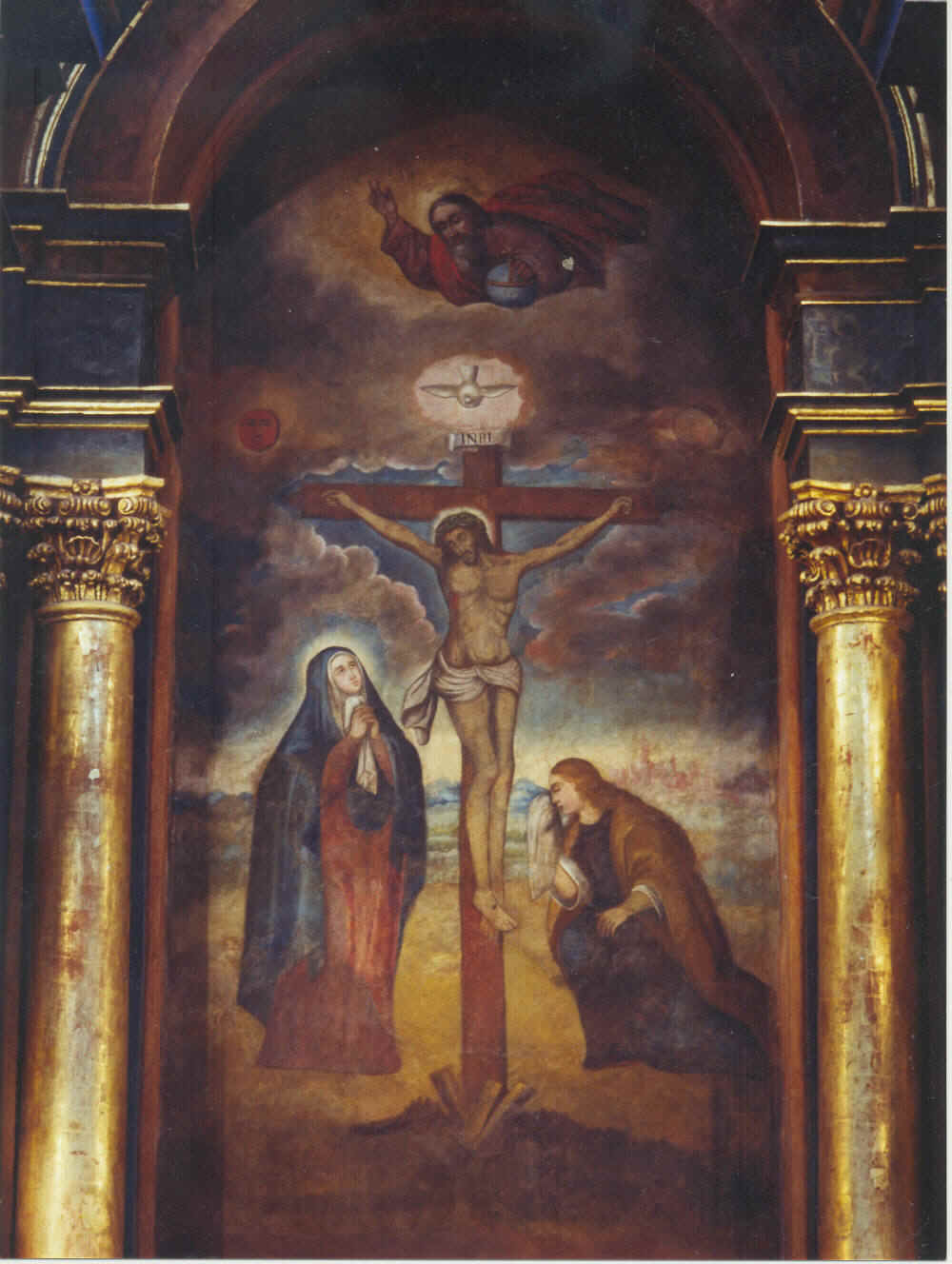
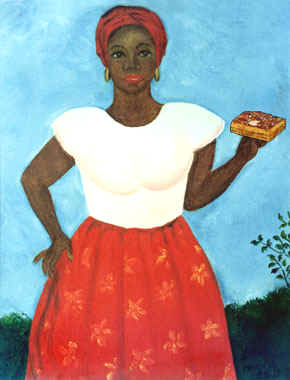
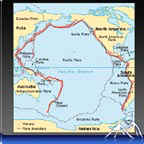

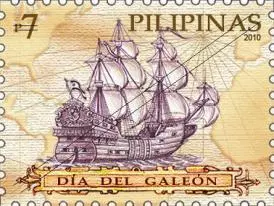
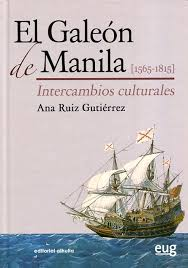
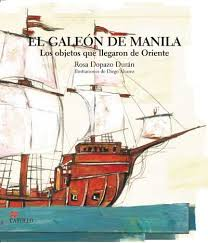
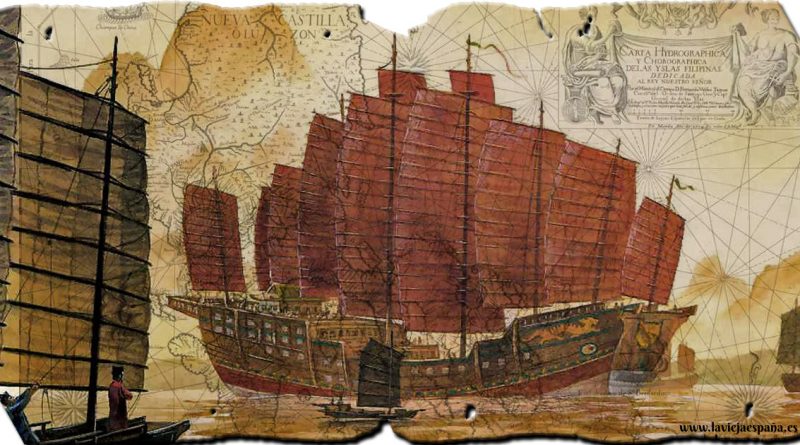
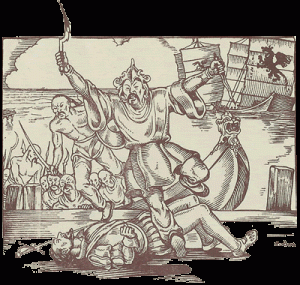 defensa,
muriendo casi todos, incluido Martín de Goiti, uno de los principales
hombres de confianza de Legazpi junto al que había participado en la
conquista de Filipinas y en la fundación de Manila. El saqueo fue
terrible, las mujeres violadas y los heridos y supervivientes que no
pudieron escapar fueron asesinados cruelmente. Repuestos del asalto
pirata a las dos ciudades, los españoles organizaron el contraataque
cuyo mando directo recayó en Juan de Salcedo, nieto del mismísimo
Legazpi y que había nacido en México, es decir, era lo que entonces se
llamaba un Novohispano.
defensa,
muriendo casi todos, incluido Martín de Goiti, uno de los principales
hombres de confianza de Legazpi junto al que había participado en la
conquista de Filipinas y en la fundación de Manila. El saqueo fue
terrible, las mujeres violadas y los heridos y supervivientes que no
pudieron escapar fueron asesinados cruelmente. Repuestos del asalto
pirata a las dos ciudades, los españoles organizaron el contraataque
cuyo mando directo recayó en Juan de Salcedo, nieto del mismísimo
Legazpi y que había nacido en México, es decir, era lo que entonces se
llamaba un Novohispano.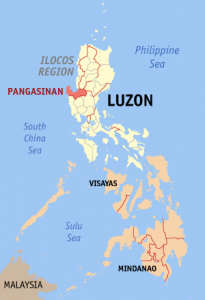 Después
de tres meses sitiando el fuerte, las tropas españolas consiguieron
entrar y no hubo misericordia; Todos los piratas supervivientes fueron
quemados vivos en sus barcos, incluido el tal Lim Ah Hong. Aunque
algunas fuentes aseguran que escapó, esto nunca ha podido ser
demostrado y dicha leyenda puede ser fruto de la imaginación colectiva
y el temor que los piratas siempre sembraron en las poblaciones costeras
de todo el mundo a lo largo de los siglos. Un hecho posterior que puede
demostrar que Lim Ah Hong murió quemado junto a sus esbirros es, que
tiempo después se presentó en Pangasinan una delegación china con
intención de capturar al pirata, ya que este tenía causas pendientes
con la justicia de su país por su actividad pirata, pero los españoles
les aseguraron que había muerto. La delegación china fue amablemente
conducida hasta Manila escoltada por el propio Juan de Salcedo para
reunirse con Legazpi, pues las relaciones con los chinos resultaban muy
interesantes para establecer tratos comerciales con ellos, pues la
conquista de Filipinas tuvo desde el principio esa finalidad, el
comercio. Vivo o muerto, el caso es que el pirata Lim Ah Hong y sus
secuaces dejaron de ser un problema para España y para Filipinas.
Después
de tres meses sitiando el fuerte, las tropas españolas consiguieron
entrar y no hubo misericordia; Todos los piratas supervivientes fueron
quemados vivos en sus barcos, incluido el tal Lim Ah Hong. Aunque
algunas fuentes aseguran que escapó, esto nunca ha podido ser
demostrado y dicha leyenda puede ser fruto de la imaginación colectiva
y el temor que los piratas siempre sembraron en las poblaciones costeras
de todo el mundo a lo largo de los siglos. Un hecho posterior que puede
demostrar que Lim Ah Hong murió quemado junto a sus esbirros es, que
tiempo después se presentó en Pangasinan una delegación china con
intención de capturar al pirata, ya que este tenía causas pendientes
con la justicia de su país por su actividad pirata, pero los españoles
les aseguraron que había muerto. La delegación china fue amablemente
conducida hasta Manila escoltada por el propio Juan de Salcedo para
reunirse con Legazpi, pues las relaciones con los chinos resultaban muy
interesantes para establecer tratos comerciales con ellos, pues la
conquista de Filipinas tuvo desde el principio esa finalidad, el
comercio. Vivo o muerto, el caso es que el pirata Lim Ah Hong y sus
secuaces dejaron de ser un problema para España y para Filipinas.